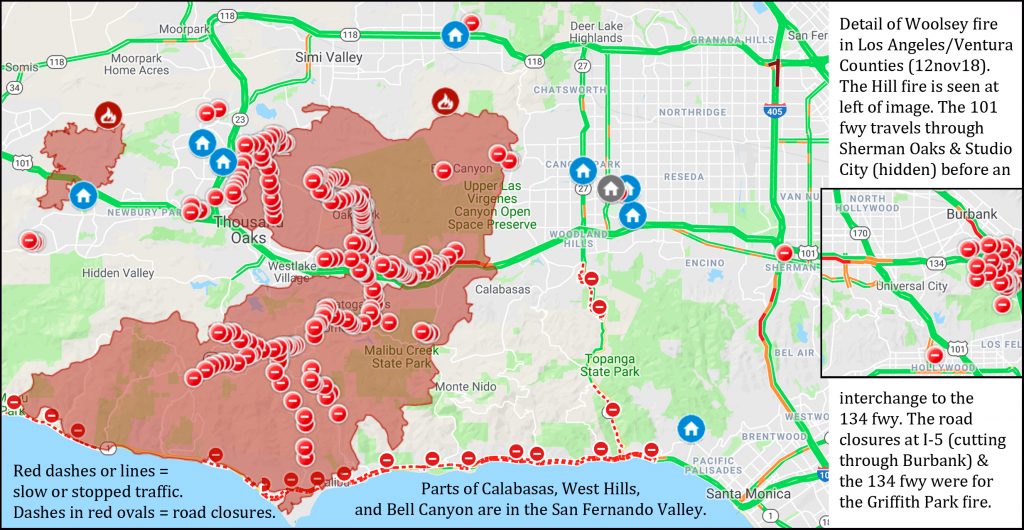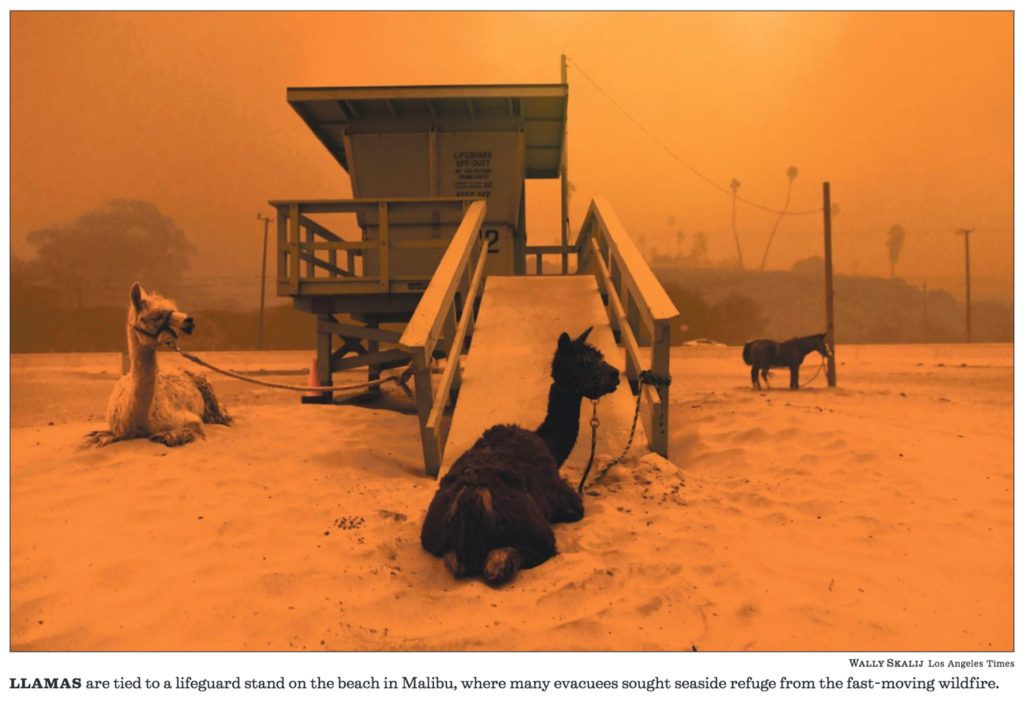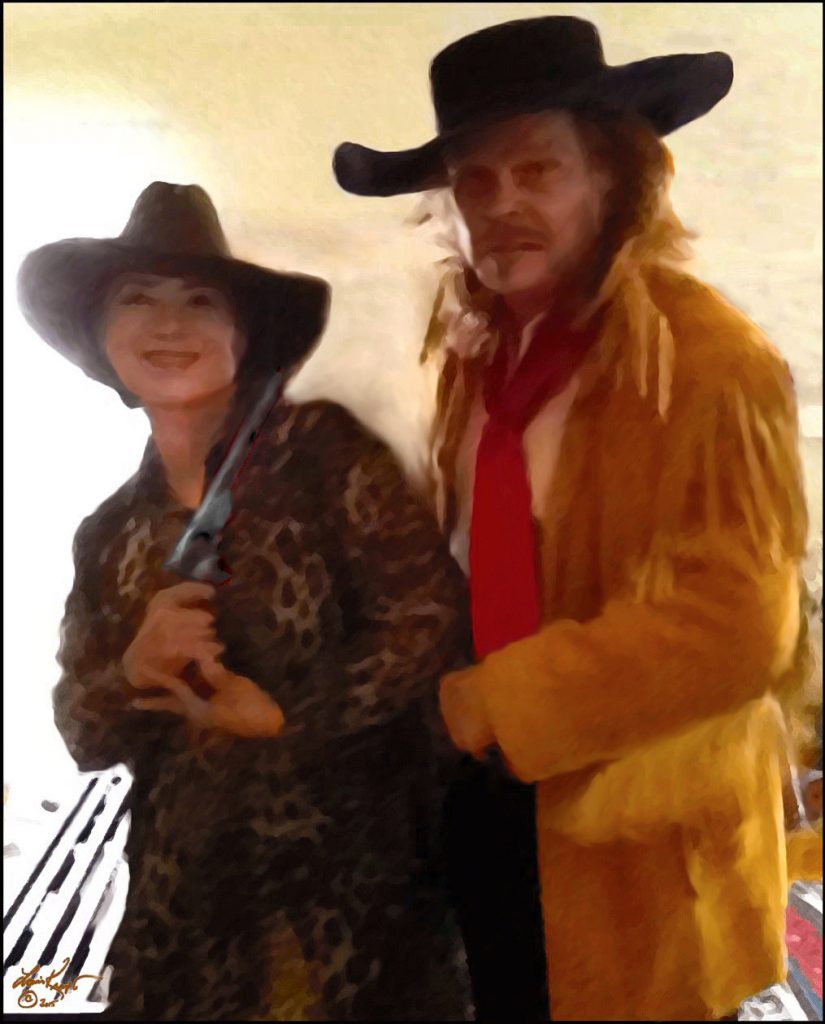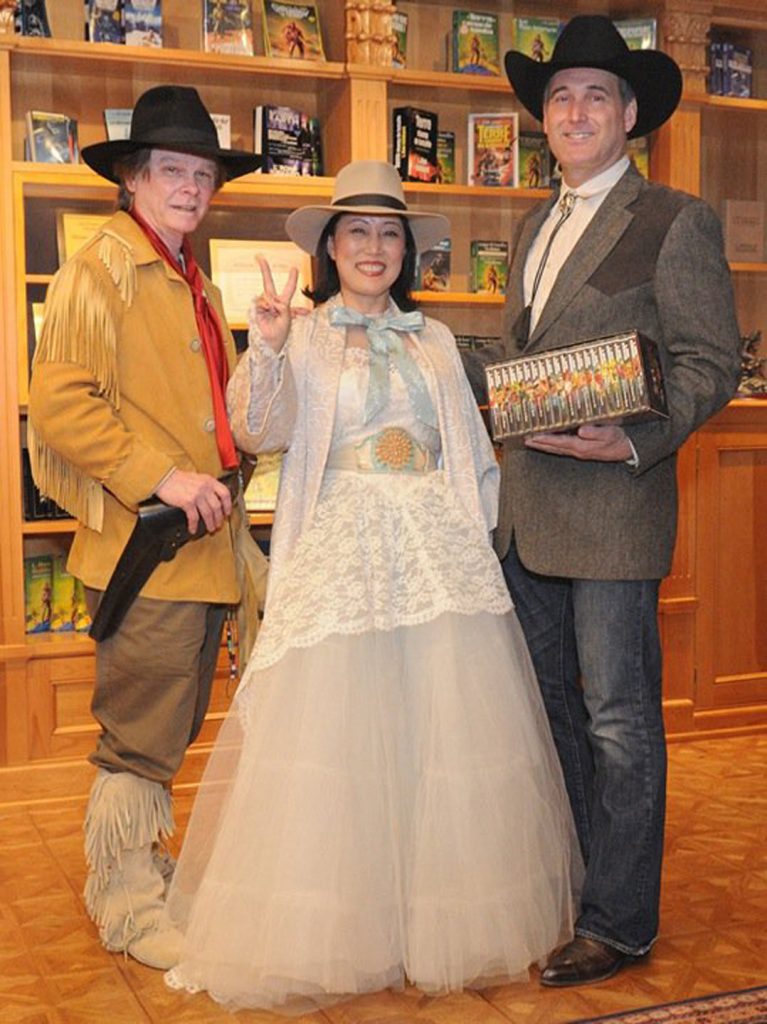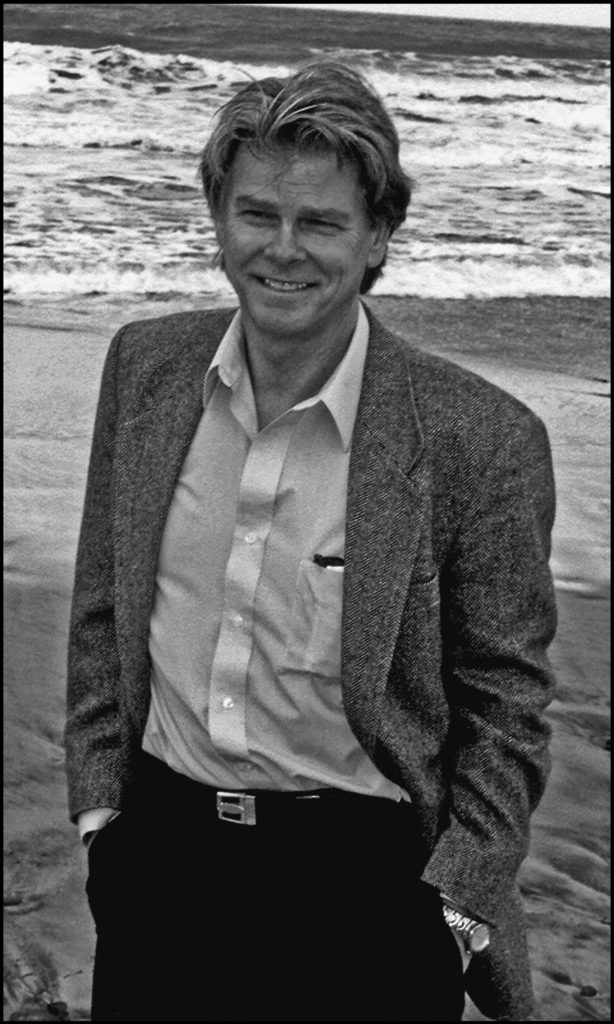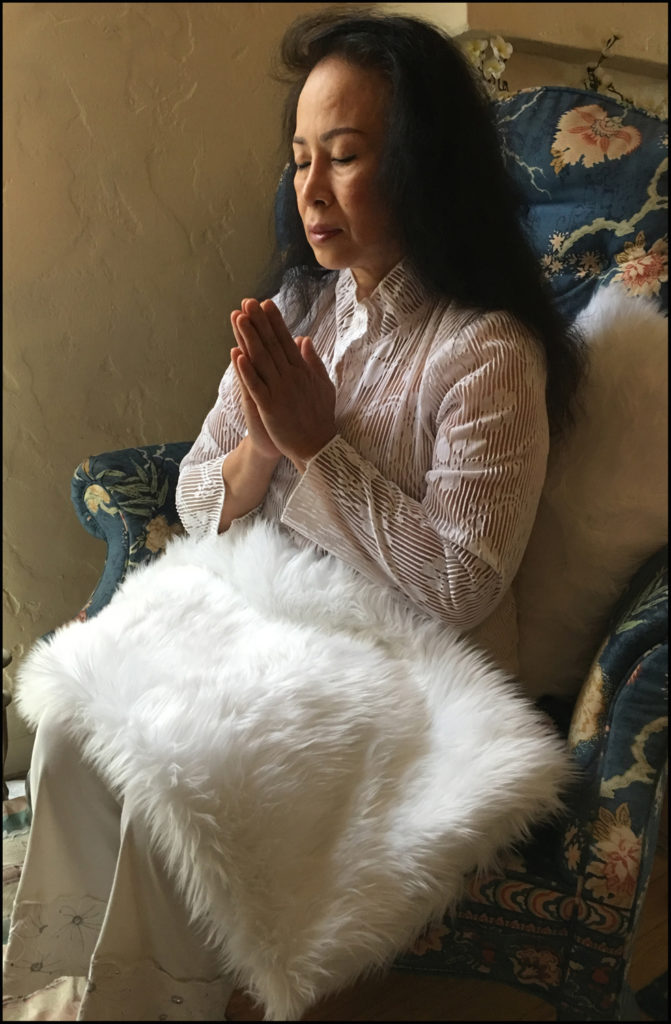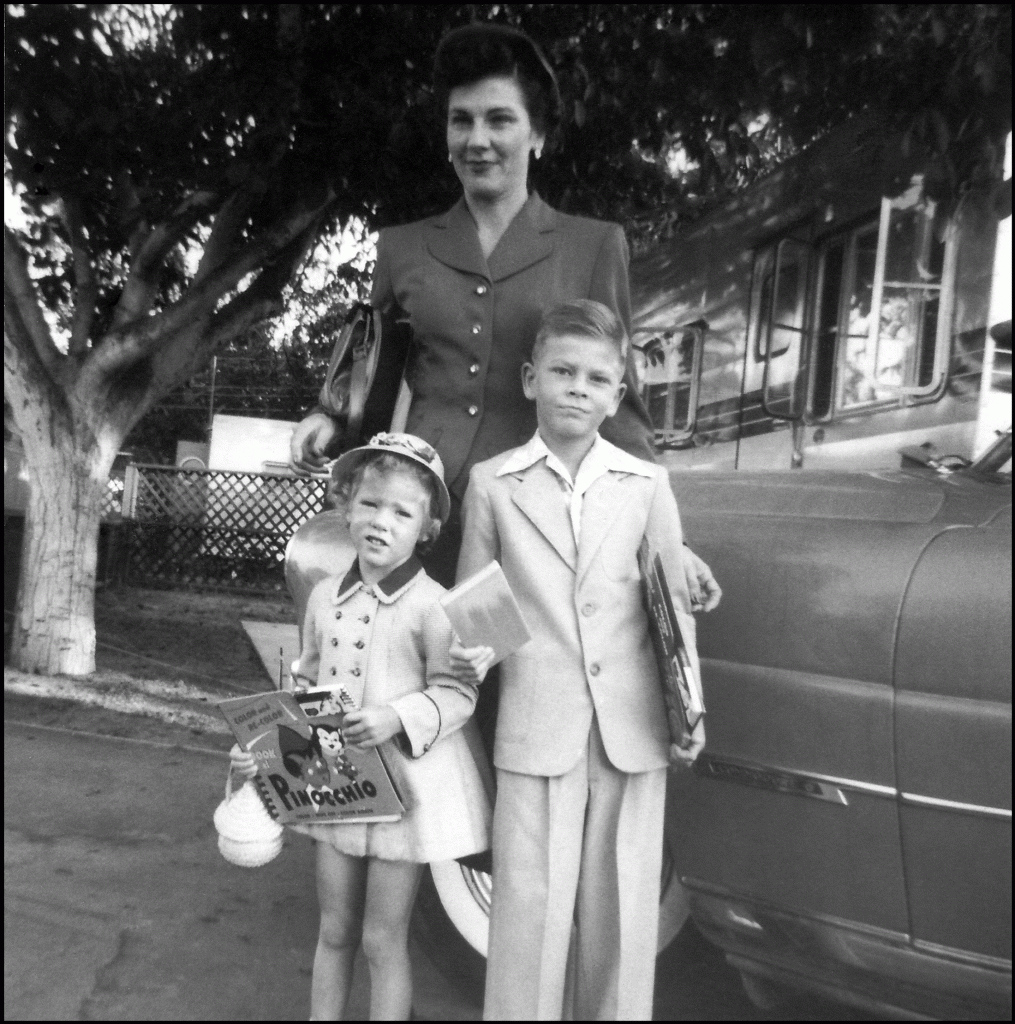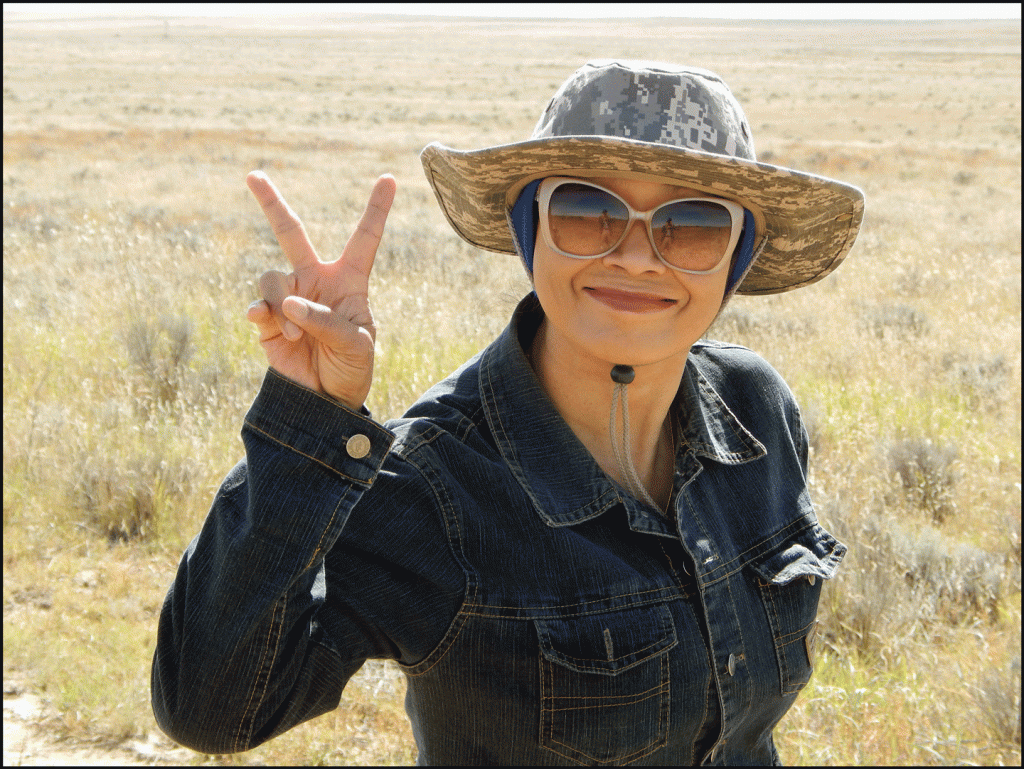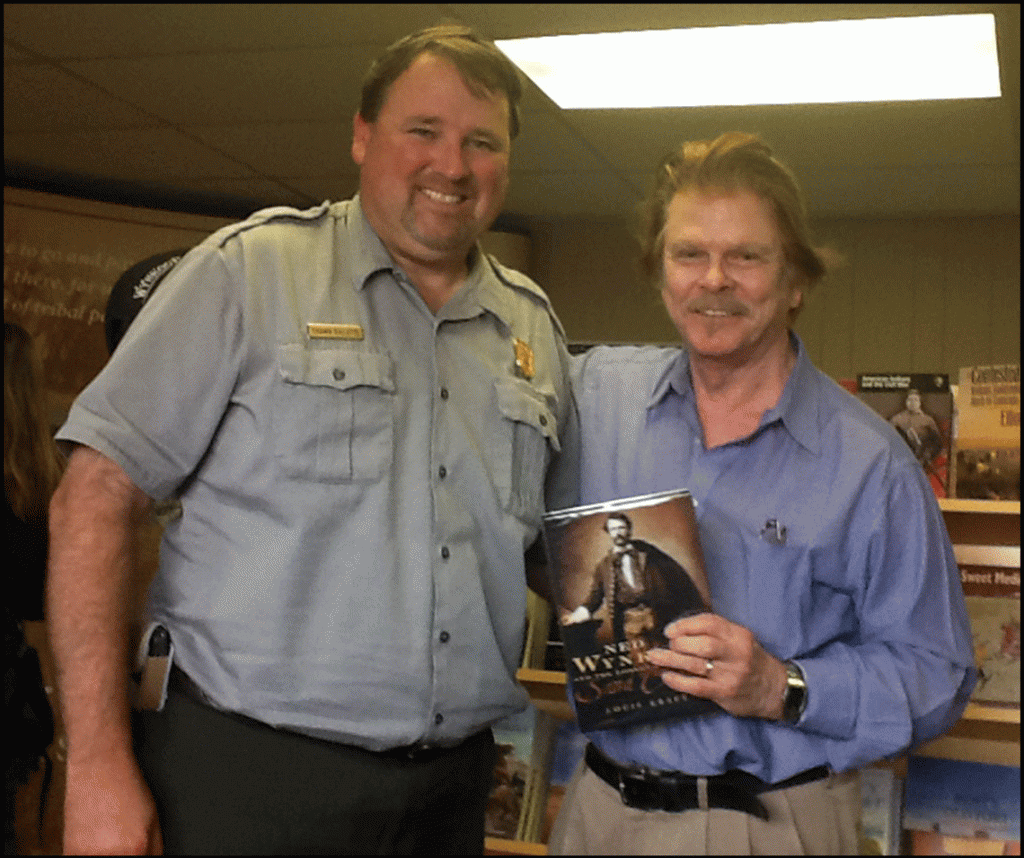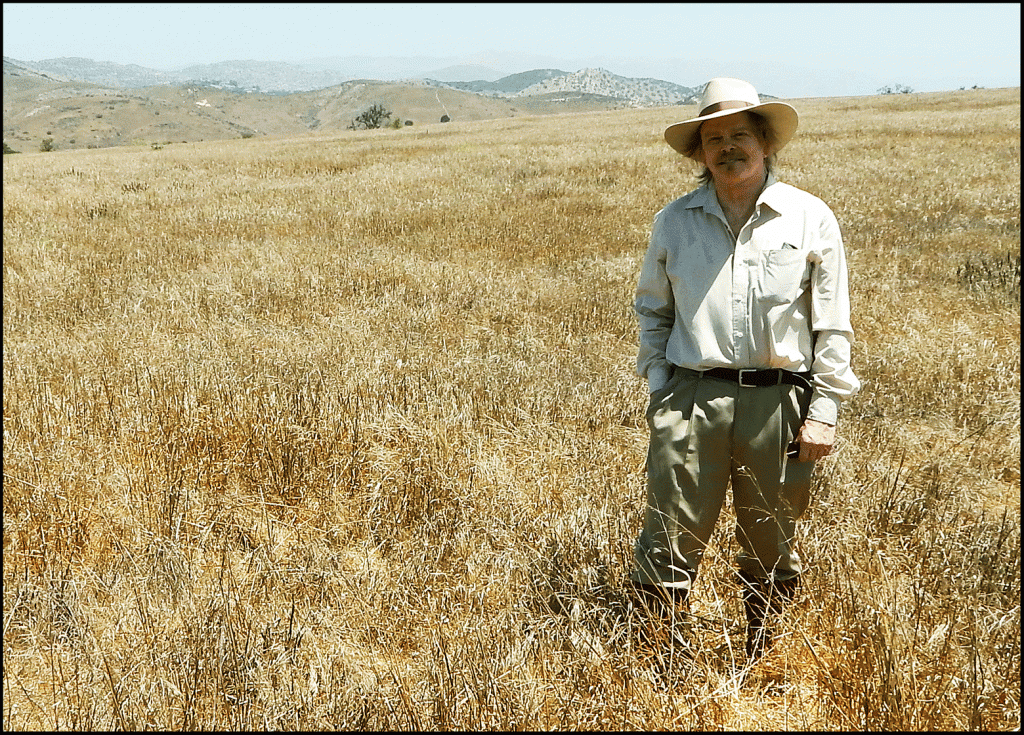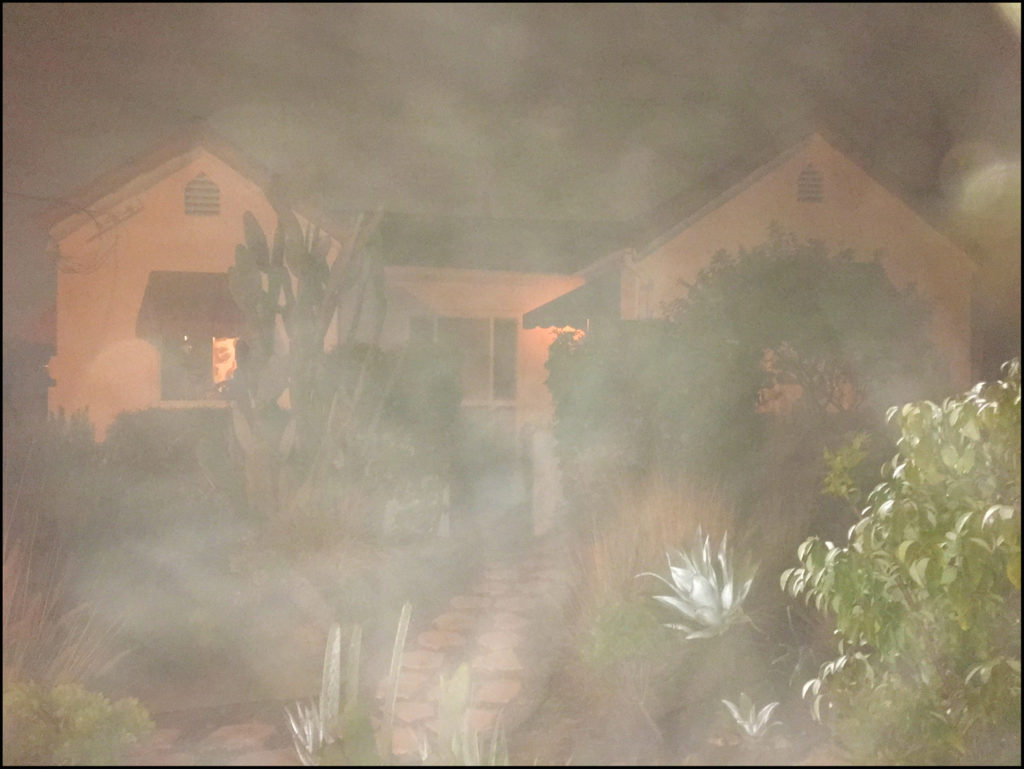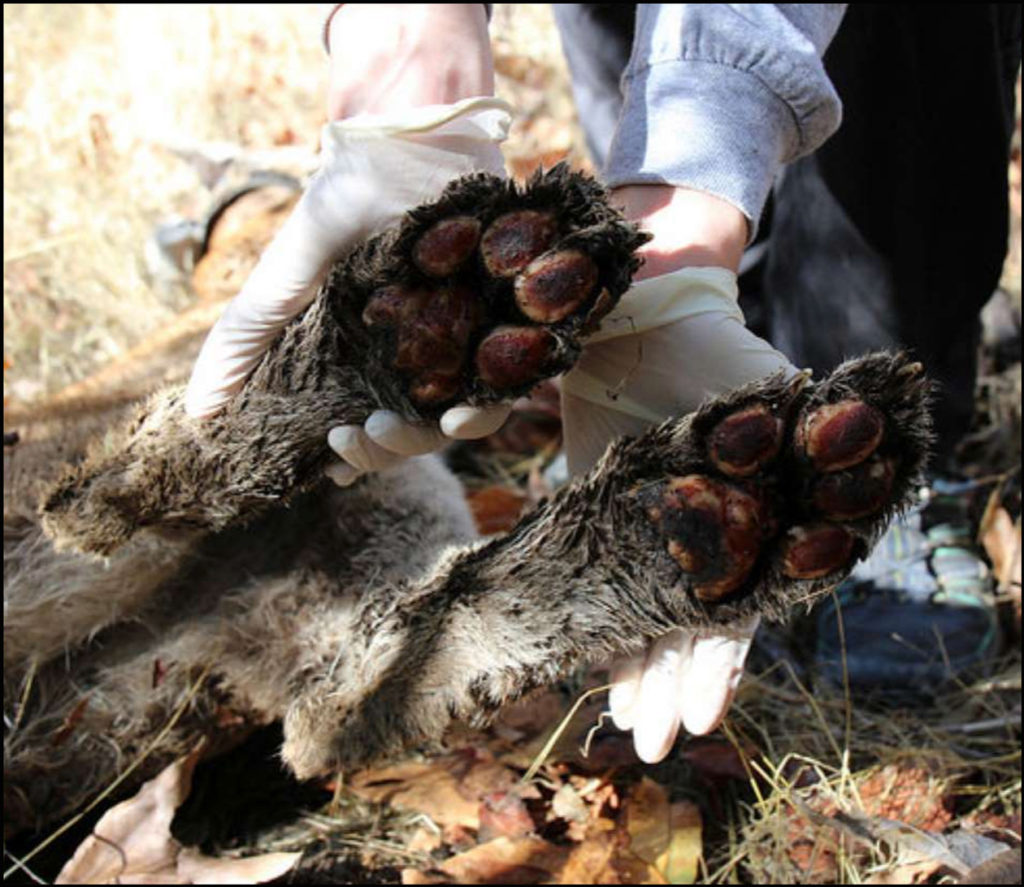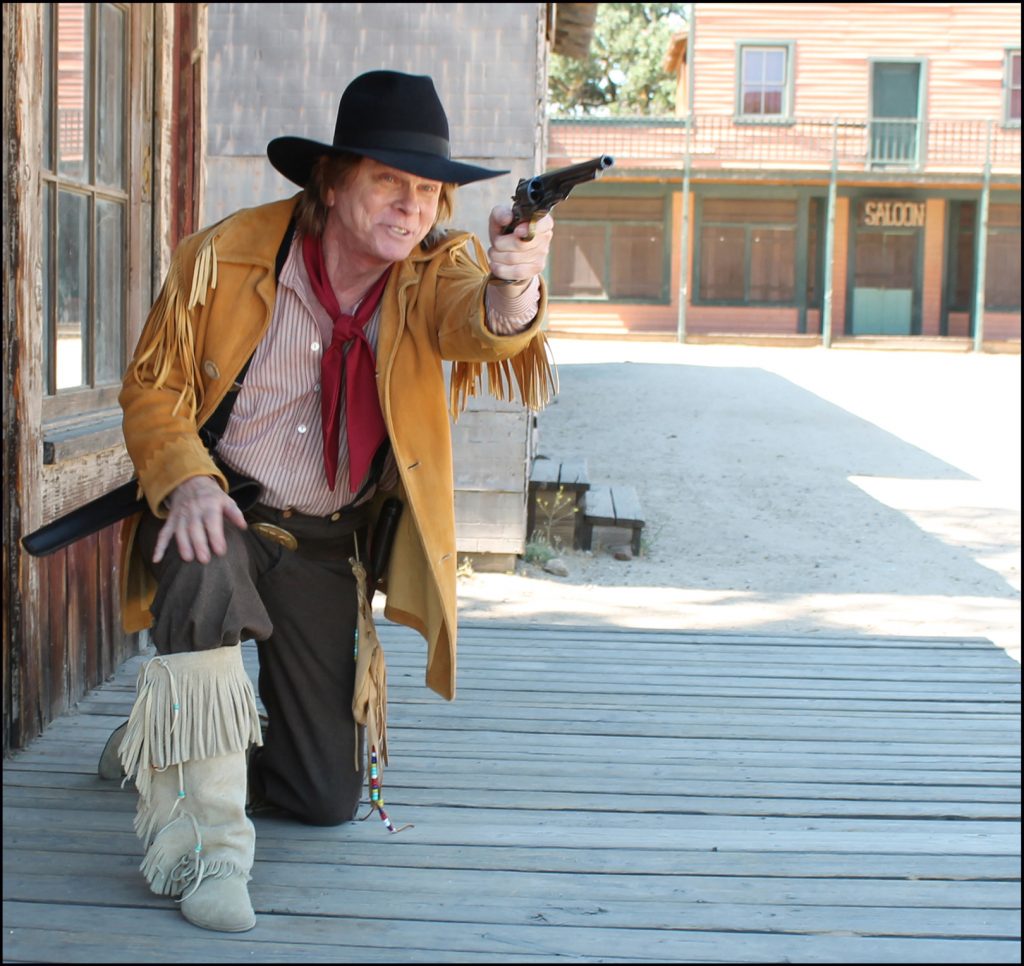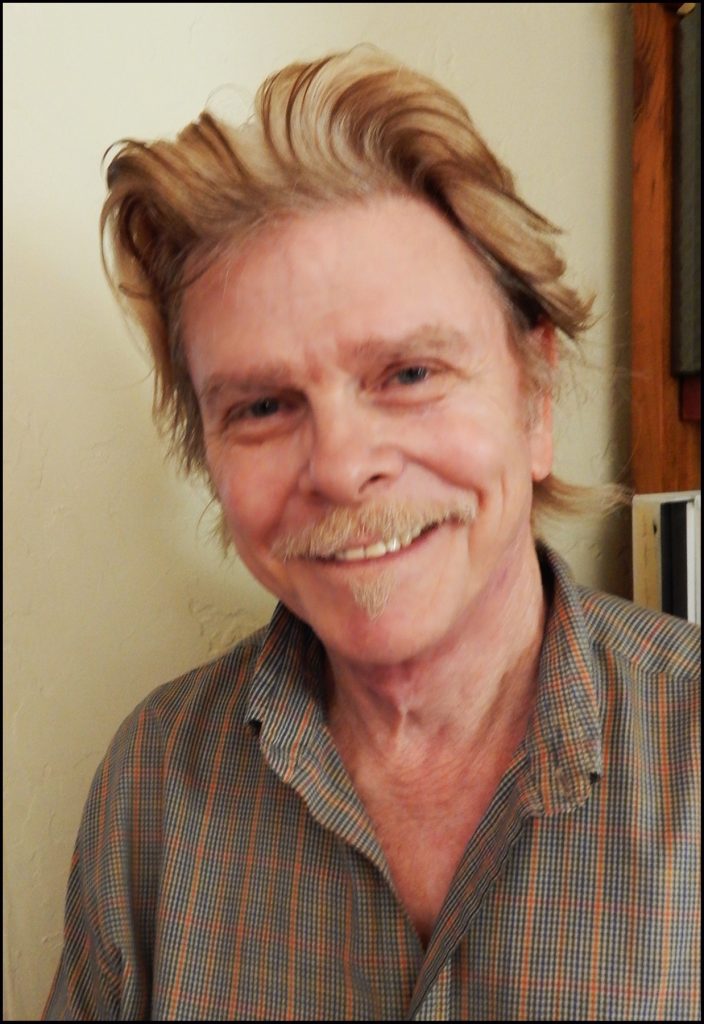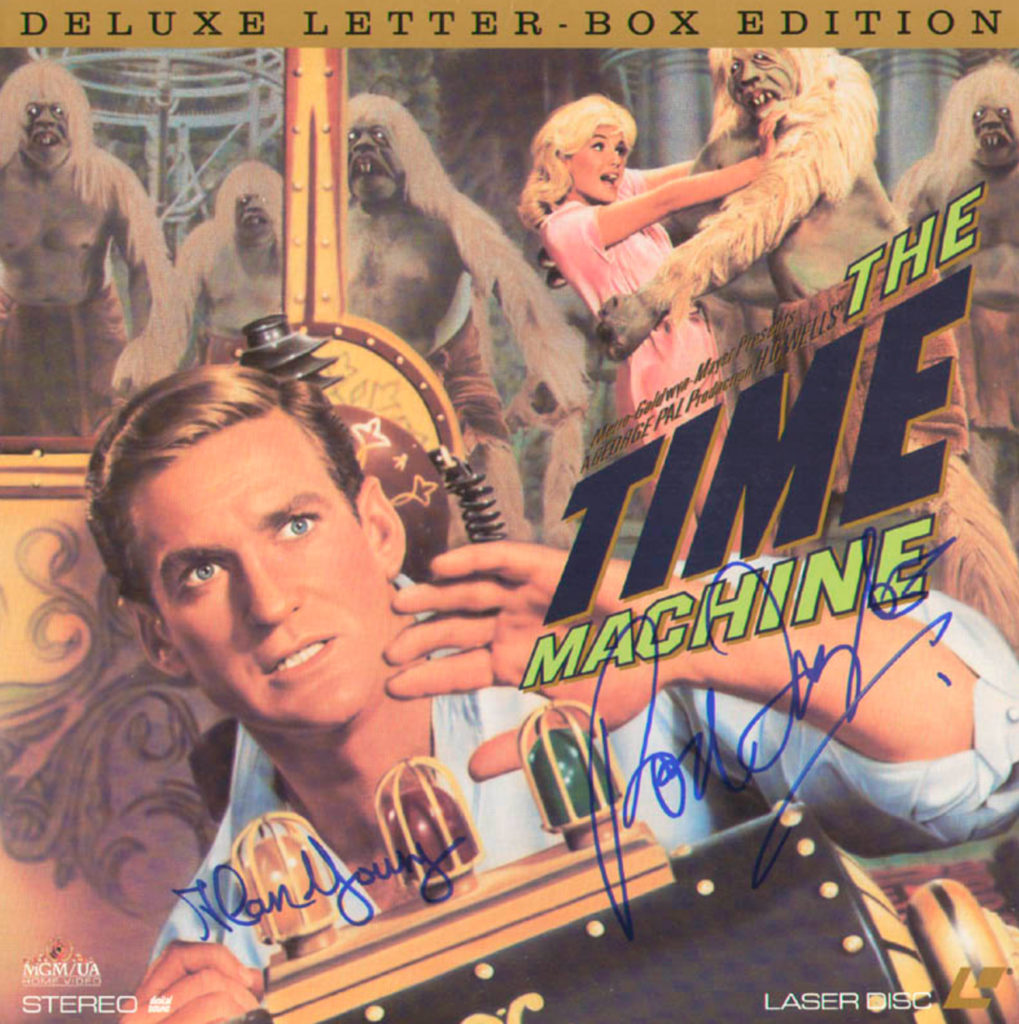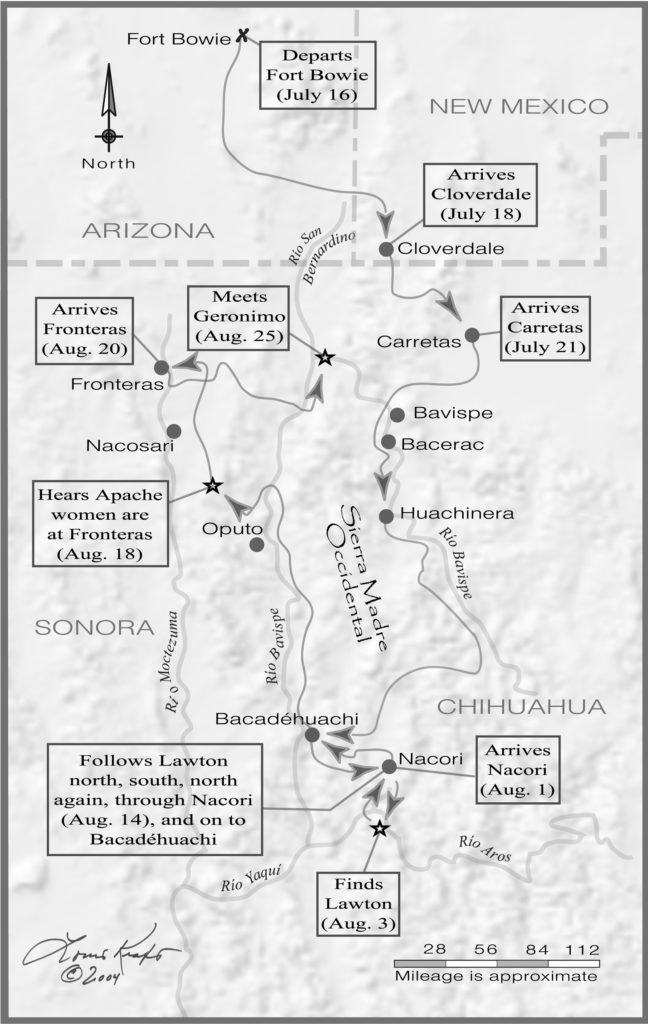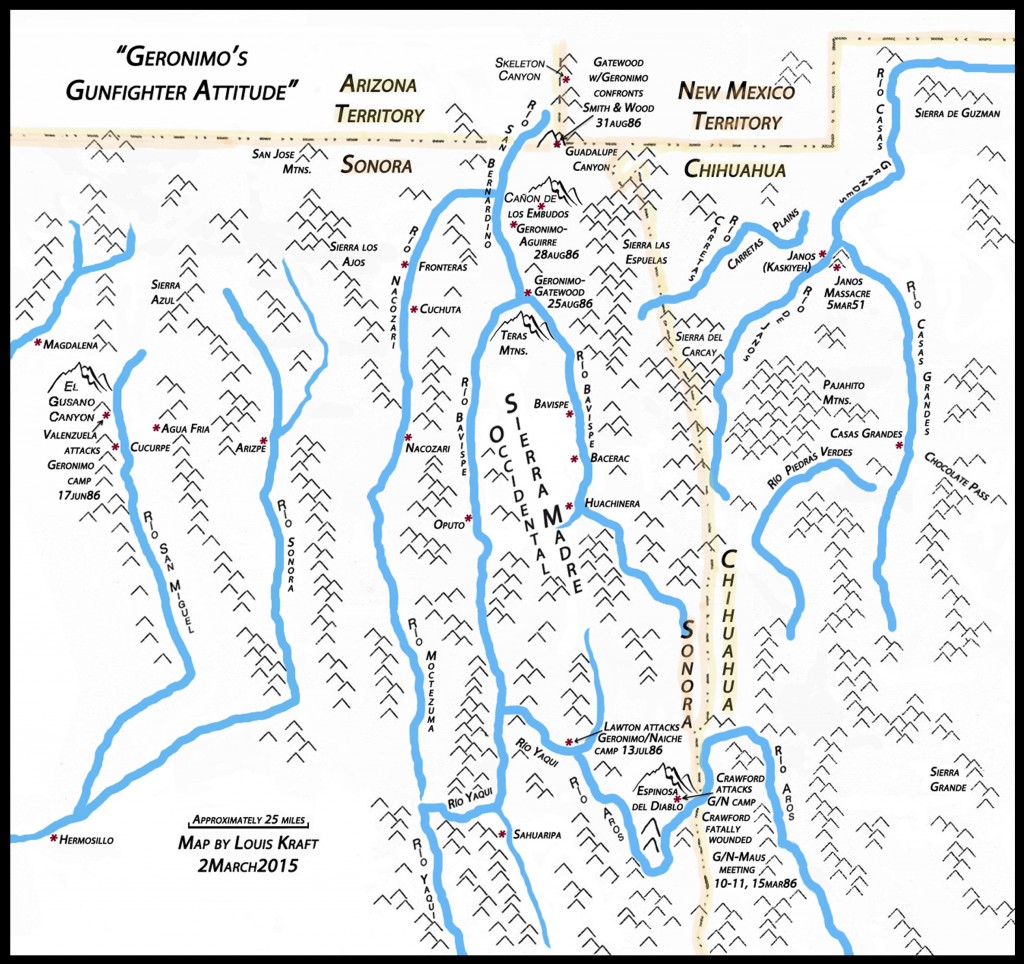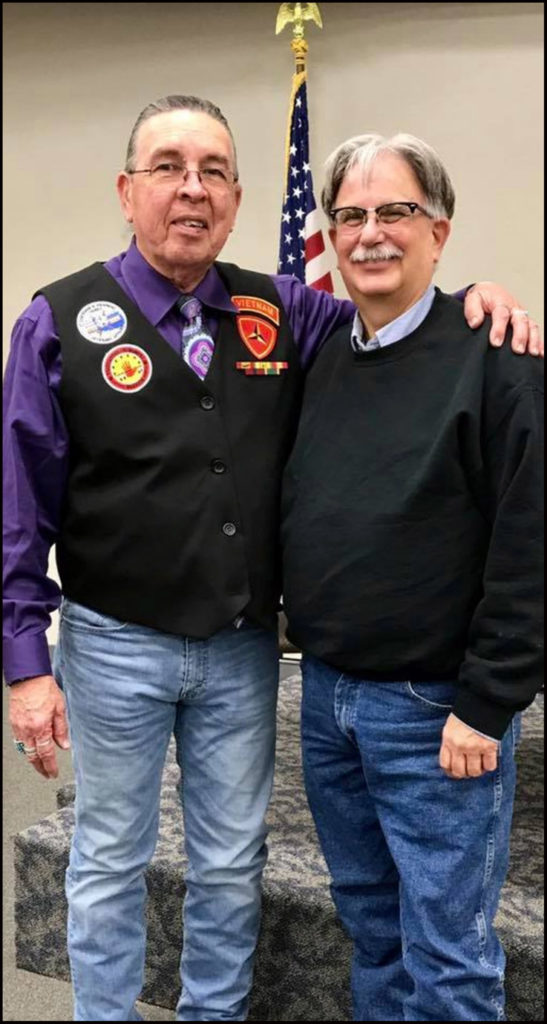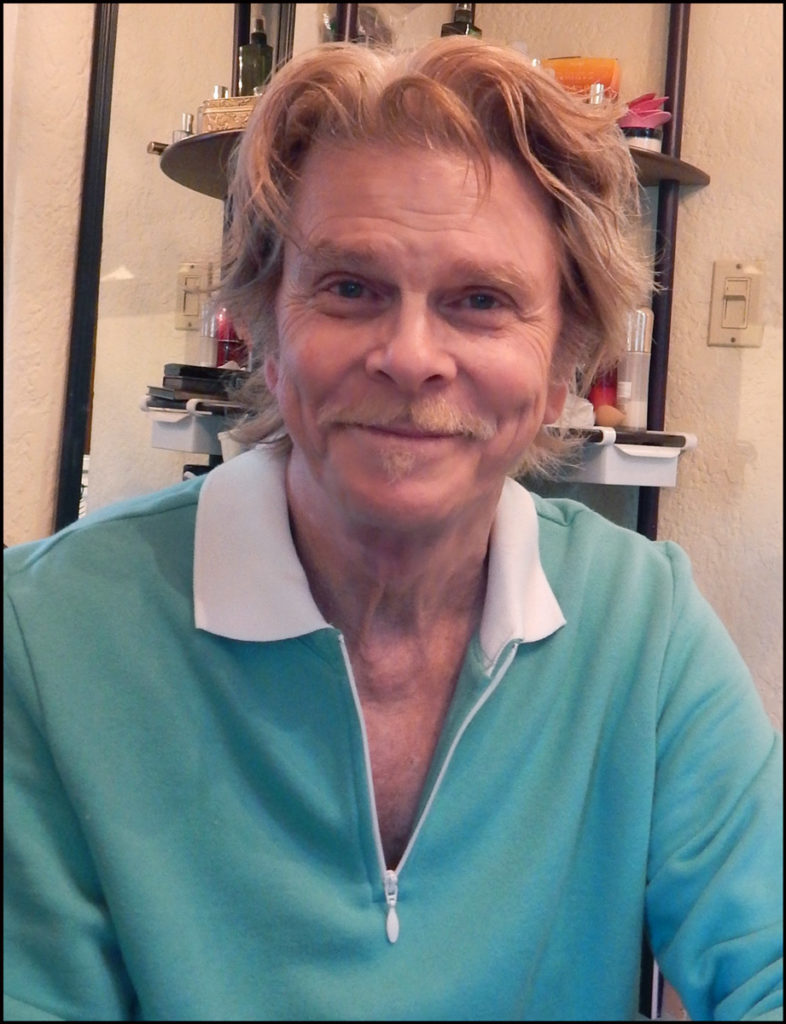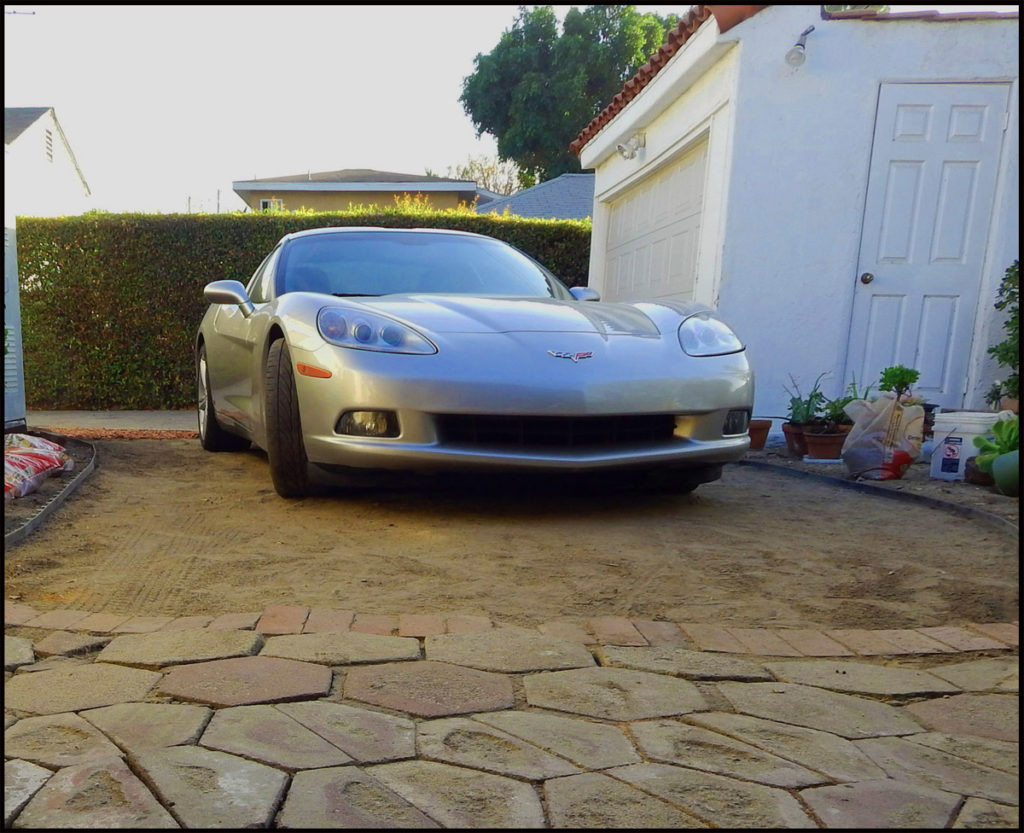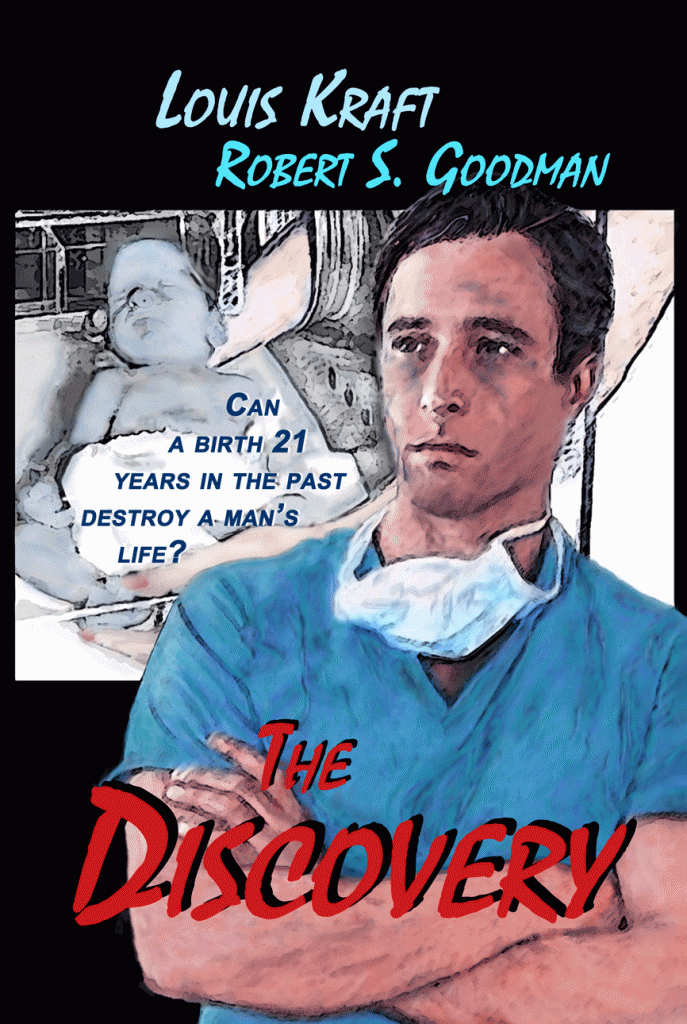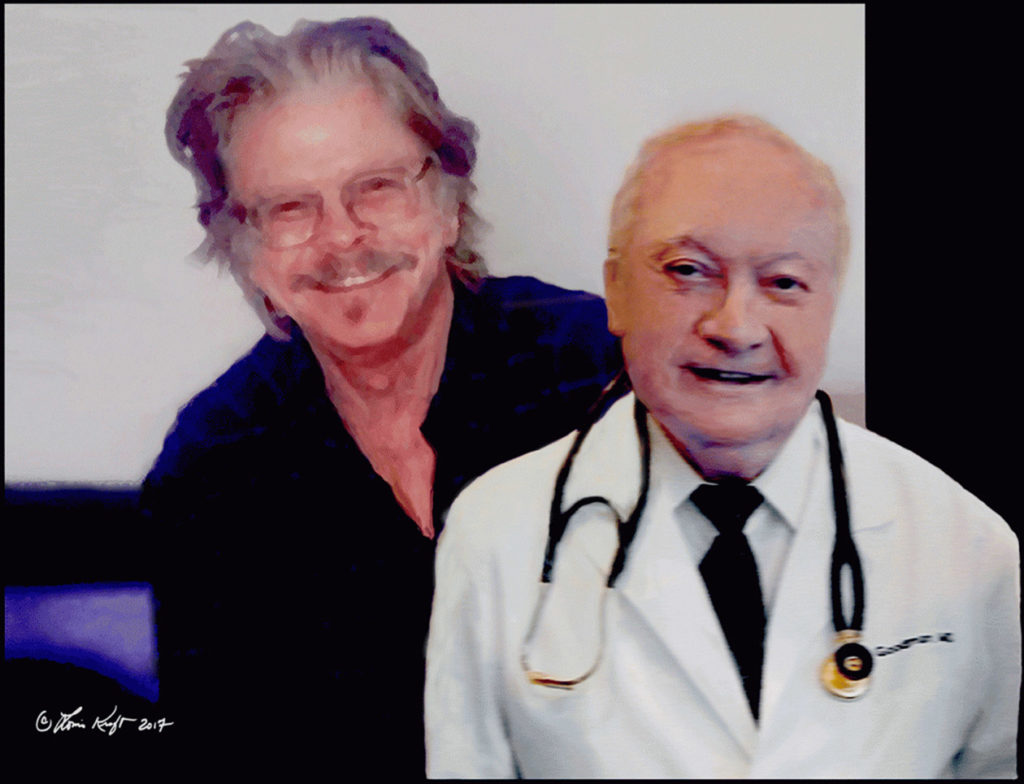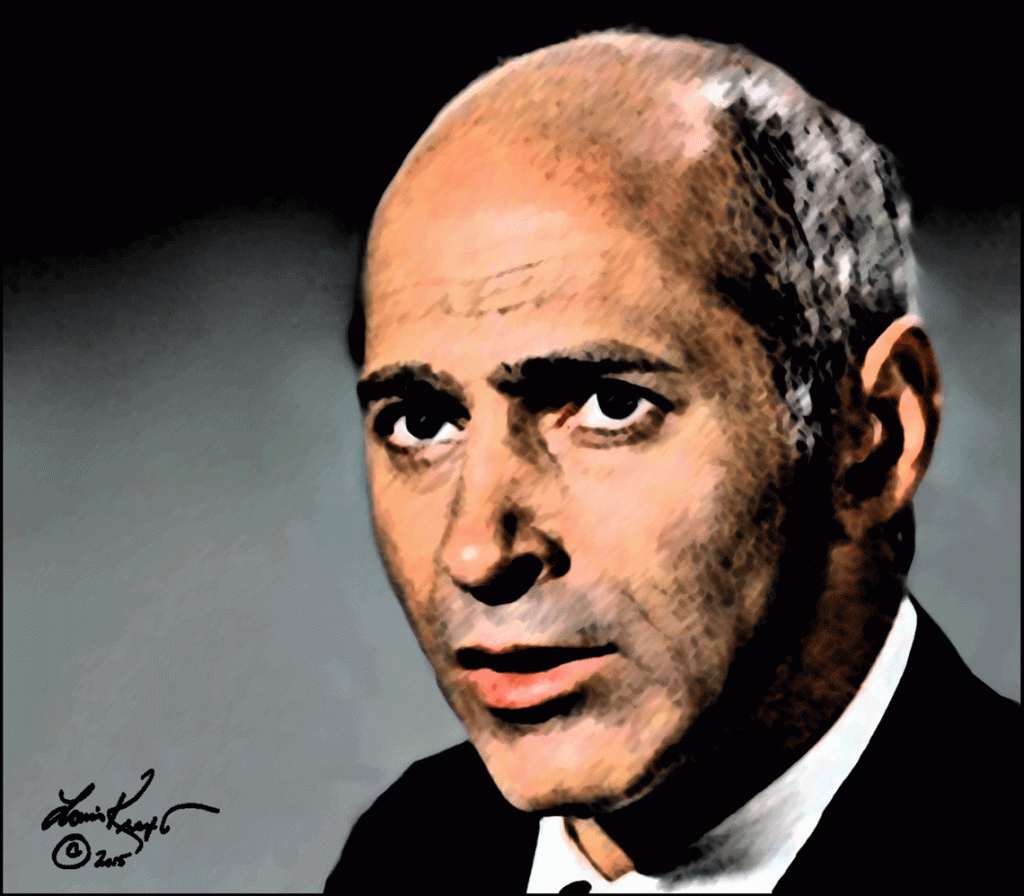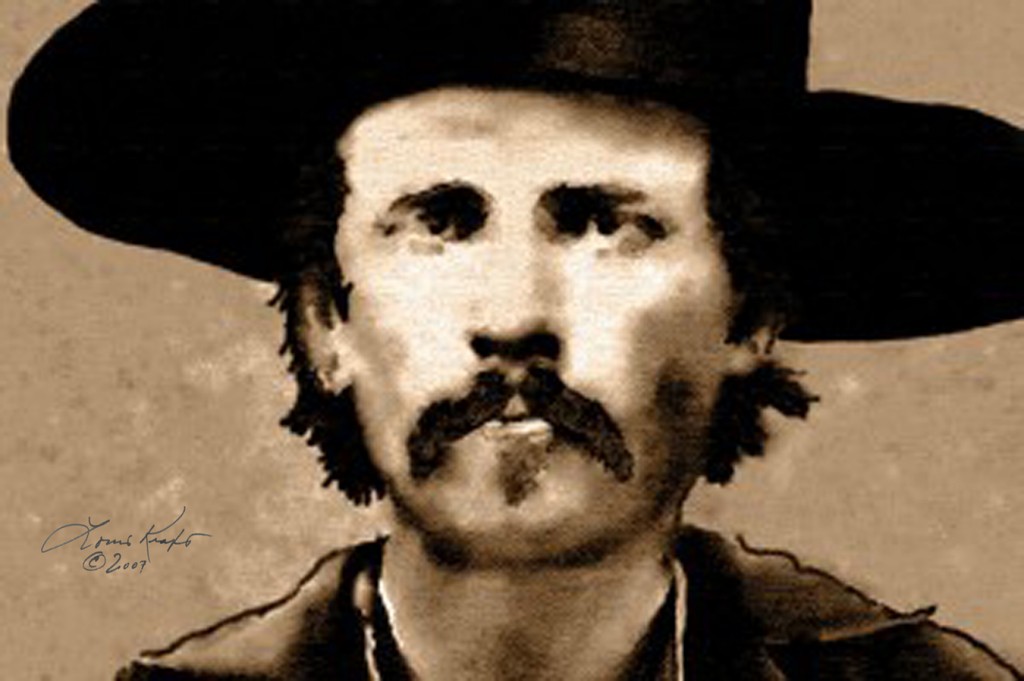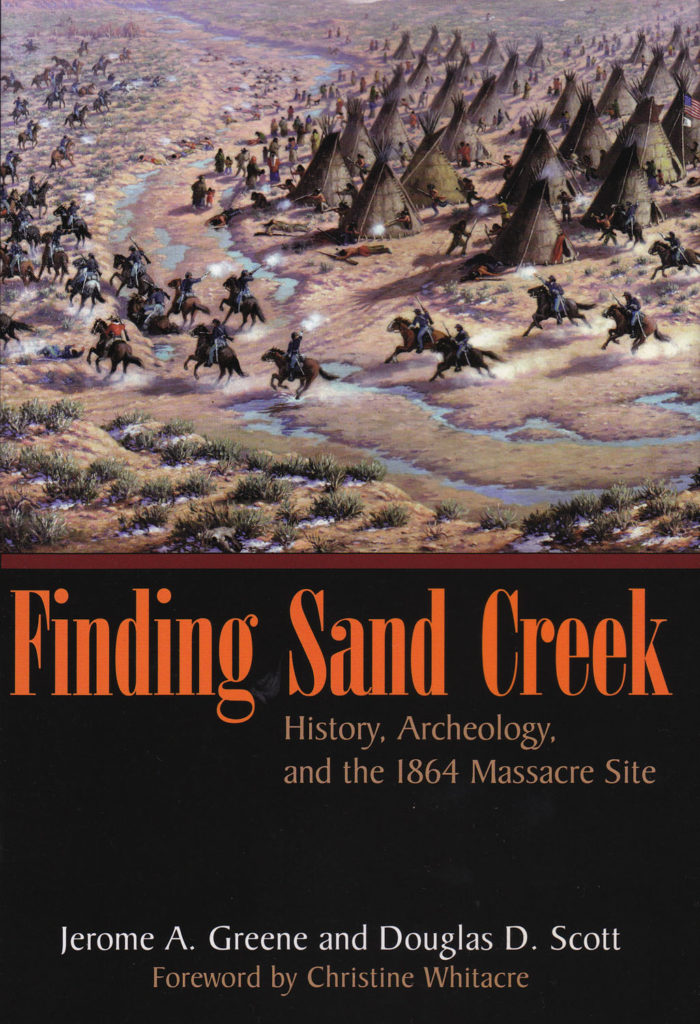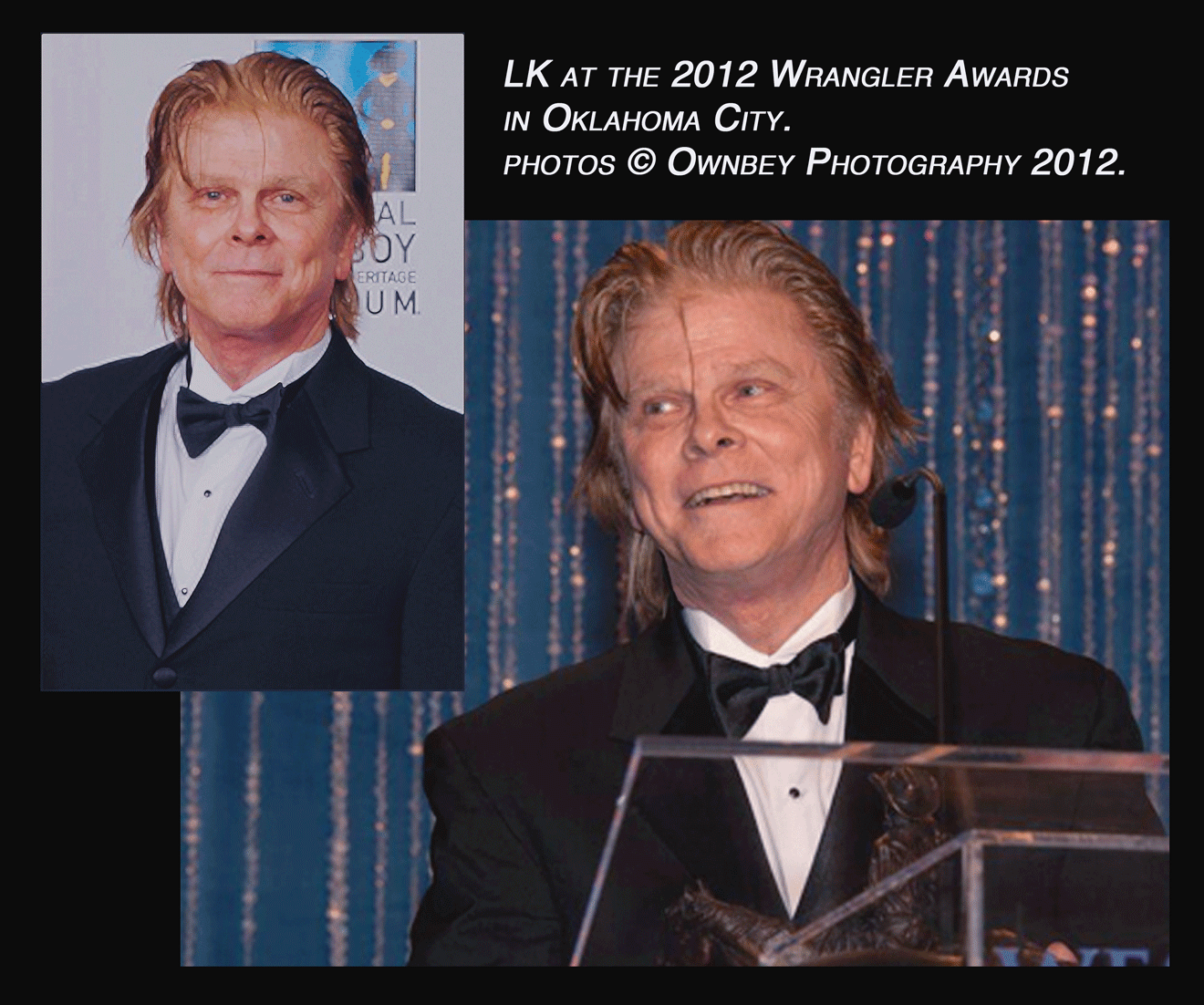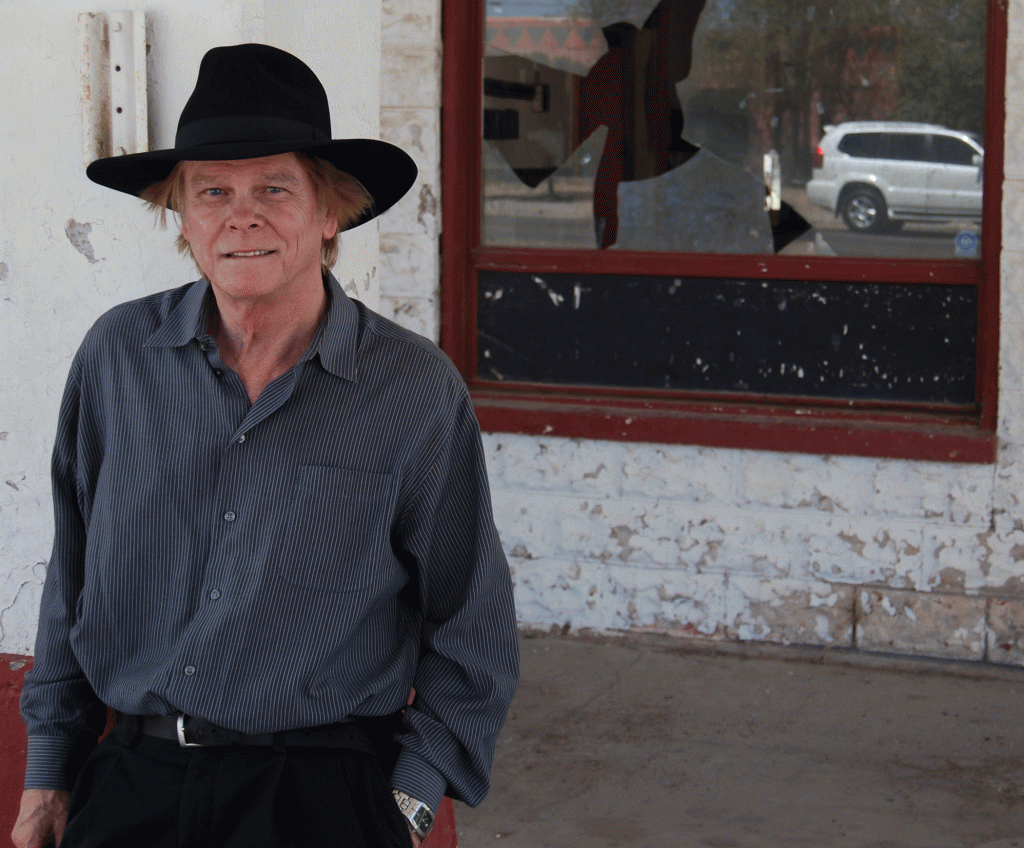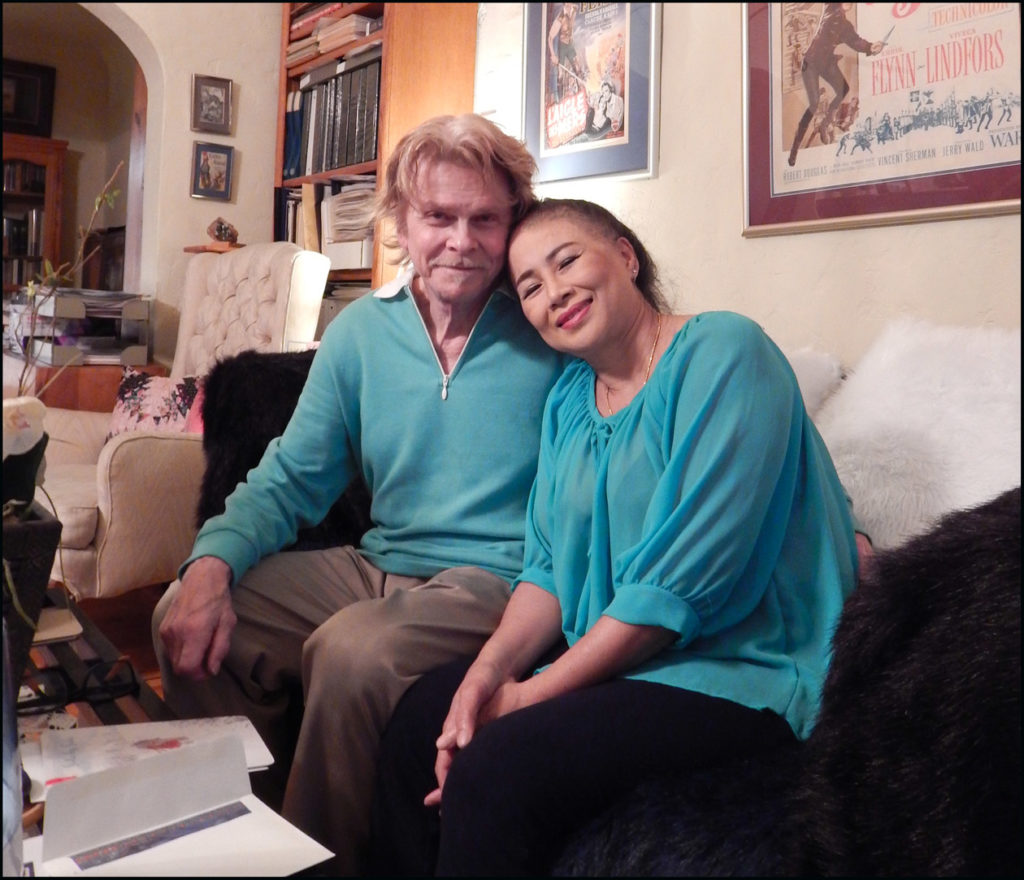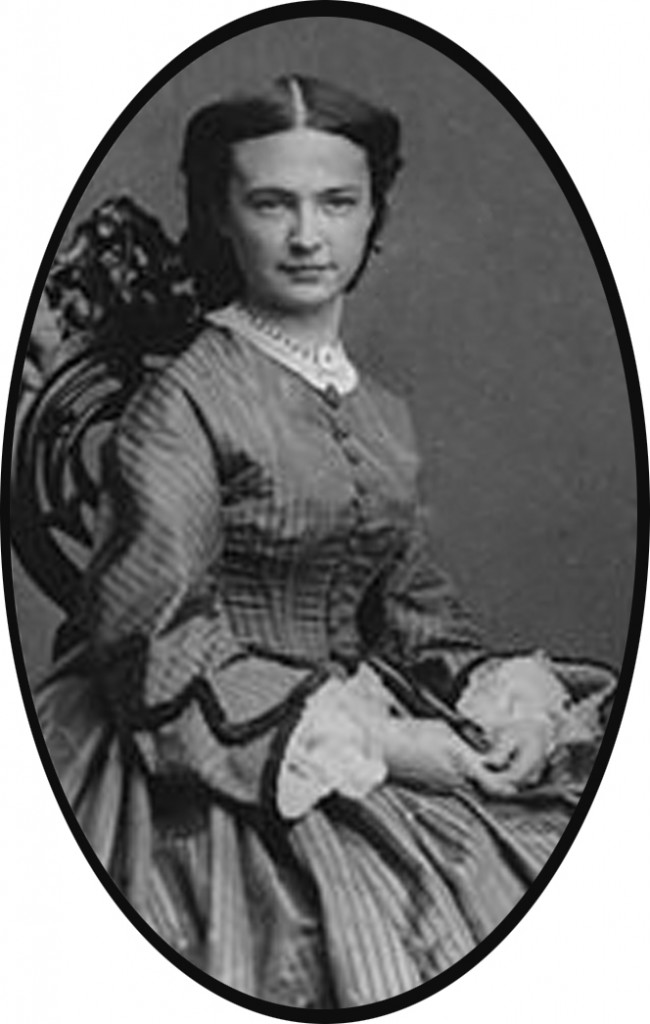Website & blogs © Louis Kraft 2013-2020
(All rights reserved.)
Contact Kraft at writerkraft@gmail.com or comment at the end of the blogs
Pailin and I hope and pray that all of you, your loved ones,
and friends worldwide are healthy and safe.
I never thought I’d make it to this wonderful time in my life,
and let me tell you that I feel like the Devil’s got a strangle hold on my left leg
and isn’t about to let go. … Not a good feeling.
Pailin took this photo of me in our front yard—which is always a place of peace for me—after a sleepless night but a good early morning on 7mar2020. I chose to use it here as an introduction to my current writing world and hopefully the beginning of the end of a living nightmare that began in June 2019. Not a promising start for what will hopefully be a very positive blog. At the same time the last nine months have perhaps been the best in my life. My brain functions—it always functions—and it has been key to me maneuvering through a maze of dead ends and false leads while not only making my deadlines, but setting myself up for the best times of my life. If not yet, the answers are getting closer. (photo © Pailin Subanna-Kraft & Louis Kraft 2020)
Sand Creek
and the Tragic End of a Lifeway has become reality
I completed all of my work at the end of December 2019,
and damnit to hell I miss it! There is a big hole in my life but Errol & Olivia is
doing a good job of lessening the loss (see below).
Available at
University of Oklahoma Press
Amazon
Barnes & Noble
Goodreads
Target
and various National Historic Sites and museums
At first this project seemed like it was from hell, … a hell without end. Physically it has cost me a lot. If I had guts I’d post a recent photo here—an image taken between hanging from a limb and yet being able to scramble to safety yet again. When I was young and playing sports, we used to have a saying, “No guts, no glory.” Today I have no guts, which means no sharing of a photo wherein I’m hanging from that limb and it is starting to crack. … If I did, some of you might cringe, and I don’t want that.
Doris and Louis Kraft Sr. in Yonkers, NY, in 1947. Both were born in Yonkers, as I was, but in less than six years would migrate to Southern California, a state they had long decided would be their home after they had driven across the country twice to visit it. (photo © Louis Kraft 1947)
As the days pass, I’m good with where I am. However, I should share some words that I said at my father’s funeral in 1999:
“As my papa got older, his world shrank. By the time he died, the furthermost extension of his world was his neighborhood. And what a neighborhood it was. When I was growing up it was just like one of those fantasy neighborhoods in the ‘sixties TV shows. The world changed, got harsher, different—but not the neighborhood. It remained the same. It was still that fantasy neighborhood from a 1960 TV show. Pardon me, for I know I’m going to forget someone, and I don’t mean to. You all played a big part in my papa’s life, and Linda* and I will remain forever grateful.”
* Linda was my sister (24dec1950–1mar2006).
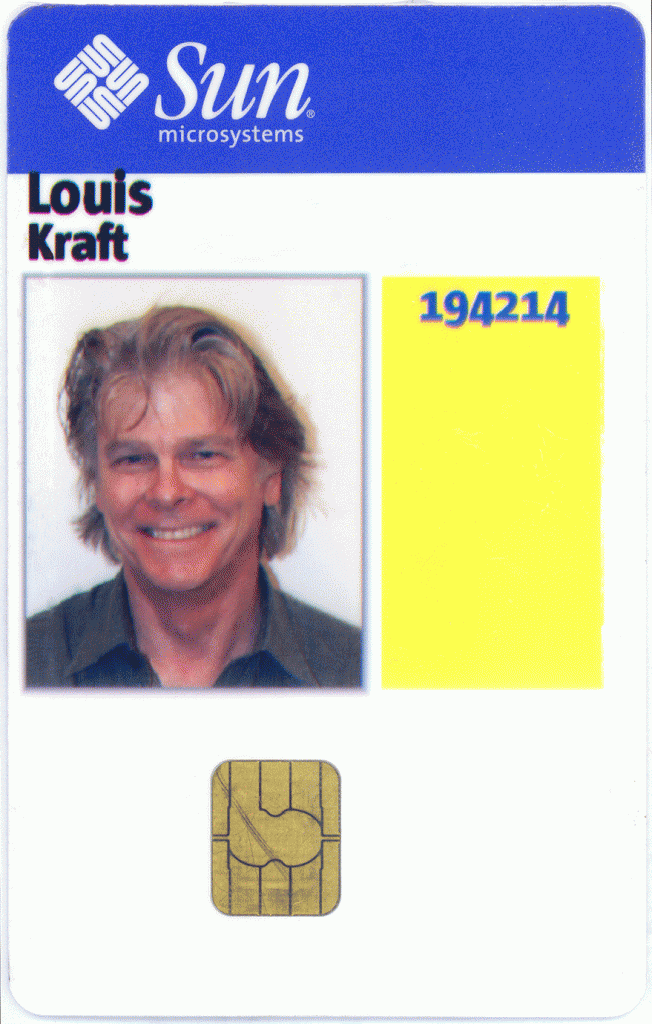
This was the only software badge that I bothered to capture. Sun Microsystems was flourishing when it purchased Seebeyond, but five years later it was spiraling toward oblivion when Oracle bought it for peanuts on the dollar.
My neighborhood isn’t like the one I grew up in, for it isn’t magical. That’s okay, for many people of different races and cultures surround me. I like this. My house was built in 1928 and I have lived in it since January 1993. It’s home, and I love it here, as my dad did his final home that he bought in 1955 (yeah, I’ve got a ways to go yet). Still, my life has begun to mimic his, for as I age, my world has also shrunk. (Certainly current events have impacted the previous sentence tenfold.) Maybe I’ll talk about it, and maybe I won’t.
Still, I should share that my life includes my small family of six (representing three races); Pailin’s family and friends in Thailand; our Los Angeles connections; and all of my friends that I met during my personal quest of knowledge, exploration, and creativity. This includes writers, historians, editors, directors, actors, artists, museum and National Park Service personal, the entire software world (which played a major part in my development as a writer and human being), and everyone else that has touched me in one way or another.
Sand Creek & the world it created for me
I am going to share photos of some people that have played key roles in bringing the Sand Creek story from the mists of Neverland to the reality of a book.
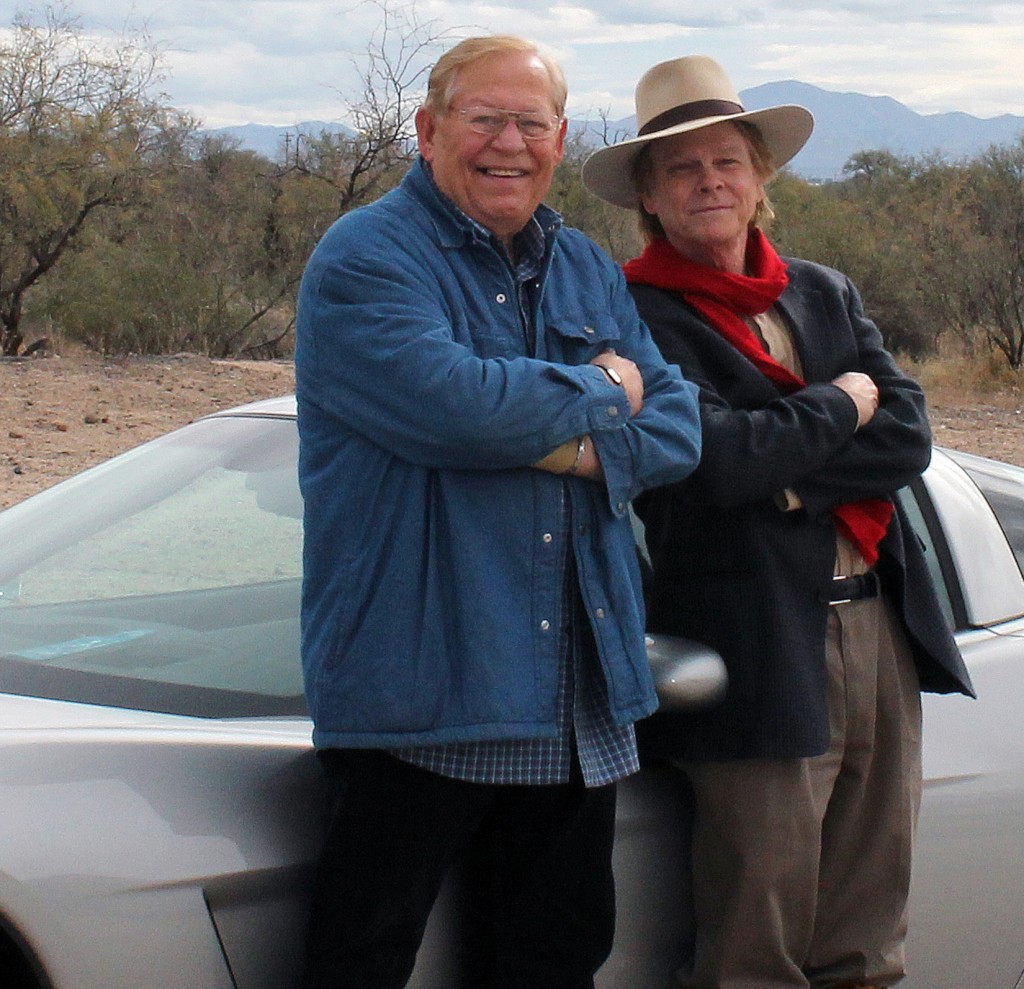
LK and Glen Williams, my bro for all time, on a road trip to Tucson, Arizona. On 15jan2012 we had just arrived at Mission San Xavier del Bac. I needed this trip with my good friend; some research (walking into the past and reliving it, if only for a short while), but more importantly doing some mending within myself.(a joke times two in 2011; if I ever share these two episodes from my life that are joined at the hip for all time you’d fall off your chair you’d be laughing so hard). … My sister-in-law worked with the Indian kids at the mission school in the early 1970s. I have some photos from that time, and need to find them. (photo © Louis Kraft and Glen Williams 2012)
Alas, there are many people who played major roles in this process but I don’t have images of many of them. This said, I don’t want them to be ignored or forgotten, and hopefully they won’t be.
An obscure beginning to the Sand Creek story in the 1980s
When I was preparing to walk away from the entertainment industry cold turkey in the early 1980s—and I was about to turn my back on writing screenplays as I had already had begun to write and sell magazine articles—I decided to write a novel about race relations during the time of the 1860s Cheyenne wars. By this time I was aware that some U.S. Indian agents were using their government-appointed positions to become rich by working with traders to steal from their wards. At this time my Indian wars knowledge was minimal other than my study of George Armstrong Custer, which was decent and growing.
LK walking with Leo Oliva (left) and George Elmore (right) on the parade ground at Fort Larned in Kansas on 12may2012. NPS ranger Ellen Jones shot this image as we were walking toward the reconstruction of the building that Ned Wynkoop rented from the post trader for his Cheyenne and Arapaho Agency, which was just outside the southwest perimeter of the fort. Since the early 1990s George, who is now chief historian of the National Historic Site, and Leo, who is a historian, writer, and lecturer, have played major roles in my understanding of the Cheyenne Indian wars. Ellen, after a long career in public service, which includes 17 years at Fort Larned, is retiring this April.
I had seen a little of the soldier turned Indian agent Edward W. Wynkoop in general Indian wars books (a paragraph or two here and another there with both saying basically the same thing), none of which I could recommend at this time for no matter how accurate or how inaccurate they were, the authors glossed over their subjects with a scattering of facts. Worse, much of the information was repeated from book to book with little that was new.
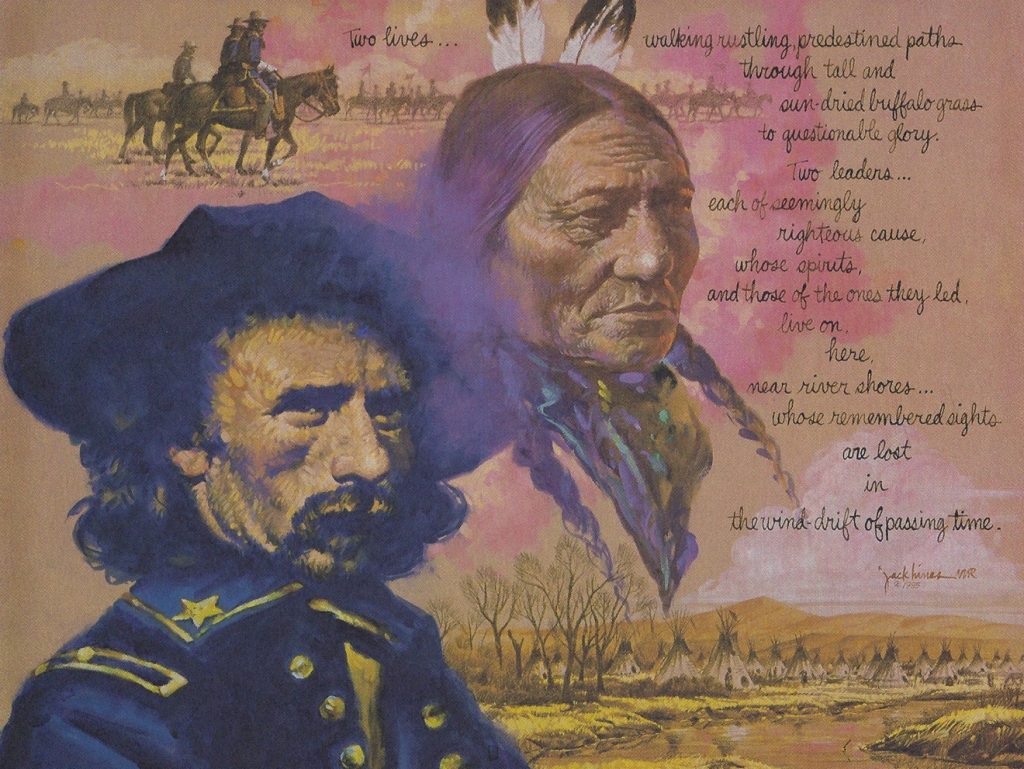
Jack Hines art of George Armstrong Custer and Sitting Bull in “Two Trails to Destiny.” I’m not crazy over his text, but I’ve always liked his portraits of Sitting Bull and Custer, even though he based his rendition of GAC on a famous Civil War image of the soldier. Oh, for those of you who aren’t aware of it, Custer had his already short hair cut before setting out on what would be his final campaign in May 1876; he died at the Little Bighorn on June 25, 1876. I state this as some people who have seen the Warner Bros. 1941 film, They Died with Their Boots On with Errol Flynn and Olivia de Havilland mistakenly think that the battle site was a short distance from Fort Abraham Lincoln, and it was not. (painting © Jack Hines 1985)
I was well aware of the Indian Ring (or tradership) scandal of 1876 due to George Armstrong Custer’s testimony in March and April of that year. This led to President Ulysses S. Grant’s secretary of war William Belknap’s resignation, and his brother, Orvil Grant, being implicated. An angry president refused to see Custer, and when the lieutenant colonel left Washington D.C. without orders he was placed under arrest. This almost removed Custer from taking part in the 1876 Sioux war. Again, those film buffs who know They Died with Their Boots On (1941) intimately, Custer was punished, but it wasn’t for exposing a fake war due to gold being discovered in the Black Hills but for his participation in the Indian Ring scandal. Also, Custer wasn’t reinstated to command the Seventh U.S. Cavalry due to Flynn’s Custer confronting Grant. No! Generals Alfred Terry and Philip Sheridan requested that Custer be reinstated.
As Wynkoop was good looking, had risked his life to meet with warring Indians in an attempt to end a war, and had later become an Indian agent, I decided that he would make the perfect villain for my novel. I began to research him, and Oops! … He wasn’t who I thought he was, and he wasn’t on the take. I never wrote that novel, but my discovery of who Wynkoop really was led me on a journey that has continued to this day.
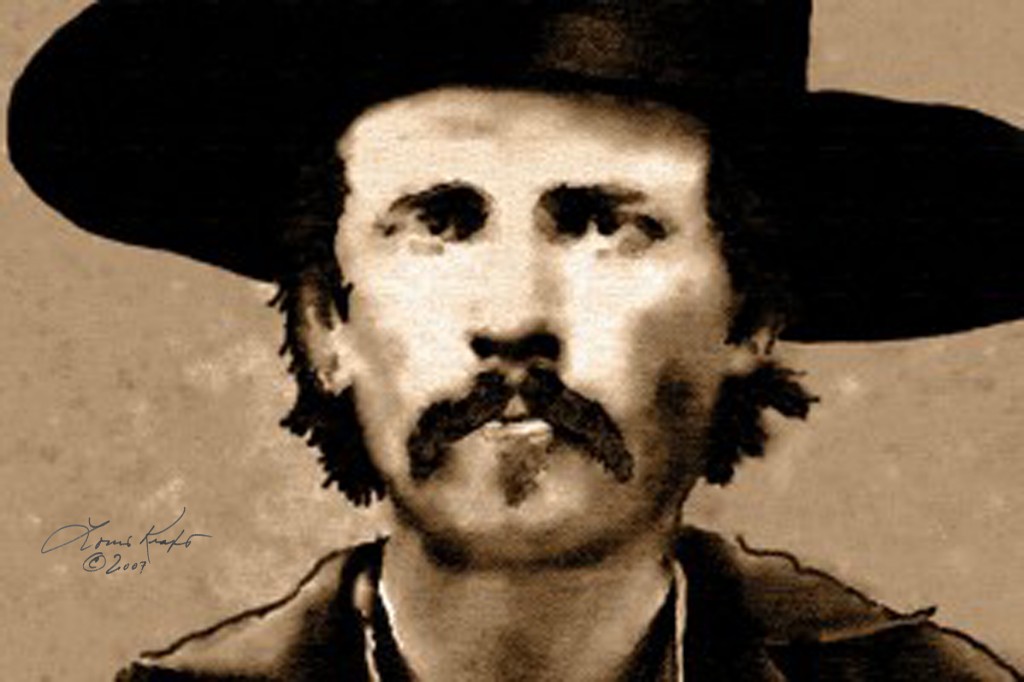
Portrait of Wynkoop that has been published in two books and I think three magazines. (art © Louis Kraft 2007)
Ultimately it would be how he reacted to the Sand Creek Massacre that allowed me to be open to writing a book about the subject. This said, it took roughly 25 years before a friend who had a hand in Lt. Charles Gatewood & his Apache Wars Memoir being published and who contracted Ned Wynkoop and the Lonely Road from Sand Creek broached the subject of writing a book that I had no desire to write. He pitched that I had a lot of the required information in-house.
I didn’t have anything close to all the research in-house, but I didn’t know that then. Luckily then University of Oklahoma Press editor in chief Chuck Rankin didn’t give up.
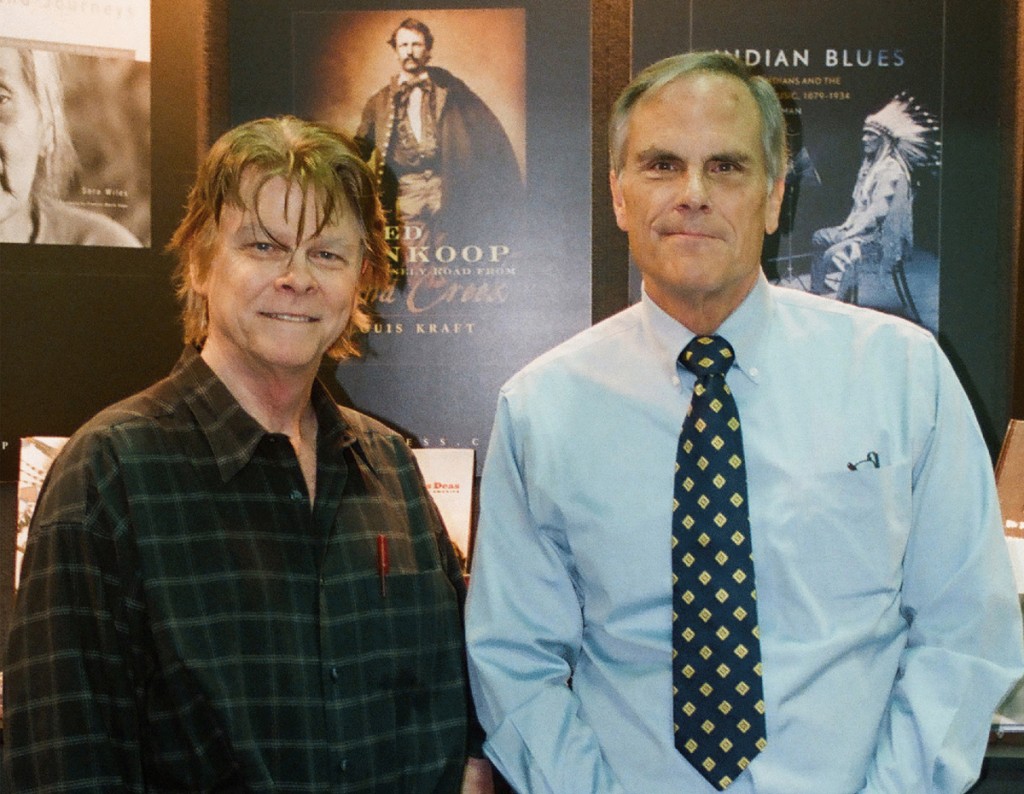
LK with OU Press Editor-in-Chief Chuck Rankin at the Western History Association convention in Oakland, California, on 15oct2011. Chuck gave me the Wynkoop book poster hanging behind us. I framed it and it has been displayed at Tujunga House ever since. (photo © Louis Kraft & Chuck Rankin 2011)
I said “no” numerous times, but Chuck—God bless him—refused to accept my answer, and the rest is history. … Meaning he won me over, we worked out a proposal that was acceptable to both of us, the contract was signed, and I quickly descended into the depths of hell as I struggled to locate mandatory information while at the same time trying to piece the jigsaw of facts and quotes and actions of the leading and supporting players into a readable story.
Although the beginning of the project was a disaster as I searched for what was mandatory to bring the story to life, I did find numerous leads that led to block walls and dead ends. At times this was costly, … not always in cash, but always in time—special time, which is oh-so fleeting for it is something that is gone in a flash never to return except in our memories. This said, some of these failures are worth their weight in gold, for they proved without a doubt that what appeared to be history was nothing more than fiction that had been reprinted so often that it is now accepted as fact.
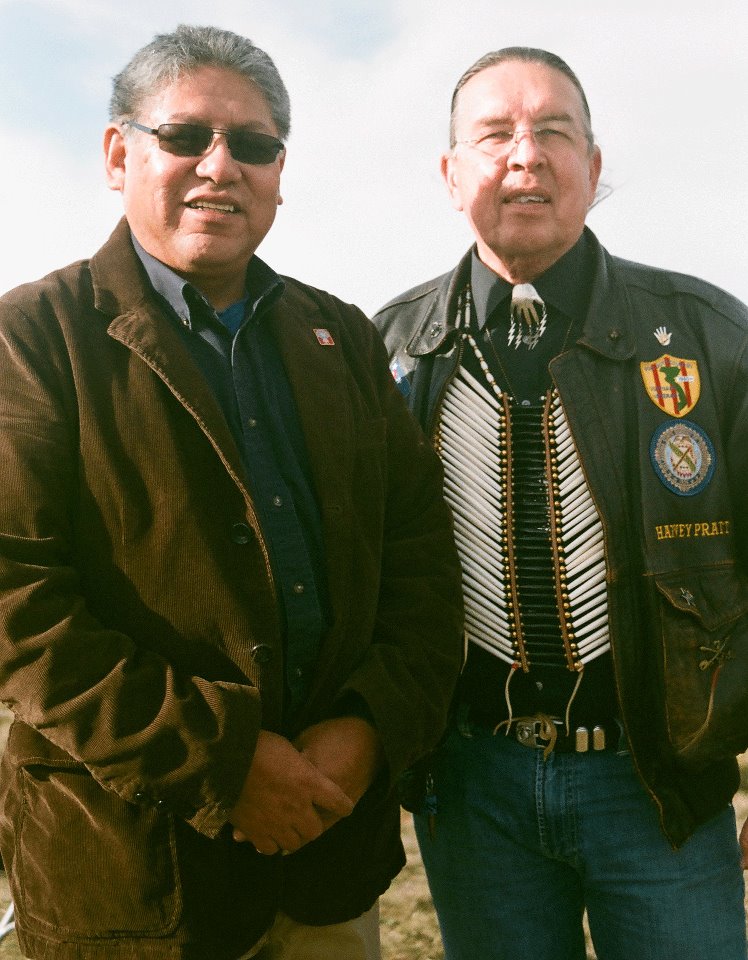
Gordon Yellowman (left) and Harvey Pratt standing on the overlook to the Cheyenne Washita River village site where Chief Black Kettle and his wife Medicine Woman Later where killed by Custer’s troops when the Seventh U.S. Cavalry charged into the village at dawn on 27nov1868 without knowing who the occupants were. On that day Harvey spoke about Cheyenne warriors from the past and in today’s wars around the globe. Gordon blessed the village site on this day, and on the following day talked about what it was like to be a Cheyenne chief. (photo © Louis Kraft, Gordon Yellowman, and Harvey Pratt 2011)
Of course there is one instance of this that isn’t true. Actually the documents exist but the Oklahoma state government—in an effort to hide the theft of American Indian land—blocked the access to this valuable information from researchers such as myself as the dark past had to vanish to protect the guilty. This was also tragic to historian Dee Cordry, whose upcoming book on key players that I also write about will be must reading when published. Harvey Pratt, his good friend, and a man I was privileged to meet at the Washita Battlefield NHS during a two-day symposium wherein we both spoke in 2011, provided us with the citation we needed.
My memories of the entire process of creating Sand Creek and the Tragic End of a Lifeway slowly morphed into the best project of my life. It far exceeded anything from my acting career, anything from my software writing career, and anything from my fictional and nonfiction projects (including articles and talks). This is a big statement from me. … One of the highlights was Gordon Yellowman allowing me to use his magnificent art, Sand Creek, on the cover of Sand Creek and the Tragic End of a Lifeway.
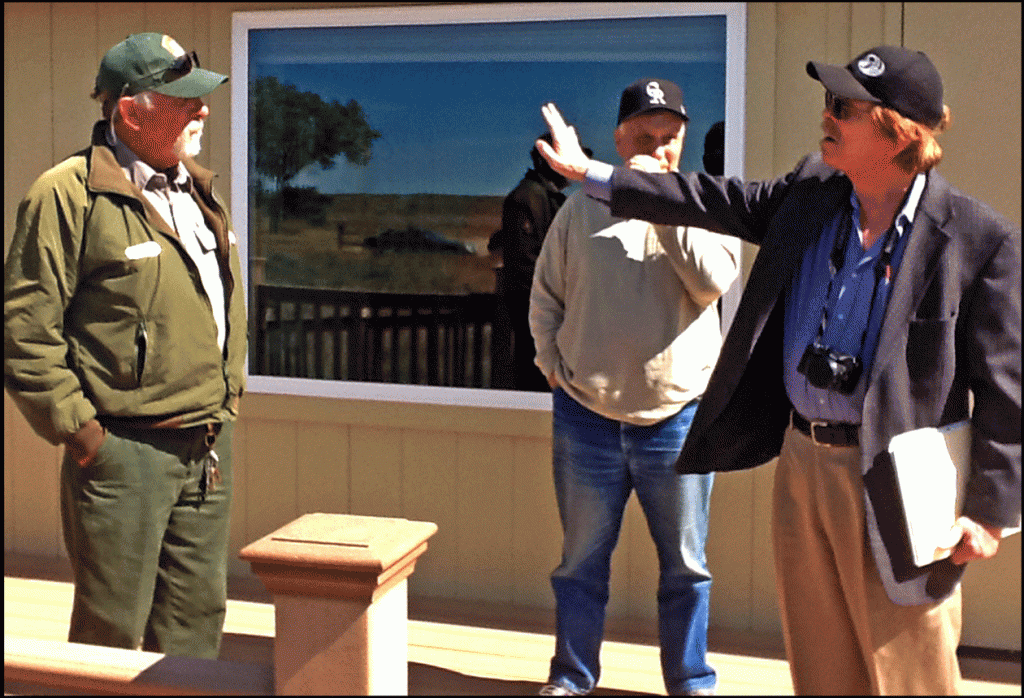
Pailin took this image on 3oct2014. Good friend and great Cheyenne and Indian wars historian John Monnett (center) and his wife Linda took us to the Sand Creek Massacre NHS in southeast Colorado. Before walking along the bluffs to the west of the extended village site Jeff C. Campbell (NHS ranger–interpretation) kindly spent time with us. I consider him the foremost expert on the village and the terrible actions of November 29-30, 1864. He has since provided me invaluable information in phone conversations, and by providing his documentation and commenting on mine. I can’t begin to tell you how much John has contributed to my understanding of the Cheyenne wars of the 1860s. This was a good day for me. (photo © Jeff C. Campbell, John Monnett, Pailin Subanna-Kraft, and Louis Kraft)
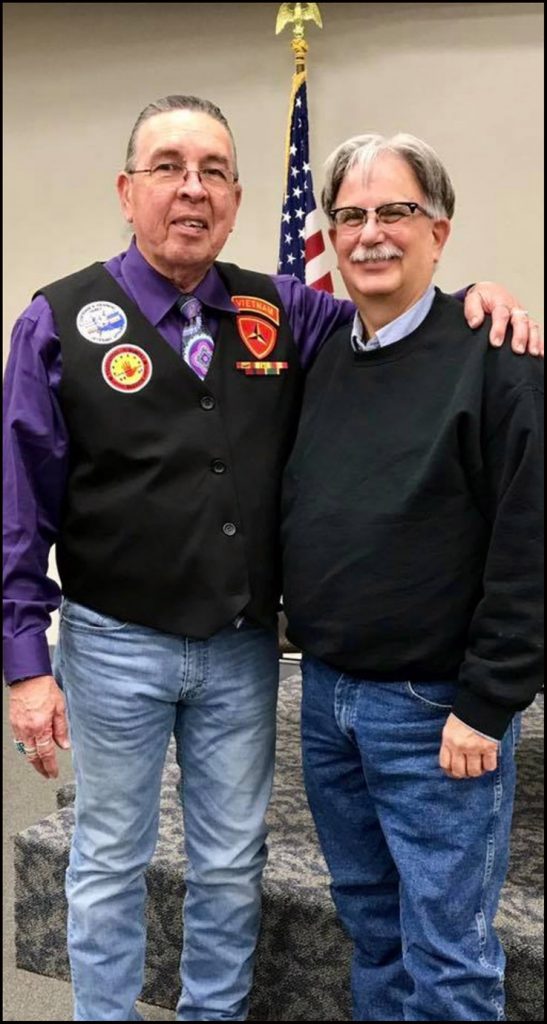
Southern Cheyenne Chief Harvey Pratt (left) on 30mar2017 near El Reno, Oklahoma, when he was honored by the Cheyenne and Arapaho tribes for his service to the tribal community. He is with his friend Dee Cordry, an historian and former police officer, on the day of the ceremony. Eleven chiefs of the Cheyenne Tribal Council of Forty-four were present, as were the tribal governor and lieutenant governor. (Good friend Dee Cordry shared this image with me.)
I’m already feeling the loss of having a day-in and day-out schedule that was non-ending. No matter what else I had to complete, and there was a lot going on during these long-long years that I had to deliver: talks, articles, software books (I think that my last full set of books at Oracle was 23, which I delivered on deadline—I think the cost for them was $100,000), and a novel from hell (but it contained many of the same obstacles as did the Sand Creek manuscript, and I used it as a training ground). I’m proud of The Discovery, a medical-legal thriller that goes in totally unexpected directions and of the Sand Creek story.
One thing that I have is a brain, and it functions on all cylinders at all times.
But that doesn’t mean that there aren’t a lot of people who help me, for there are, and they range from good friends from my Indian wars, American Indians, and Golden Age of Cinema connections. This also includes archival staffs, library staffs, and book and magazine editors and their staffs. Some I know in the flesh and have spent good times with them in SoCal and in many locations across the USA from Virginia to Tucson, Arizona, and in the case of Olivia de Havilland in Paris.
I have many-many more who have worked with me on the phone, via email, and with letters but have never met in person, and some of these people have become good friends, especially Dee Cordry, who, God-willing, I’ll meet in person later this year (at the moment COVID-19 has put that trip in jeopardy). For a number of years now Dee and I have enjoyed an open-door round-robin phone calls and emails wherein we’ve done everything possible to help each other out with our writing projects. Dee administers a terrific page on Facebook that I highly recommend: Cheyenne Trails & Tales. It is a wonderful location to learn about the “Called Out People,” the Tsistsistas (Cheyennes), and rub elbows with them and other American Indians, artists, writer-historians, and people who know and care about their lives, culture, and history.
Harvey Pratt, who, as mentioned above, came to my and Dee’s rescue with invaluable documentation that is related to his family, but is no longer available to writer-historians due to a law that the state of Oklahoma set in place years back to protect unscrupulous people that were thieves and worse. I can’t begin to say how grateful I am to him for his kindness.
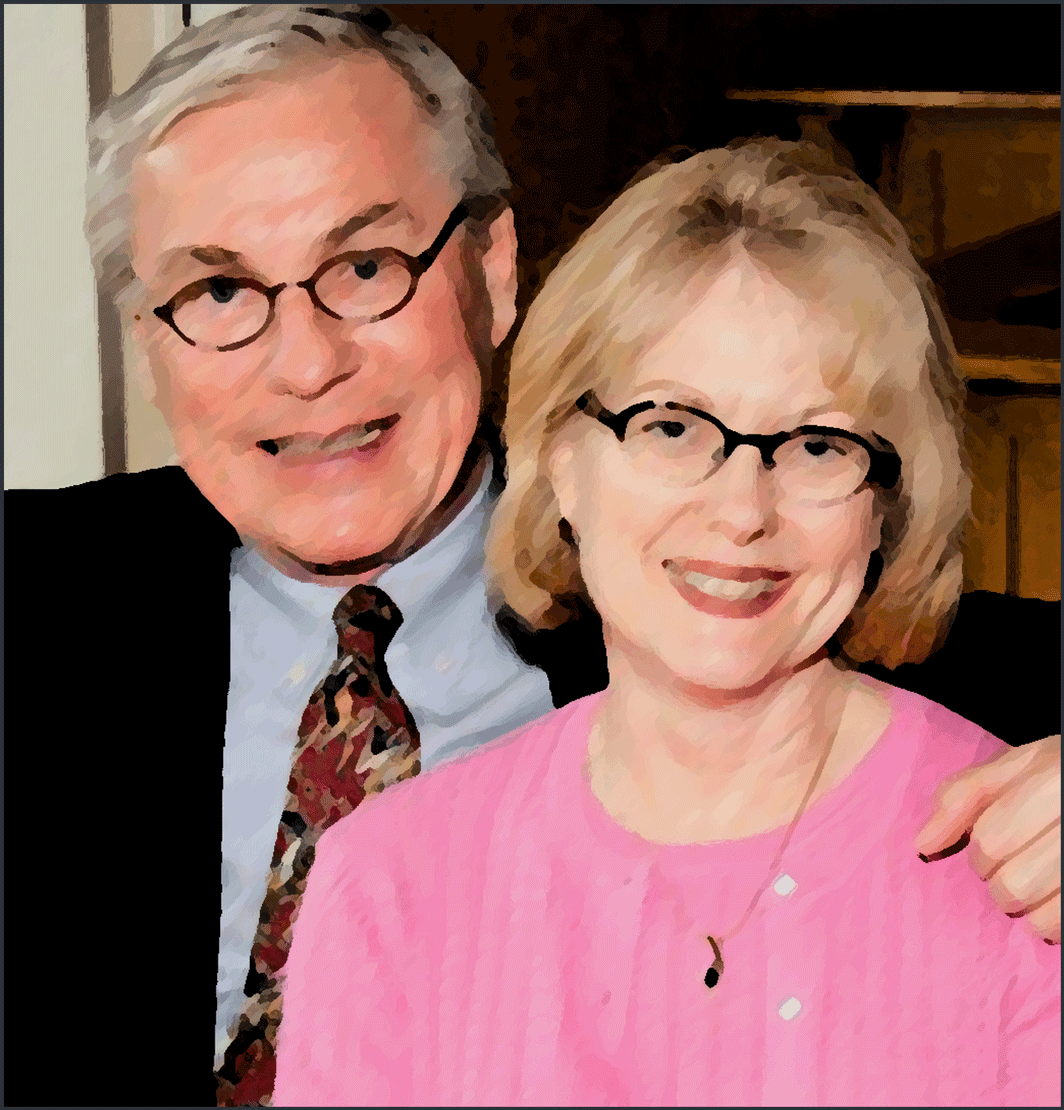
I created this painting from a photo I took of Paul and Connie Hedren at the National Cowboy and Western Heritage Museum Wrangler Awards in April 2012. Paul won a Wrangler for his book, After Custer (OU Press, 2011) and I won one for “When Wynkoop was Sheriff” (Wild West, August 2011). (art © Louis Kraft © 2016).
There have been many others who contributed, and one, Indian wars historian Paul Hedren did an in-depth peer review of the Sand Creek manuscript that was easily worth a bag of gold. So did my other peer reviewer but this person chose to remain unknown. As I know a lot of writers who distain or refuse to consider constructive criticism, I have just a handful of words for you—stuff your egos in a box and do what you can to improve your work. … Once there was a Custer historian who thought that he was God’s gift to Indian wars history. Decades back one of his books was being reprinted by another publisher, and I asked him if he would do anything to improve it. He answered, “No. It’s perfect.” He moved on to the other side many years back. Before he did, I never had the guts to tell him that I couldn’t get through the first chapter of “his masterpiece.” Back to Paul; he’s an award-winning author and a well respected authority on the Indian wars. Thank you, Paul, from the bottom of my heart.
I had hoped to post photos and talk about others here, but due the unfortunate truth that I don’t have photos that I had requested of many of them, along with the fact that I don’t have enough room to do so, I hope to address this in future blogs.
LK’s writing world is an ongoing swirl
of research & creativity
Errol & Olivia
Know that some of my copyrighted photographs have been lifted illegally; ditto some of my art. All I can say is that it is a sad state of affairs in the United States when distortion, lies, theft, and violence are condoned. A sad state. The current government is responsible for this (and I have little respect for most of the elected candidates in both major parties), for most of our elected officials think nothing about blatantly lying while doing everything to better the rich at the cost of the electorate, and in some cases doing everything possible to destroy anyone who disagrees with them.
I know, … a strange beginning to my current number 1 book project. I know.
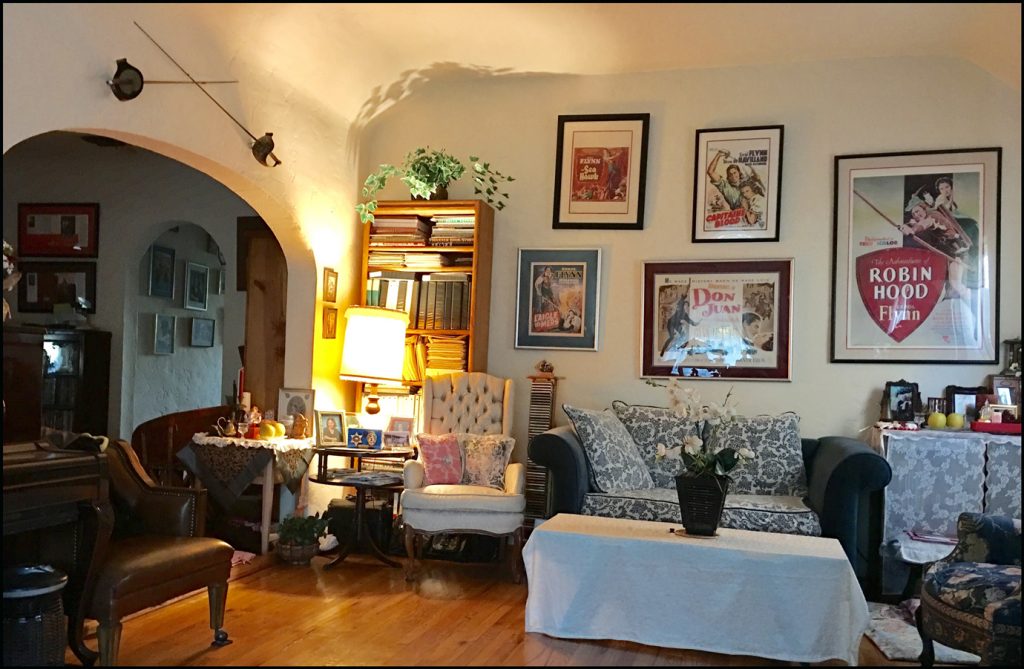
This photo of Tujunga House was taken on 13oct2016 shortly before nightfall, and for the record our rooms are in constant change. One of the reasons is downsizing. To date the largest hit has been on books and research (and I hate to say it but they are in every room except for the bathroom and kitchen). It’s simple with the books. Do I need them for my current and future projects or will I perhaps read them again for pleasure? If no to either question—good bye. This is similar with the research, except some of the past as well as some that is still in the future is going to move to the Louis Kraft Collection at the Chávez History Library (History Museum of New Mexico, Santa Fe) later this year. I had hoped (and still hope) that this could be an in-person delivery. If not, it will be via FedEx. I sold a lot of American Indian (actually everything I had up for sale last year), Custer, Indian wars, and fiction. More has since been boxed for local bookstores but my health shut that down. COVID-19 has now shut down the local stores (although one bought four huge boxes prior to the Federal government waking up to the fact that the pandemic is real) and a surgery has shut me down until mid-June. More will be eliminated ranging from Custer (my collection is still huge), more Indian wars, probably some film stuff, certainly more fiction (including a first edition Steinbeck along with other key novels), and whatever else I dig up. … Back to the room, which enters into my office and then into a hallway. Change is good, but there’s always a part of me present (and now a part of Pailin is in all the rooms, and you can see some of it here). This said, some of what you see are key to my future writing. The Flynn posters have been up for a long time for two reasons: I like them and each time I look at them they remind me to get the work done! The two small framed images by the lamp are of the pirate Francis Drake for the same reason. The two swords I designed, and they are totally illegal in dueling competition. They are your basic sabres, except that the blades are for épées (where you score points by merely plucking a wrist or arm with the point of the blade) and they don’t bend like foils or sabres, the bells are for sabres but are oversized (and not allowed in competition). Almost all the good dueling you see on stage or in film is with both thrusting and slashing, which you do with sabres. (photo © Louis Kraft 2016)
Progress
Progress is slow, but good. … This is the only way that I work, and honestly I’m thrilled. Just so you know, I easily have enough research in house to complete this project, but believe it or not, since I have returned to Errol & Olivia full time in January 2020 (not counting about four weeks that I have lost due to my health and other work that had to be dealt with, including this blog) my research continues to outpace my writing by easily 75 percent of the time that I have allotted to this manuscript. This is good, for as my knowledge grows so does the twists and turns in the storyline. This is how I work, and for me it is the only way to work. And this means that I must be focused at all times while being ready to change direction at the drop of a hat.
Scope
The scope has grown considerably, but there’s nothing new here for the growth was already in place in 2015—I just didn’t advertise it. More exactly I needed to sit on this growth for five years. Am I good with this? You bet! Currently this expansion is already over 30,000 words, and more is a comin’.
The reason should be obvious, and it is based upon how long it takes me to complete a polished draft, and the fact that I need to live a long time for there are other Flynn book ideas hovering on the horizon.
- I discovered Flynn and de Havilland’s films when a boy
- Flynn’s acting and writing influenced my life
- While a young teenager I studied fencing with Ralph Faulkner in Hollywood
- This led to me learning sabre and dueling competition in college
- It eventually led to me learning “swashbuckling,” or stage combat, and choreographing duels and dueling on stage
- In junior high school I began studying acting and performing
- This continued in high school
- In college I majored in acting and directing
- For about 15 years after college I attempted to survive in the acting world
- After quitting acting I have survived as a writer
- When opportunity presented itself in 2002 I returned to the stage but only in plays I have written
- I have a track record of bringing historical figures to life in print, on stage, and when speaking before an audience … not to mention my skill with a blade
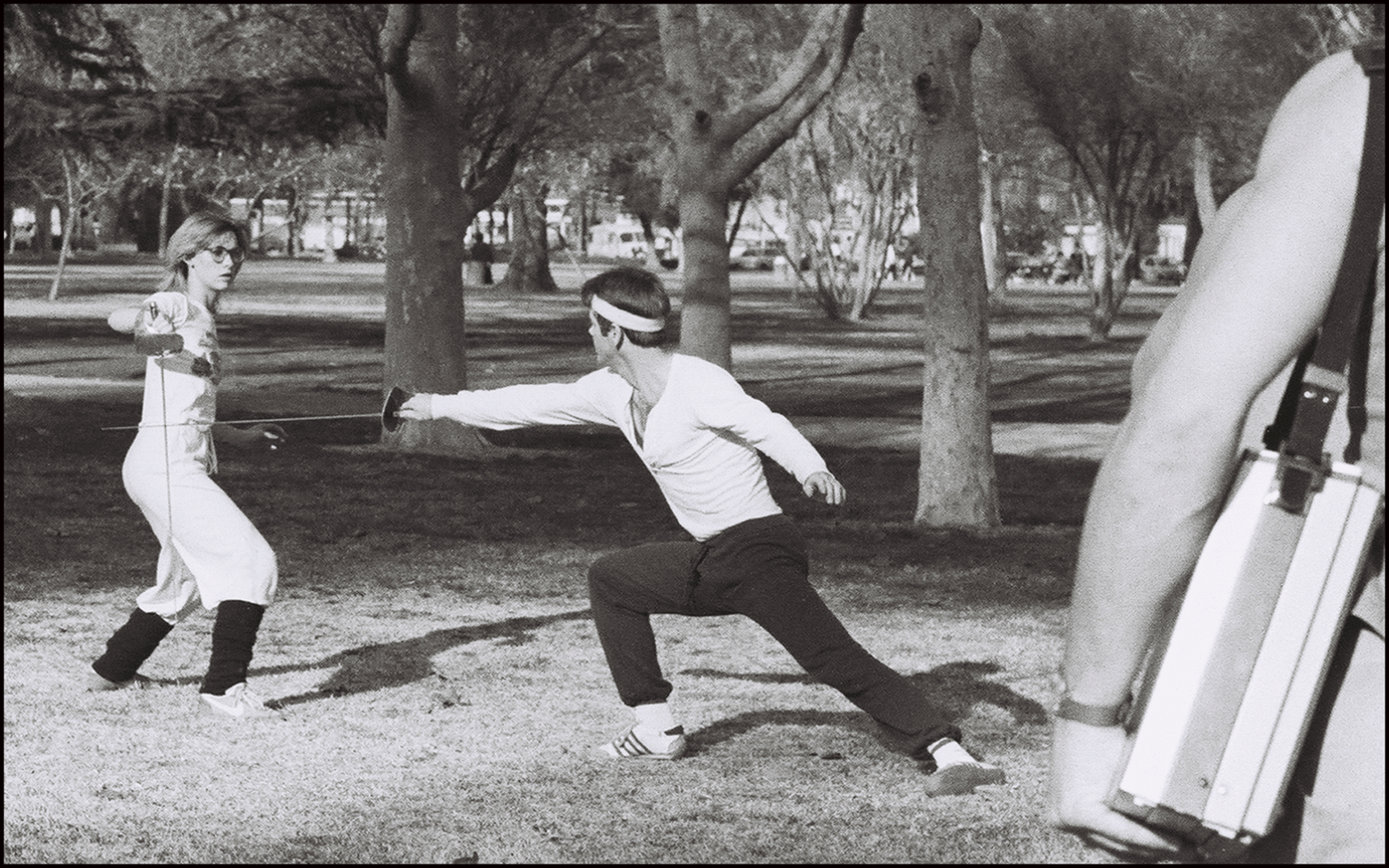
LK working out with a lady I loved crossing swords with on 3dec1981, as she was a good swashbuckler and fun to be around. That’s our coach on the right side of the image as he and a cameraman shot this workout. Alas, I never saw the filmed footage. (photo © Louis Kraft 1981)
I believe the above qualifies me to not only write about Mr. Flynn and Ms. de Havilland but to approach their lives during a very short period of time in a different and perhaps avant-garde manner. These words are key, for they provide a hint to how I’m writing Errol & Olivia. … And better, I’m going into detail and it’s going to be fun detail; fun and multi-leveled. All I have to do is make it happen.
| “Must See, Must Read” Five intriguing books and five films about the Indian Wars by Louis Kraft* Wild West (August 2014) |
| “They Died With Their Boots On (1941, on DVD, Warner Home Video): If Errol Flynn hadn’t played George Armstrong Custer, there would have been no Kraft writing about the Indian wars. Long years past through the present day, critics of this film have pounded it for its historical inaccuracy. Although true, let me invite you to actually research it—which I’ve done since the mid-1990s in preparation of multiple books on Errol Flynn (the first to be called Errol & Olivia). The thrust has been simple: In 1941 Warner Bros. feared being sued, and historical players and facts changed to fiction. Even though the film is fiction, it is so close to truths that have been disguised and altered that it’s scary. I can’t list them here, but trust me, for ’tis true. Don’t buy it? Do your own research. … Errol Flynn’s performance as George Armstrong Custer is magnificent, for he captured the spirit of the man; and Olivia de Havilland is perfect as Libbie Custer. It is arguably Flynn’s best performance, and by far their best performances in the eight films they did together.” |
| * This column is ongoing in Wild West (by contributors to the magazine). Usually five books and five films have mini reviews. I made my comments personally related to my writing career. This issue also included two other LK articles. One, a feature, “Wynkoop’s Gamble to End War,” was, I believe, the best article that I have written about Ned Wynkoop. |
Errol Flynn as George Armstrong Custer in They Died with Their Boots On just before he sets out for Montana Territory and destiny, and the real Custer 11 years before his death at the Battle of the Little Bighorn. For the record Custer set out from Fort Abraham Lincoln in Dakota Territory on his final Indian campaign on May 17, 1876. He didn’t engage Sioux, Cheyenne, and Arapaho Indians on the Little Bighorn River until June 25, 1876. This fact is here for, believe it or not, people have stated to me numerous times that Custer fought his final battle a day or two after setting out. (This image is in the Louis Kraft Collection)
A glimpse at Captain Blood
Here I’m talking about Rafael Sabatini’s great 1922 novel, Captain Blood: The Odyssey, and the classic 1935 Michael Curtiz-directed Captain Blood, which made Errol Flynn a superstar (this term wouldn’t be created until decades after his death) and Olivia de Havilland (and she said this), “a small star.”
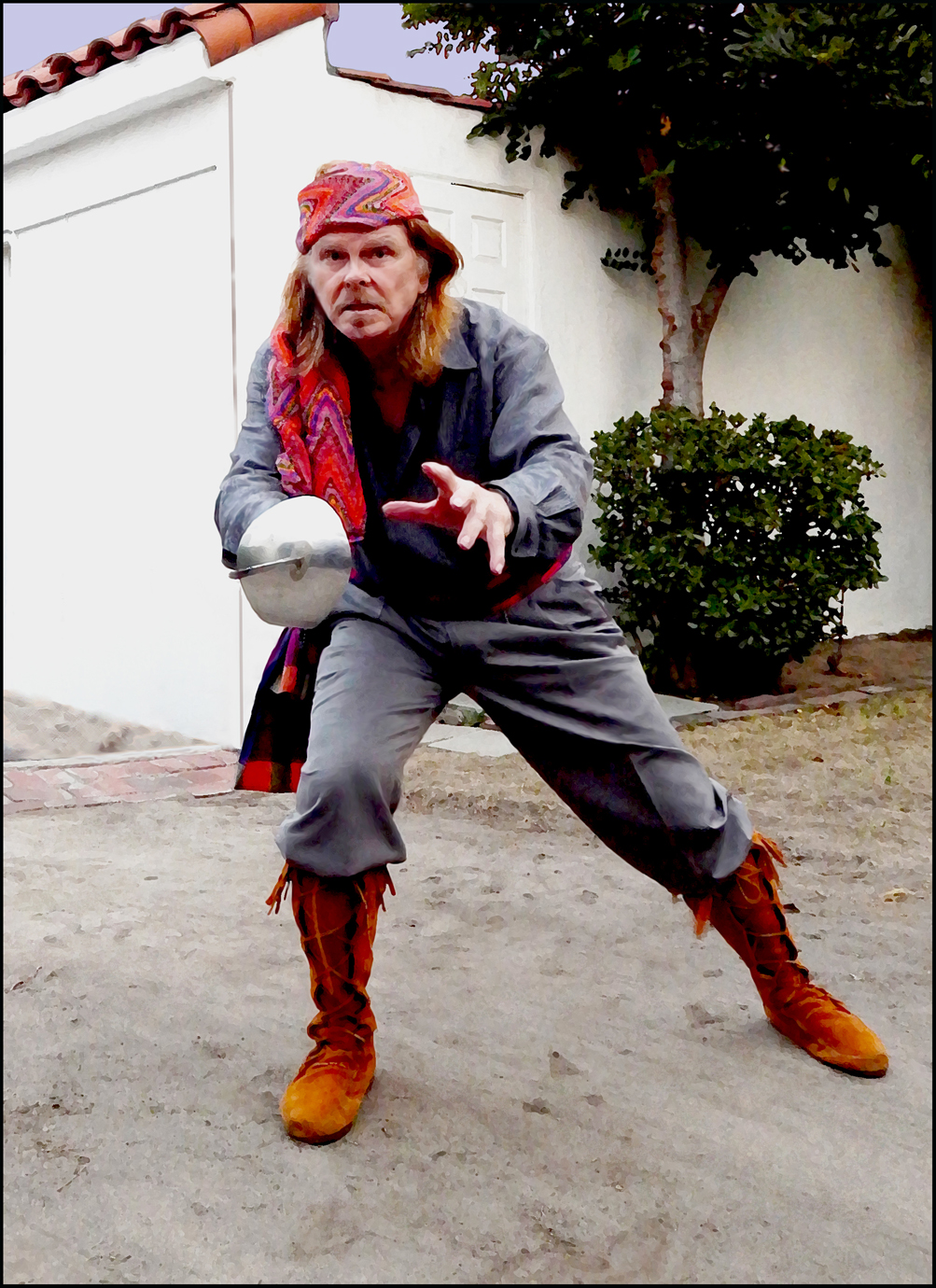
This image is based upon a photo taken during a workout shortly before nightfall on 15sept2015. For the record, stage combat/swashbuckling is done with a minimal amount of protective gear, such as elbow and knee pads. Also, in case you didn’t know, the slashing offensive moves have numbers with the same numbers attached to the defensive actions to parry (block) the attack. It’s just like dance, and both combatants must know the moves in slow motion before confronting each other in real time. If not, and one of the duelists gets lost, he/she must get back on track by calling out the numbers so that both parties know exactly what is happening, or simply back off and halt the encounter. I know this for a fact, for while playing Miles Hendon in a 135-performance tour of The Prince and the Pauper in Northern California in 1982 I came within an inch of losing my left eye when the villain got lost and improvised. After the performance the other actors had to hold us apart as I wanted to tear his head off. … When allowed, the first thing I’ll be doing is strengthening my legs, midriff, and arms, and then working out with a blade. BTW, that’s my hair. Yep, sometimes I’m a little slow cutting it. Also I was trying to sell Johnny D. Boggs to allow me to adapt his great novel, East of the Border (Five Star, 2004), which was about Wild Bill Hickok joining Buffalo Bill Cody and Texas Jack Omohundro on the stage. I wanted to play Hickok. Neither Johnny or my great friend and only director this century, Tom Eubanks, weren’t interested. After several years I gave up. You win some and you lose some. Oh, Mr. Eubanks, this image is for you. Guess why. (image © Louis Kraft 2020)
Sabatini’s Captain Blood played a large role in the creation of the Curtiz film, which is in stark contrast to his terrific novel The Sea Hawk. I’ll spend a fair amount of time with the story line of the film, as I think what I’ll say is important. Also, what I have discovered this year has improved my view of the film at least tenfold.
I don’t think that I’m giving anything away when I state that the only thing that Warner Bros. used from Sabatini’s The Sea Hawk, was his title.
That’s it? That’s all you’re going to say about Captain Blood?
I know, … I know, and I know, but I need to say something and it is important:
I could easily add 7,500 words to this blog discussing Captain Blood, my progress with Mr. Flynn, Ms. de Havilland, and the early part of their life and times working together at Warner Bros. The lead-in to this section guarantees that I must keep my mouth shut or face the consequences—the ongoing theft of my copyrighted material, and facts turned into readable prose is a much greater loss than the images. Besides if I share everything there would be no reason for you to buy the book.
I track the thefts. Obviously I don’t have the money to sue each and every cretin. This said, if I ever meet one of them in the flesh, I will deal with them exactly as Mr. Flynn dealt with columnist Jimmie Fidler. Those of you who know Flynn, know exactly what I’m talking about (but it will be juicier than what you know); those of you who don’t will be in for a treat.
E&O on a daily basis
I bought this book (left) when it was first published in 1962, and although treated with kid gloves it hasn’t aged gracefully. The pages have all yellowed and the cover has begun to darken on the edges. There are a lot of quotes in the chapter on Flynn, but I don’t dare trust any of them. That’s right, my view of this book is not worth stating here. All I’ll say is that it won’t appear in my bibliography unless I decide to use a small portion of it to demonstrate how amoral writers deceive their readers. Honestly, this isn’t going to happen for I’m not going to waste any of my word count on a book that should never have been published.
One Flynn historian (who was clueless on how to write nonfiction, and lordy-lordy help us for the fiction will fly fancy-free with zero documentation when his BOOK to END ALL FLYNN BOOKS sees print. I know this for a fact, for after he provided me with a great quote, AND after a month’s worth of my time searching the confirmed archival file for the proof of what he provided, I realized that he was F—g me in the rear end; his research was pure bullshit). This clown once asked me why I read everything that I can get my hands on that is related to my research on Flynn and de Havilland. My answer was simple: “If you don’t know what is in print, regardless if it is accurate or not, you’ll never know this unless you read it.” This was above his egotistical comprehension. Let me just say this, a lot of what has been published about Flynn and de Havilland is error-riddled crap. Lucky us, for there is yet another book moving toward publication that will join this club. If it is ever published buy it at your own risk.
For example, the nonfiction book, “Get Me Giesler” (above) by John Roeburt (the title of the book is a quote). Jerry Giesler was the famed defense lawyer who took on Errol Flynn’s statutory rape case in 1942. I don’t know what I thought about the book in the dark ages. However, now I view it is a sensationalized piece of crap. Of course it is loaded with errors, some of which are egregious. Outrageous might be a better choice of words here, for when the author introduces that Flynn was again confronted with sex with a minor when he had just married his third wife, Patrice Wymore, in Europe, the reader is told that this crime again took place on his ketch, the Sirocco. As Errol had sold the Sirocco not too long after he was acquitted of the charges in 1943, and didn’t marry Pat until 1950, this error pops off the page. Why? Was Roeburt shooting from the hip and didn’t confirm any of his facts? Or did he do it on purpose to make a parallel comparison? If yes, why? These types of errors also make me wonder how many other errors are present in the book. If ever you read the book, and see what I’m talking about, you should also ask the same question. Mainly, are Roeburt’s errors simply piss-poor research or did he create them on purpose? Trust me, this is an either/or question.
Although writing isn’t everyday, for the simple reason that the days aren’t long enough to get everything on my daily list accomplished. More, research is ongoing from day to day. It might be working on tracking down something that may have happened and may not have have happened. Regardless, I must know the answer. Or it might be rummaging through my massive collection of primary source documentation. When I do this, I’m usually looking for something that I know I have and want to add it to the manuscript. Or it might be spent reading selections from my massive library on Mr. Flynn, Ms. de Havilland, and the supporting players in their lives.
Errol, Olivia & the Sand Creek story
One of the things that took so long to complete Sand Creek and the Tragic End of a Lifeway was that I needed to get the historical events in the correct order (no easy task) and bring the main and supporting players to life (and this was totally based upon their actions, their words, and what other contemporaries said about them). This is exactly how I intend to present Mr. Flynn and Ms. de Havilland.
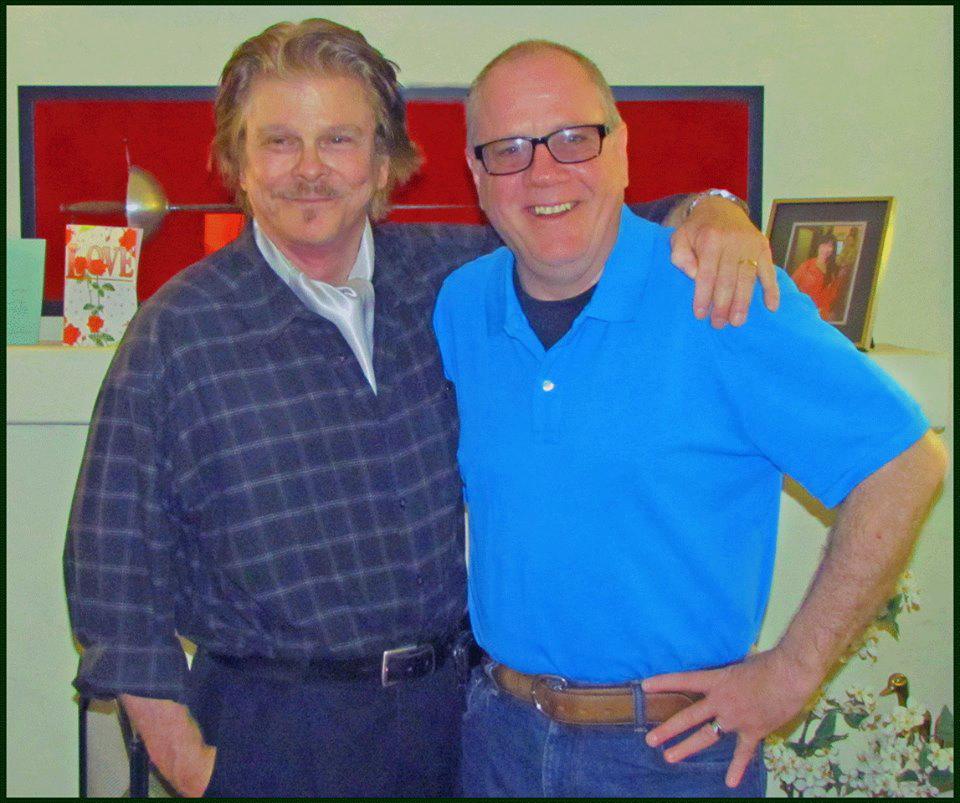
Pailin took this image Tom McNulty at our house on 11apr2014 when he and his beautiful wife Jan visited. (photo copyright © Thomas McNulty, Pailin Subanna-Kraft & Louis Kraft 2014)
I’m certain that many of you who know anything about Errol Flynn’s life are acquainted with Thomas McNulty’s magnificent biography of him, Errol Flynn: His Life and Times (McFarland & Company, Inc., Publishers, 2004). If you aren’t aware of Tom’s book, or haven’t read it, do yourself a favor and get your hands on it. I first read it when it was published, and immediately realized that it was—by far—the best biography written about Mr. Flynn, actor, writer, sailor, father. It was then and it still is today. I’m proud to call Tom and his wife Jan friends.
Tom went the extra mile with his EF book, he did a massive amount of research and added a lot of information that isn’t present in other biographies—that is, he did everything possible to bring Errol to life using his actions, quotes, and others’ thoughts about him.
**********
Like my writing about race relations between Cheyennes, Arapahos, Apaches (and soon to be Navajos), and whites, I have a fairly large network of Flynn/de Havilland archives and knowledgable people (and most are friends, but due to the distances between us some I only know long distance. Those of you in this category I hope to meet in the flesh someday. Flesh? Meaning naked? If you are a beautiful woman, yes! A man? Absolutely not! Regardless of your view of these words by LK, for true or not it was just my mind floating in Na-na land, Pardon me.
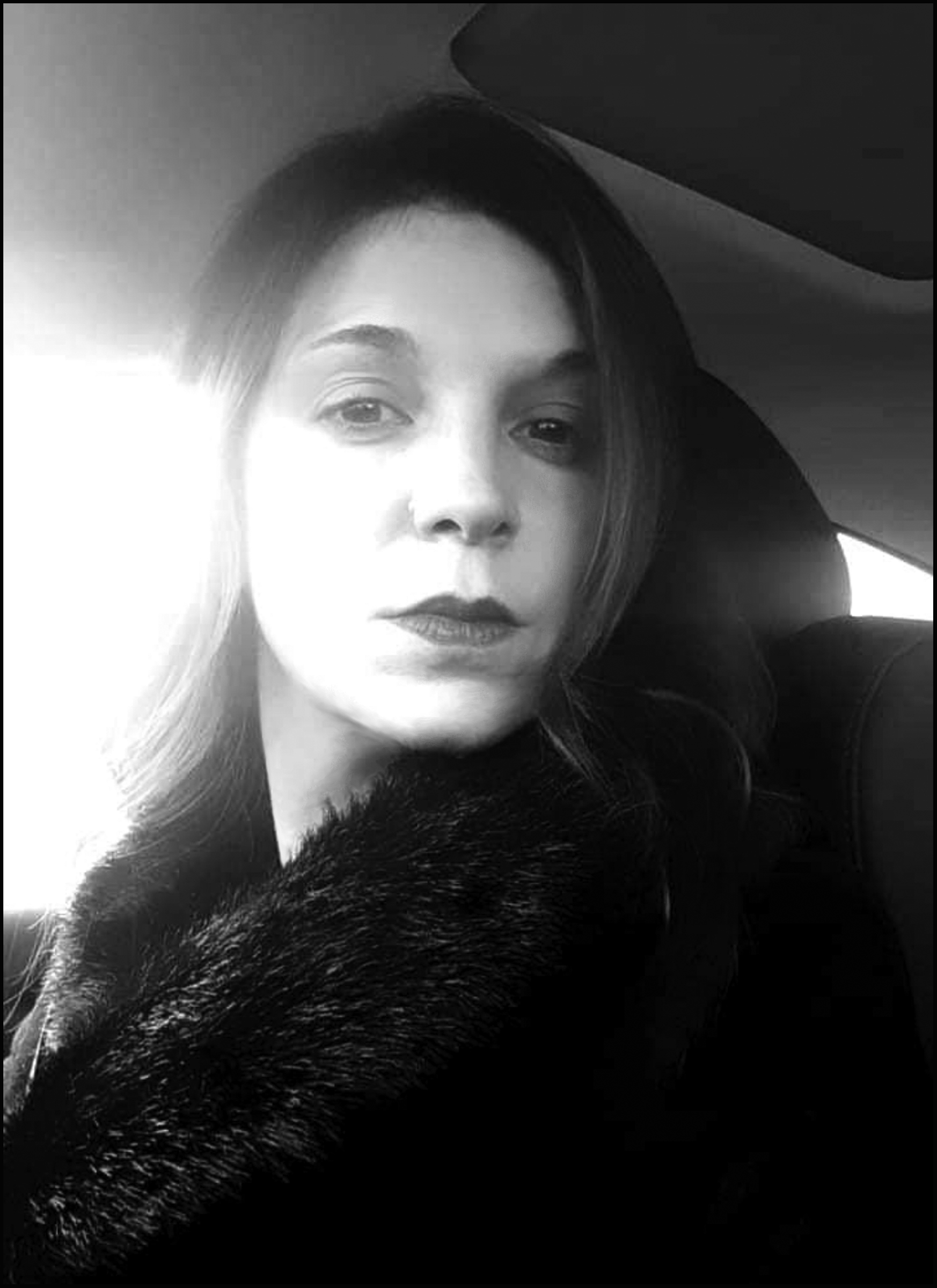
This photo of Selene Hutchison-Zuffi was taken in November 2019. She is a historian who works at the Duncan Tavern Historic Center in Paris, Kentucky, who loves to research, is an avid reader (“an avid reader” … my kind of person), and has a deep-rooted interest in the study of Errol Flynn. Because of this David DeWitt made her a co-administrator on his The Errol Flynn Blog on Facebook (also see below). (photo © Selene Hutchison-Zuffi 2019)
To repeat myself, E&O is about their life and times, and if all goes as planned I hope to add a lot that you may not know about them, and not just the good (although there will be good where you thought there wasn’t). All lives are not all good, although in many memoirs and biographies the subjects are pristine individuals without any faults. I have trouble reading these books for all of us—certainly me—have made decisions that weren’t good or mistakes we shouldn’t have made along the way. This is what makes us who we are. Errol and Olivia are no different, and by showing who they were/are will hopefully bring them to life. What I share will not be all positive and certainly not all negative, for the story will be about two people who thought they acted correctly when they did what they did. Trust me, Errol and Olivia were/are two exceptional human beings. Both were/are very intelligent; both were people of the world (Errol beginning with his early days and Olivia when she decided to change her life’s course); both were very desirable to those who knew/know them or wanted to know them; and damn, but both had/have great senses of humor. They were/are real people with real emotions and desires, and not clichés.
I am responsible for every word I write that is published. it doesn’t matter
if an editor messes up my facts or stuffs something into my manuscript that they
know nothing about but spit forth crap as if they are God’s gift to the published word.
When I fix their errors back to what is correct, I expect to see it in print. But sometimes this doesn’t happen. Sometimes the fixes make it into the proofs but then poof! They
are removed from a final proof that I wasn’t allowed to see. It makes no
difference why this happens, for whatever the reason for the errors,
theirs or mine, are now mine and only mine. Everything is on me.
Everything. … This said, I love my editors no matter how livid
I may become when something that should
have happened didn’t.
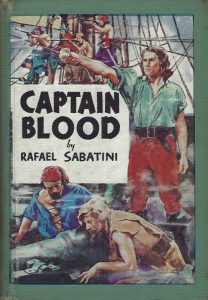
This is a library binding of Sabatini’s book that I purchased from a library used book sale in the San Fernando Valley decades ago. It is a 1950 reprint of the classic 1922 work.
As with all my writing, and I can’t stress this enough, is how much people help me during the entire process of discovery and comprehension while I slowly piece my manuscript together. The process continues until the work is published, and often never stops unless I decide to walk away from the subject. Selene (her photo is above) is one of these people who has kindly helped with E&O. Better, this has led to a friendship.
Oh, one more thing and it is important. Over the years I have talked about Captain Blood and The Adventures of Robin Hood (1938), and some Flynn and de Havilland historians and fans haven’t been too pleased with some of my views—which I will discuss in E&O. This year I have spent a lot of time with both films digging through my primary source research, studying the scripts, and viewing selected scenes from the films that will be highlighted in the book.
To those of you who think that I need a good stoning or tar and feathering for my heretical views, mellow out. My opinions of both films* have improved considerably, and this, too, will be highlighted.
* When I complied a top 12 Flynn film list a number of years back Captain Blood and The Adventures of Robin Hood didn’t make the cut. I know, heresy. Neither did Four’s a Crowd, which I love and would have made the list if it been a top 13 list. Flynn and Livvie, as he called her, shine in this film.
Some thoughts that aren’t new
Before louiskraftwriter.com I had the long dead louiskraft.com, but I didn’t design or control it (I only supplied the words, images, and links). Eventually I couldn’t get anything updated (nothing—nada), and it didn’t matter what I offered $$$-wise to get the website updated. This was a joke, a bad joke, and there were other reasons that I couldn’t get it updated. Enough was enough! I walked away and waited for it to die a lonely death. A website (or blog) must be a living presence on the internet (and the administrator can’t disappear). A website/blog can’t be static. The end had been coming for some time, but when the website vanished—gone as if it had never existed I didn’t know it, as I wasn’t informed. It took months before I stumbled upon its demise. … A fleeting image, a ghost, remembered but no longer reality.
About two years later great bud and Errol Flynn expert David DeWitt visited LA and stayed at Tujunga House in early 2013. I had already been planning to create louiskraftwriter.com (even though I didn’t know what the name would be at that time), and he hooked me up with PressHarbor and set up the key information for the new website & blog. He also provided me with some training, a lot of tips, and information on how to proceed.
See David’s great The Errol Flynn Blog, and also his The Errol Flynn Blog on Facebook, both of which he administers. Selene Hutchison-Zuffi, who has become my friend, is also an administrator on the EF Facebook blog.
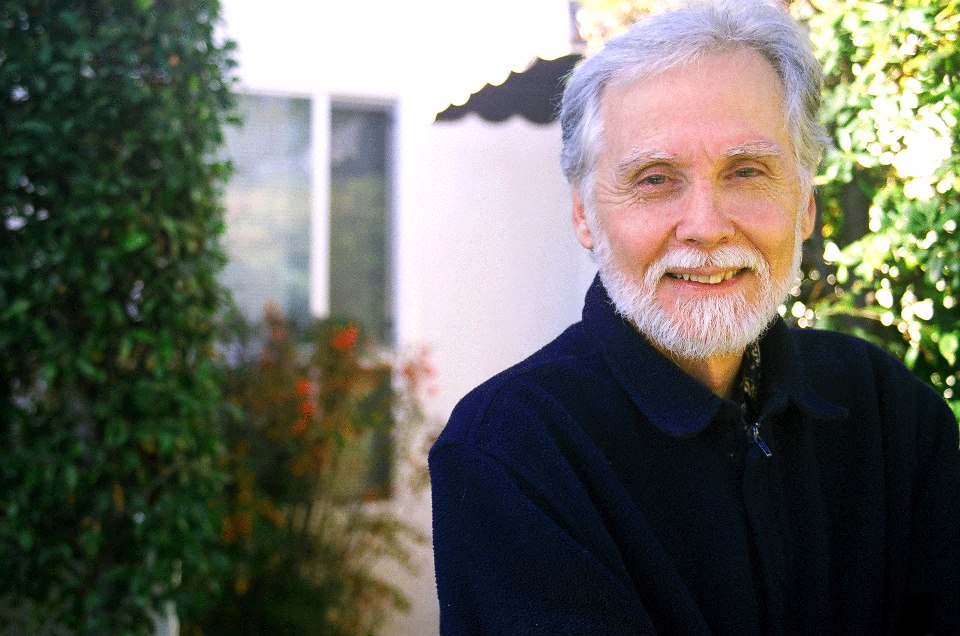
I took this image of David DeWitt in the front of Tujunga House in January 2013 when he visited and helped me set up this website/blog. Great times for LK. (photo © Louis Kraft & David DeWitt 2013)
David is an extraordinary gentleman, funny, bright, and I can’t begin to tell you how many great hours we shared just letting our minds connect and flow deep into the night while we talked during his visit. Certainly we discussed Flynn and Olivia de Havilland during his visit, but we also chatted about our current worlds—his and mine—and our past worlds. David is one of my great friends and a go to-expert that I respect.
We live near oceans. I have a mountain range (Santa Monica Mountains) between me and the Pacific, which means if ever a tsunami assaults SoCal as has have happened to Thailand, India, and many other locations Pailin and I will survive the devastation (I shouldn’t say this, but will: there are a lot of stories to tell about LK and the Pacific and some of them are R-rated). David lives on a beach on the South Carolina coast of the Atlantic. When he shares some of his images that he has taken while walking along the sand it looks like heaven. I can’t tell you how envious I am, if I ignore the hurricanes. … Luckily we have a great relationship that grows and thrives. I just wish that we were both lived on the same USA coast.
As everyone who sees these blogs knows that louiskraftwriter.com deals with my thoughts on writing, history, work, life, opinions, and sometimes craziness. I don’t need to say anything else about it, other than when you visit I hope that I don’t bore you to tears.
The website has been updated; some pages have vanished while others have appeared, and certainly Errol & Olivia is featured under Projects.

Something that hasn’t happened—yet
Jasmine took this image of Taipae, her dog, and my beautiful Pailin at Green Day Spa on Halloween 2016. (photo © Pailin Subanna-Kraft 2016)
In mid-September 2016 I learned that louiskraft.com would become available to purchase at a bargain, and I started the process to buy it. Why? I don’t know, but it didn’t matter, for after I had the winning and only bid I was told that they wanted more money. Adios, amigos. Viya con Dios (Go with God). End of subject. No loss for LK.
Timing is always everything. At that time when the website name became available, but before I realized it was a scam, Pailin had presented me with a Thai word that she told me meant “happy.” When I started using it, she laughed and laughed. Something smelled fishy, but what? Finally we agreed that I’d use the word as it related to a friend (forever unnamed) and she’d film it. Afterward she laughed and laughed. We viewed the video together and she again laughed and laughed. I had used an angry interpretation of the word but couldn’t understand why she was laughing. She enlightened me somewhat, but not totally. I told her that I needed a take no. 2. We taped it. Much better, as I came across sincere, but she couldn’t stop laughing when I viewed it with her. Why? She refused to share the reason. I said that I’d post take 2 on You Tube.”No! No!” she exclaimed, “You can’t do that!” “Huh?” Silence. … I pressed her for what was really going on and eventually she told me the word’s real definition. … What it really meant, … and it wasn’t close to what she had originally told me. The word actually meant something totally different—something good, something that’s always on my R+ rated mind (sorry, but no details are forthcoming).

Pailin at Tujunga House on 22nov2018—Thanksgiving. (photo © Pailin Subanna-Kraft & Louis Kraft 2018)
My turn. I laughed and laughed. She was right. Neither tape could ever be posted anywhere. Ever!
*****
Still the two tapes gave me an idea on how to try to expand my writing projects to the public. Heck, you never know—it might even bring in extra money. Wouldn’t that be nice? More important, this idea might be another way for me to raise questions that I need to ask. How can I truthfully write about people if I’m unclear who they were or why they did what they did? … Alas, this still has not happened due to time limitations. Fingers are crossed that it may now be in my near future.
February 14 throughout time …
Time is short, and I don’t have much to spare, but this day has always played an important role in my life. … And it continues until this time. Actually the here and now is much-much more important than ever.
February 14 is Pailin’s day and it is my day, and nothing can
change this. Ever. Night has arrived. The Vette is ready to growl
(something that makes my lady nervous, but it shouldn’t as the car
and I have bonded over the years). We are off to celebrate not
only this special day but also our marriage on this day in
2014—time flies when you are in love for all time.
(photo © Pailin Subanna-Kraft & Louis Kraft 2020)
Oh yeah, the wrinkles are deeper now, thanks to the past nine months.
Still, I’m grateful for each and every minute since June last,
for this time has been the most special in my entire life.
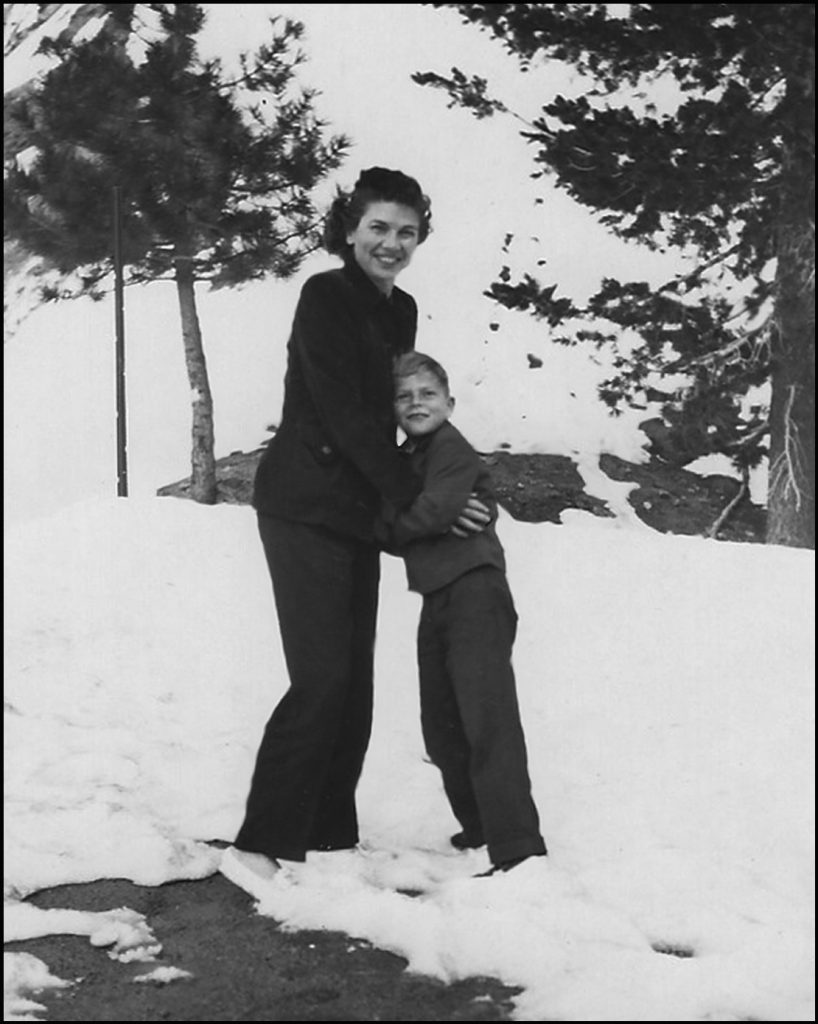
This image of us playing in the snow was taken in 1956; most likely at Mount Baldy, which is local to Los Angeles and was an easy drive from Reseda, where we lived in the San Fernando Valley. (photo © Louis Kraft 1956)
My mother was my first Valentine
And she was so for many-many years. As the song that Elvis Presley sang and excelled at, says, “Oh, mama liked the roses in such a special way …,” and mine did, especially on Mother’s day and Valentine’s day. I was a mama’s boy, and I can’t begin to tell you how close we were over the years. … We still are.
It’s hard to believe that she’s now been gone for over forty years.
Five women who played major roles in my life
I’m not sharing their names (but you know one of them for she’s in this blog—and she and one other are the only two people I would forfeit my life for in a heartbeat), but some of you may have known one of the other three. There are stories to tell here. Some would make you laugh; others might make you cringe. This said, I’m lucky to know or have known all five. … One I still have contact with and another currently plays a huge part in my life (our relationship has grown and matured over the decades).
My father
He was never my Valentine, but he was forever present in my life … as I was in his (and there are stories to tell here; I could write a book about our relationship). Over most of those years we clashed, and yet he always had my back. There was never a doubt that we loved each other, although at times our actions may have seemed to contradict this. … As the years passed and he grew frail I took care of him, and saw him three- or four- or five-times each week. We ate together, drank together, joked together, discussed our lives (past and present) and enjoyed each others company.
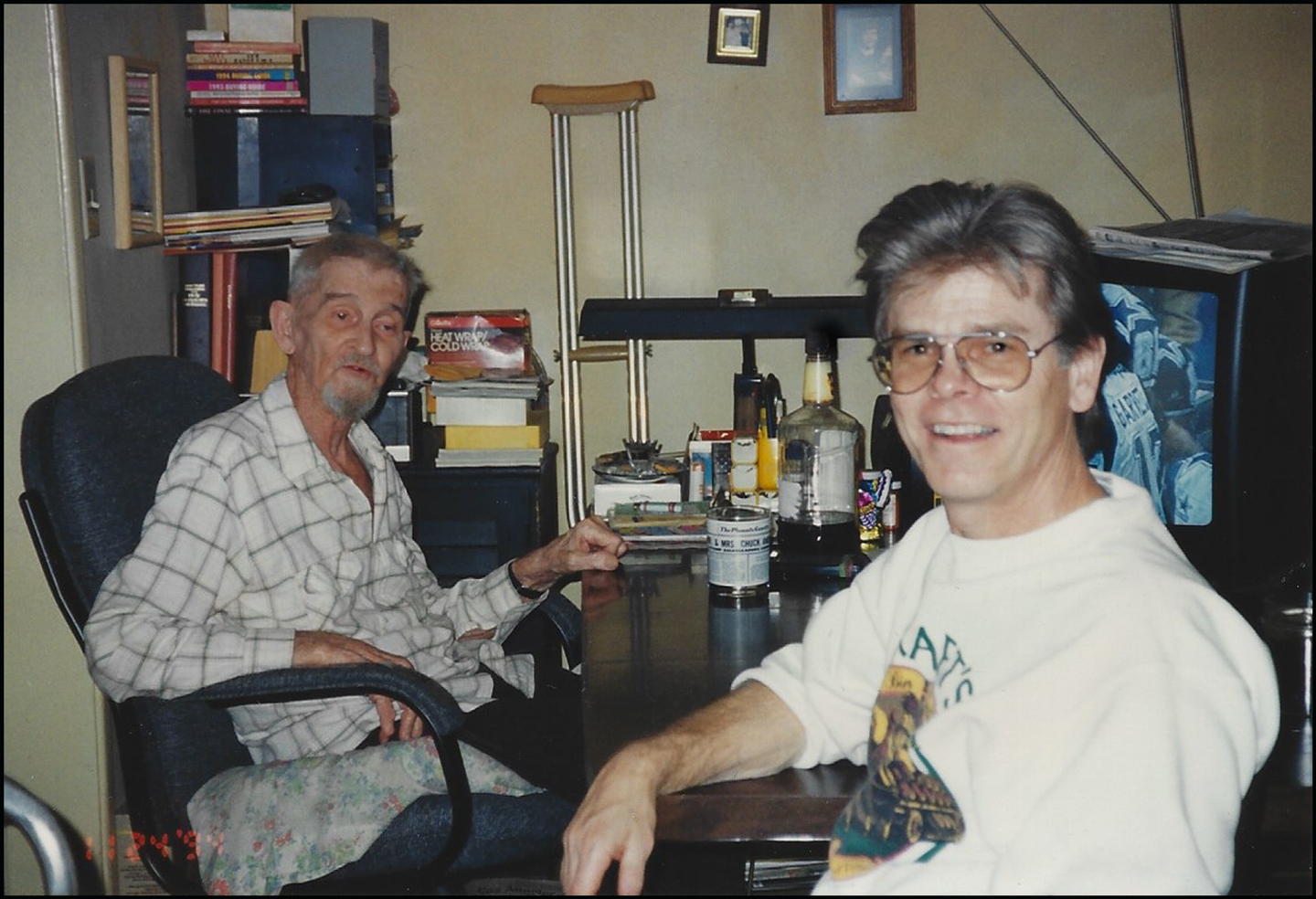
When this photo was taken I wrote for Storm Control Systems, a company that created software that controlled unmanned spacecraft after they were in orbit. We had one customer, the Hughes Satellite Wing of the Hughes Space and Communications Company, which was across the street from us in the South Bay of Los Angeles County in El Segundo. My hours began at 6:00 am and the 26-mile drive was a breeze, but it didn’t matter if I left at 3:00 pm or two or three hours later—the drive was a nightmare (at least an hour and a half to his house and two to mine). I did all his shopping and ate with him about four times a week. Although he was totally against me not following in his footsteps, he saw every play I did locally and read and commented on my drafts, screenplays, articles, and books. On this day (probably a Sunday) we were watching a Dallas Cowboys football game. Johnny Unitas was my man (and always will be). I did like Joe Montana, and Jim Plunkett looked like he played sandlot football (which I did often) but he won some big games. They were gone and I dropped football like a hot potato, except when with my dad—although I did enjoy John Elway’s perseverance. It took Tony Romo (near the end of his career) and Tom Brady to bring me back to football. In this image my dad was enjoying a glass of whiskey and water or Coke, and I may have had a glass of vodka and juice. (photo © Louis Kraft 1998)
My presence, along with a family with three boys across the street, did everything we could so that he could remain in his home. We almost succeeded, but he became so frail that he needed to spend time in an assisted living facility. He was there a week, maybe a little longer, and I could see he wouldn’t leave. I saw him and spent good time with him every day. On a special evening as I was leaving, he said, “I love you.” I always knew this, for during our entire lives together it was obvious. This was the first and only time he ever said this to me.
The next day, February 14, 1999, began early in the morning but quickly turned into a long day and night in living color—a nightmare without end. He died shortly before the wee hours of the fifteenth. This seems like a terrible memory. It wasn’t, for I was lucky to be with him to the end. It was as it had been when his wife/my mother died nineteen years earlier—just him and me (although on this late afternoon and evening three ladies/two are still major in my life) were with me even though a wall separated us when the time arrived. … Afterward my daughter and I were then able to spend time with him.
| I’m one lucky cowboy, for my father gave me the strength to follow my own trail. |
Pailin’s perfect day
The following was mostly pulled from social media, but I posted it there so that it
was ready to place here. Those that have already read it, my apologies for
my lady’s perfect day was a major piece of her life and it belongs here.
As some of you knew I had problems beginning in late January before exploding into burning pain by mid-February. Unable to learn how to deal with it online I figured out how to work around this to allow me to escape from captivity even if only for a short time—don’t eat anything.
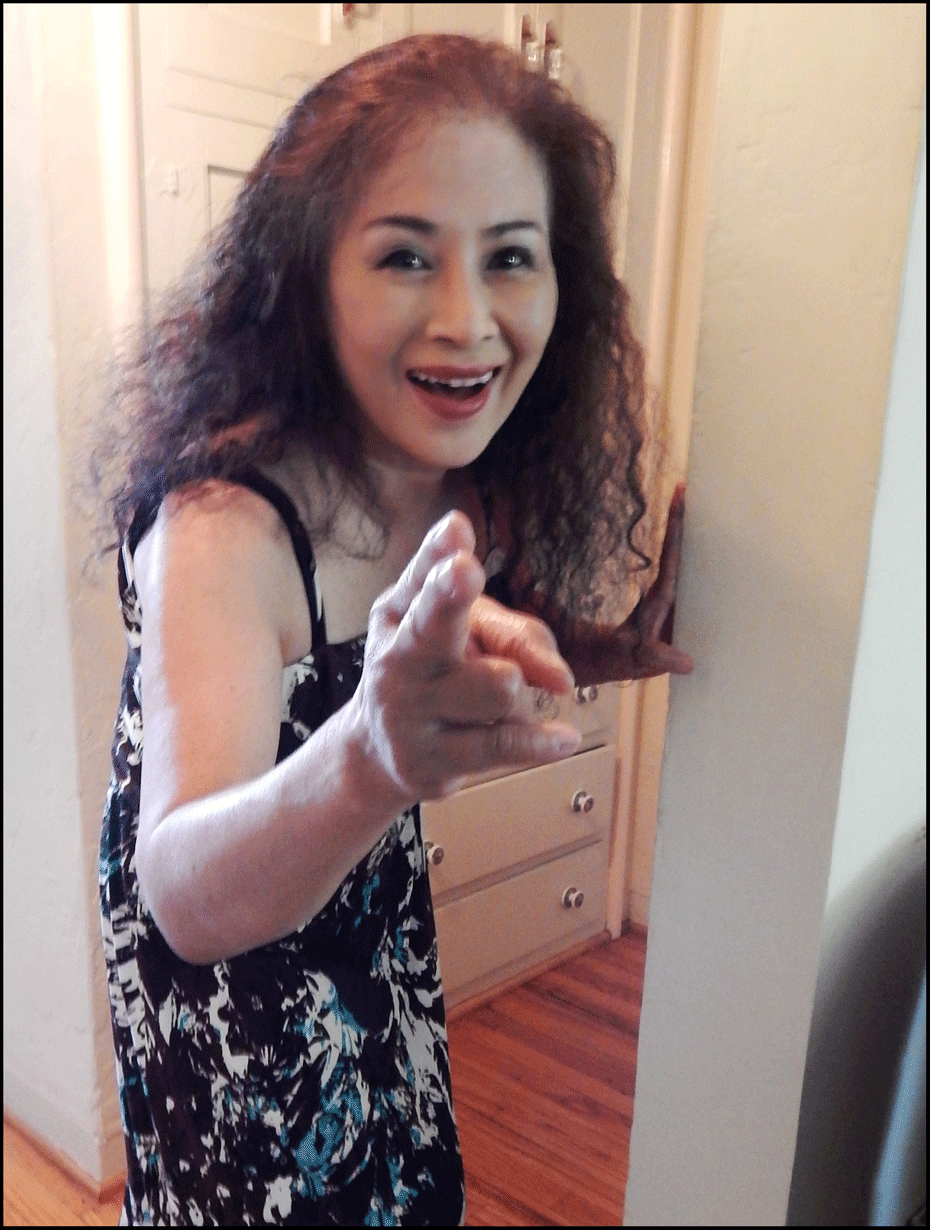
Pailin playing finger guns with me on 17jun2015. It’s a combination of hide and seek and shooting each other. (photo © Pailin Subanna-Kraft & Louis Kraft 2015)
Also, as some of you may know, Pailin and I are much alike. We are goofballs and we make each other laugh all the time. Perhaps this is because we are still kids at heart. We also have total focus on what we want to do, what we want to accomplish, and we do whatever is necessary to make this happen regardless of what we must overcome.
March 10 was an important day in my lady’s life and I wasn’t going to miss it. She drove while I chattered away, kept my legs as straight as possible, and applied pressure to the lower right side of my abdomen. The early morning rainstorm pounded her car while she maneuvered her way through bumper-to-bumper traffic while avoiding numerous freeways. She was heading to the USCIS building in downtown Los Angeles. This is a place that we both know well, and she intimately, for although I have been in key meetings there with her, on this day it would just be her. Oh, if you don’t know, USCIS stands for United States Citizenship and Immigration Services.
The rain had stopped by the time we reached her destination, and this was lucky for us for after we took an elevator up to a courtyard in a mall I led us up the wrong staircase. Outside we should have been facing the USCIS building, but weren’t. Still we crossed the street to figure out where we were. As it turned out we had used the wrong elevator, and the courtyard looked the same to the east and west staircase exits. As we could see the building to the west we worked our way to it. The cane worked fine as did the pressure I held on the trouble spot. Once inside the building and in the correct room Pailin checked in and sat down to await her turn. I tried to get comfortable while standing, but couldn’t do it. We had discussed this, and had agreed that I would return to the car.
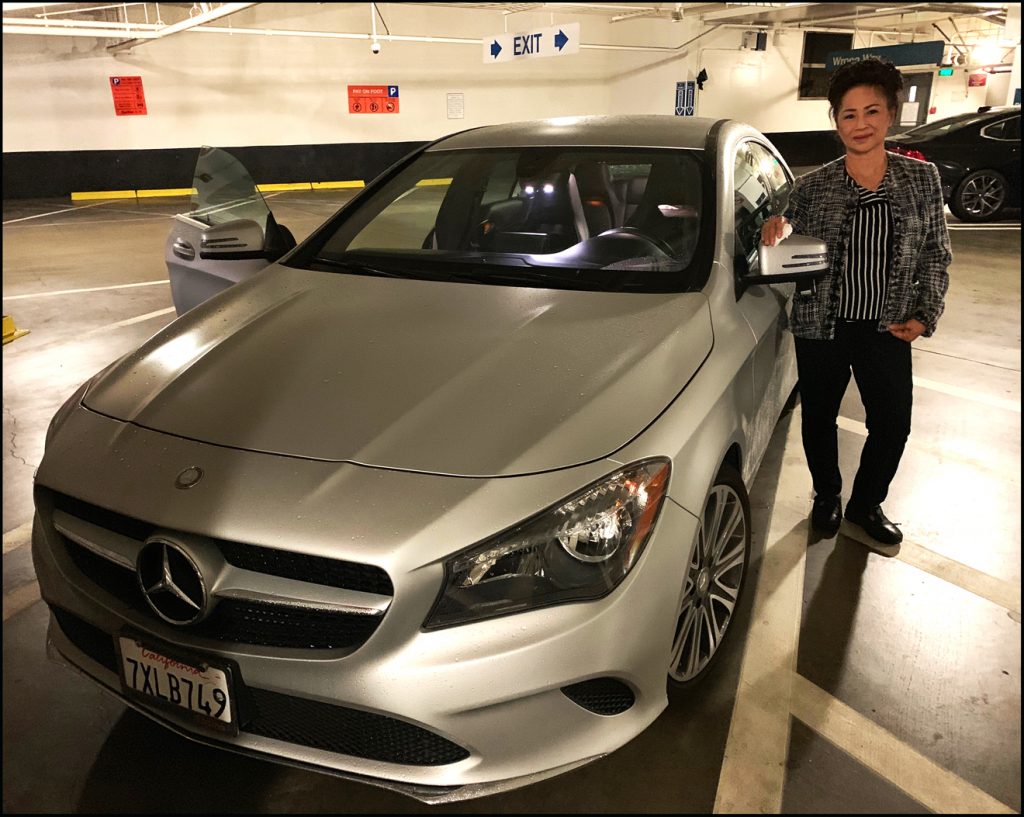
Pailin in the huge garage across Los Angeles Street from USCIS on 10mar2020 (photo © Pailin Subanna-Kraft & Louis Kraft 2020)
As it turned out Pailin’s interview was elsewhere in the building. As she reached the door for her interview the person before her exited the room crying. Pailin knew immediately why, for this lady only carried her passport and what looked like her appointment letter. In stark contrast she carried a large briefcase with all the required documentation, including five years of tax returns, all the original documents from her life, which also included our marriage license, photos, her and my passports, and on and on. She also had two books that I had dedicated to her. She had studied for months (including a document with 100 possible questions to a handful of films and slideshows that showed the process as well as presented different questions), and I can’t begin to tell you how much her spoken and written English had improved. She had a good idea of how the meeting would play out and was not upset by what she had just seen.
She called me after she returned to the courtyard, and I hustled to get to her. She was so excited and happy. We hugged and hugged, and I’ll never be able to tell you how proud I am of her for it is beyond belief.
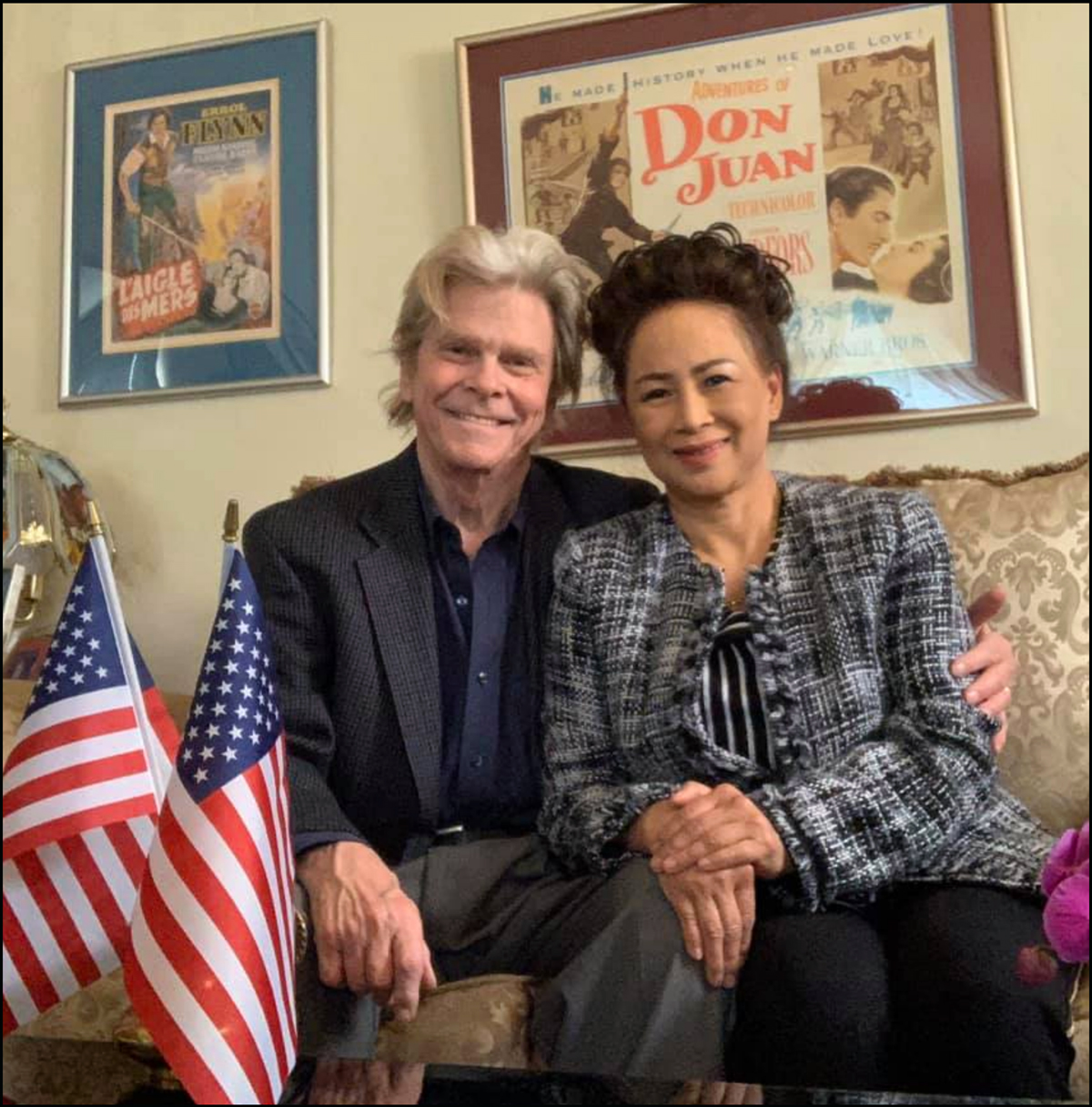
Pailin and LK shortly after see aced her USCIS interview. (photo © Pailin Subanna-Kraft & Louis Kraft 2020)
Pailin’s interviewer was a Latina, and the entire meeting was casual; that is, they mostly talked about this and that in Pailin’s life with the USCIS agent randomly slipping questions into their conversation. Basically they chatted and got to know each other a little. The meeting focused on Pailin’s life, civics, U.S. history, and the English language.
Pailin told me that the USCIS agent asked her about the drive that morning and how long it took, her name, her employer’s address, why did she travel to the United States, what is the number U.S. senators, how long has she lived at her current address, when is the presidential election, how did you meet your husband, … There were no numbers to the questions, and she answered everything correctly. This also included few questions on a tablet that Pailin read and then wrote her answers. After a while the interviewer said to Pailin, “We don’t have to go on, for you have answered everything correctly, and I can see how much you love your husband and living in the United States,” … yes, my lady was enthusiastic and full of joy with some of her answers … “and I have recommended that you become a United States citizen. You’ll learn the answer soon.”
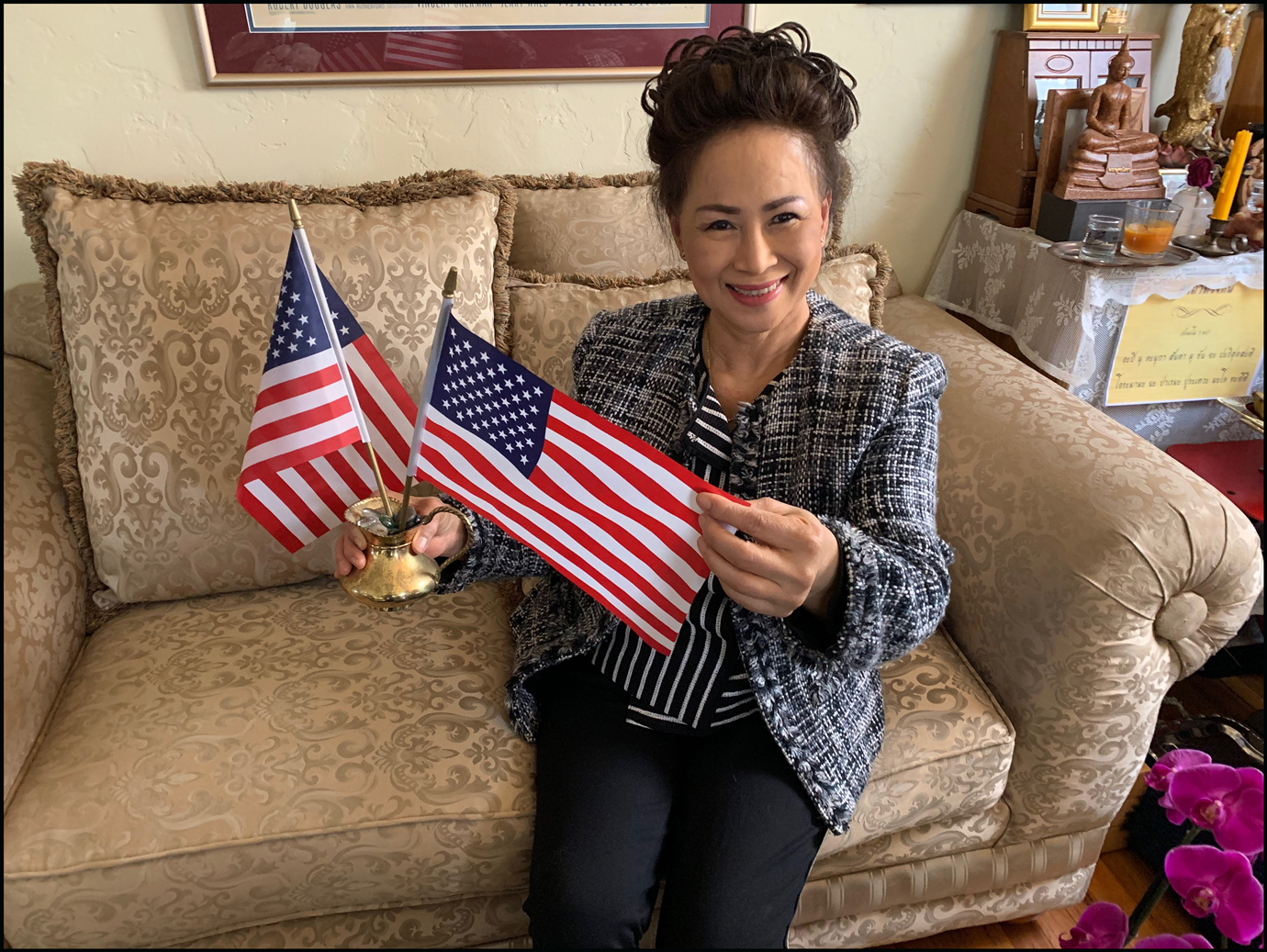
I took this photo of my happy lady shortly after we returned home from her USCIS appointment on 10mar2020. (photo © Pailin Subanna-Kraft & Louis Kraft 2020)
Before the day ended Pailin received notice that her application to become a U.S. citizen had been accepted. The ceremony wherein she would swear an oath to allegiance the U.S was set for March 19. Appropriately just days before she swore her oath of allegiance, the ceremony was postponed due to the novel coronavirus that has been sweeping across the USA (in particular Washington, California, New York, and now also Florida) and the rest of the world. Whenever it is rescheduled you can bet that I’ll be present with a huge smile on my face.
Dr. Jekyll & Mr. Hyde or is it …
Dr. Kraft & Mr. Hyde, and a surgery
Some of the classic writers that were prolific in the late nineteenth century or the early twentieth century or both have been some of the writers that I’ve enjoyed over the decades, from Robert Louis Stevenson to H. G. Wells to Edgar Rice Burroughs to Rafael Sabatini.
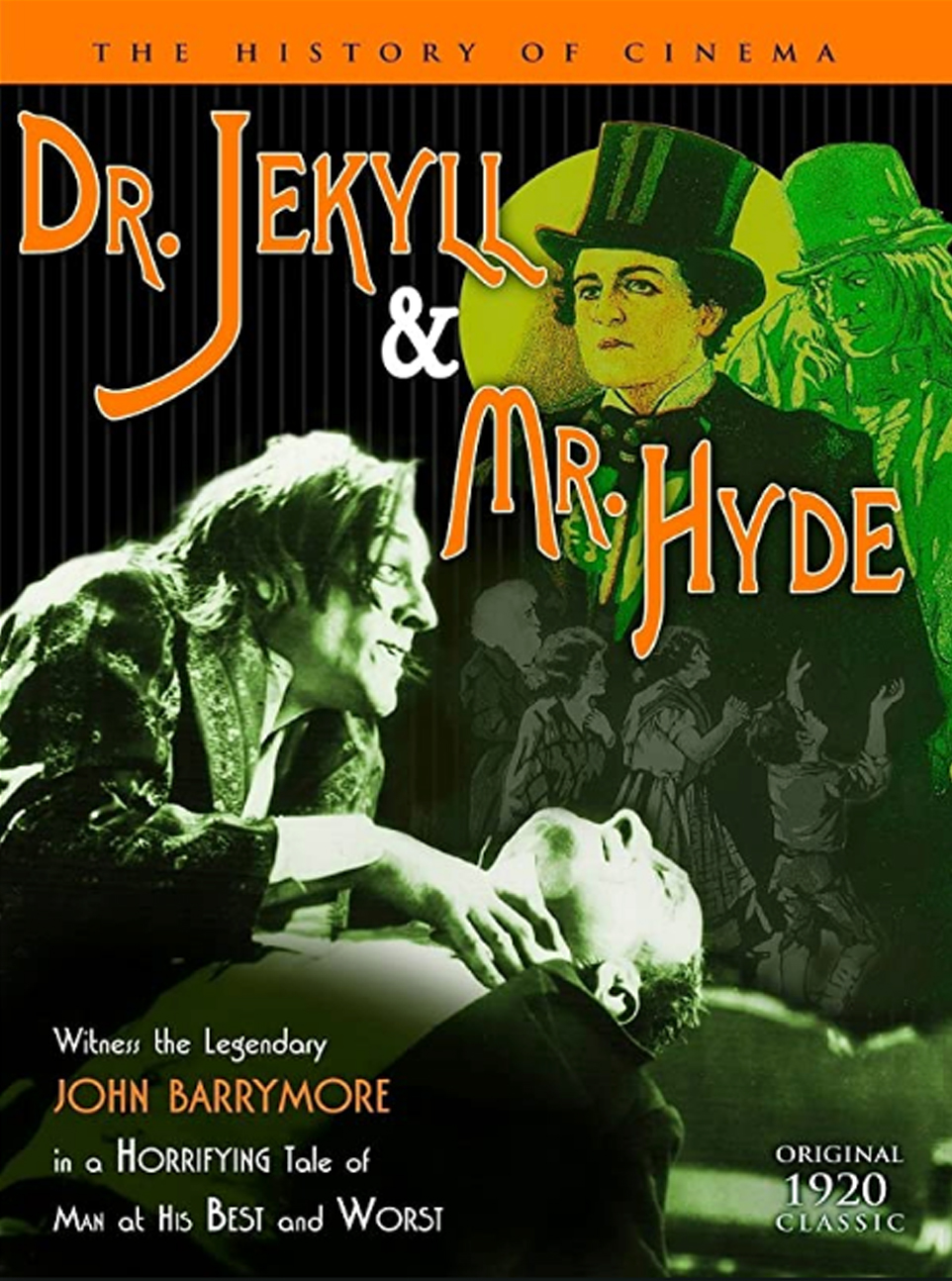
John Barrymore as Mr. Stevenson’s creations on a video cover (BTW, it’s on Amazon Prime). My mother told me more than once that her father was amazed with the Great Profile’s transformation from Dr. Jekyll to Mr. Hyde on the Broadway stage. I have yet to confirm that Barrymore played Jekyll/Hyde on Broadway and think her memory had been off and that her father/my grandfather (who died when I was six) was referring to the 1920 film.
Certainly Stevenson’s The Strange Case of Dr. Jekyll and Mr. Hyde (1886) is a classic. At times I feel that I would be perfect casting to play both roles, and I could make the transition from Dr. Kraft by not getting a shot and nine days of declining pills; that is four pills twice for three days, three pills twice for three days, and two pills twice for three days. By the evening of the fourth day after the pills had ended I would begin to become Mr. Hyde. The transition would be complete by the morning of the fifth day.
The physician treating me (and he is special) and I realized that the only way for me to again become Dr. Kraft would be to administer a shot and begin another cycle of pills (BTW, these pills would differ over time).
A little LK background before we talk monsters
Actually this is LK, but it is also the warrior/mystic Apache Geronimo and actor/writer Errol Flynn and the pirate Francis Drake and on and on with me listing everyone I have written about. That is, we are all human beings and we will be judged by our actions, our words, and what other people who know/knew us share. My life is totally different from Flynn, Geronimo, and Drake’s and their lives are totally different from mine. … When anyone writes about us or anyone else the goal should be to find the truth, for that is what defines the person—and not what has most often been printed, “goody-two shoe stories” or “an evil as dark as the devil.”
I’m no saint, and lordy knows I’ve been a hellion for a good part of my life. Does this make me a monster, such as Stevenson’s Mr. Hyde as created by Dr. Jekyll?” No. … For me, mass murderers, rapists, butchers of humankind, and out-and-out racists are or could be monsters depending upon how their actions, views, and words play out.
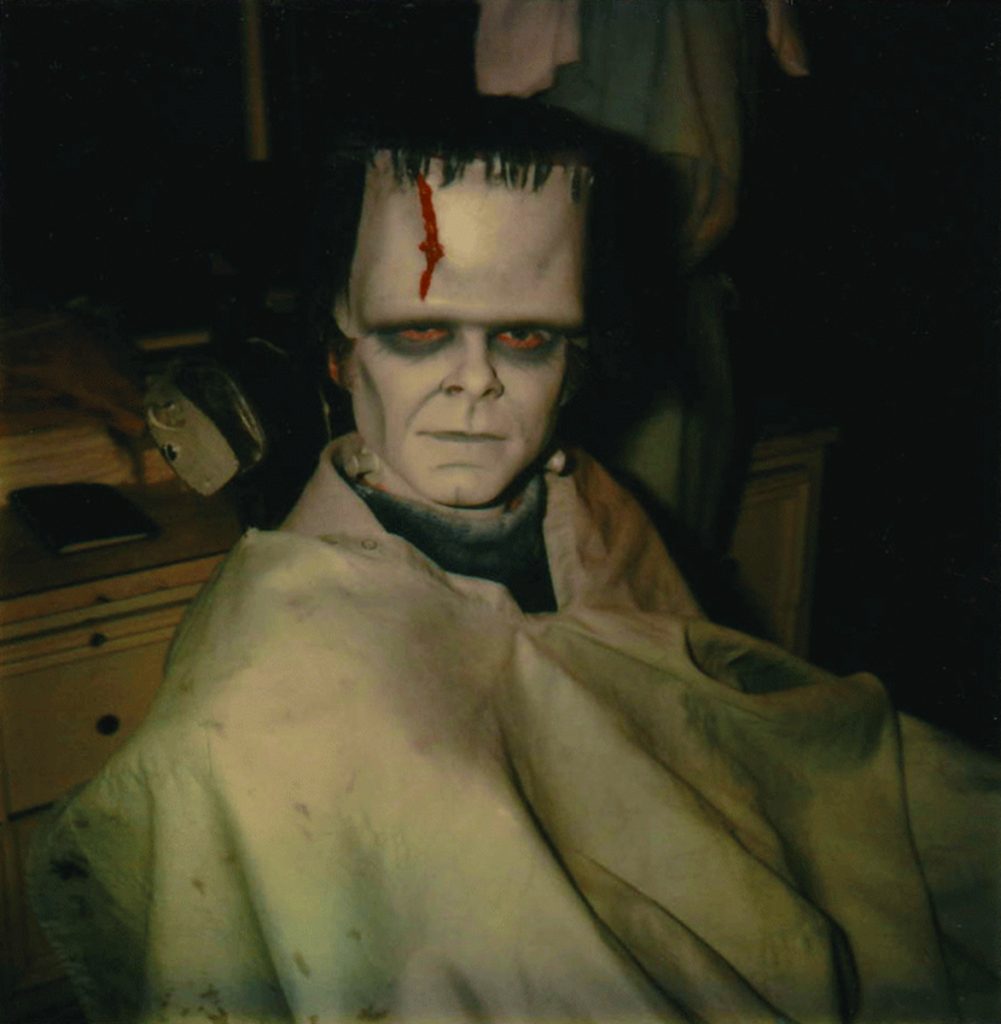
A long time back after completing roughly 12 days at sea on a Navy nuclear helicopter carrier while living at Hotel del Coronado—the historic beachfront hotel in the city of Coronado, just across San Diego Bay from the California city of San Diego—and better, just steps from the harbor. After location filming concluded I returned to LA. On December 14 of that year this image of me was taken while I was in makeup as Dr. Frankenstein’s monster. Other than dealing with death it was a good time for me. (photo © Louis Kraft 1979)
Slipping back in time I was for a short instant a monster, and so was the lady at my side. This slight detour should really be labeled “beauty and the beast,” for she was (and still is) gorgeous, and well, hell, the image of me in makeup is closer to my view of myself.
Yuck! Just nasty!
After years I’ve learned to live with what I look like, but also over this time I have covered my face with all sorts of mustaches, goatees, and beards—at least then I could envision myself as a pirate or a frontiersman. AND NO, I’m not looking for a comment here. I know, “Kraft, that’s a bad attitude.” What can I say, other than it has been present for decades.
In June 2019 during a trip to Tucson, Arizona, to meet with Stuart Rosebrook, editor of True West, to discuss me writing for the magazine, reality crashed into my world and totally upset the apple cart. No longer would I have to avoid mirrors as I didn’t like my mug, for something, and it is still unknown (although my key physician has worked his way down to a few obscure diseases that aren’t contagious), attacked my face. The dreaded mug that I have cursed until I’ve become blue in the face suddenly shocked me into a new reality. “You think that you’re ugly, cowboy? Well, hold onto your saddle, for you ain’t seen nothin’ yet.”
As I had announced elsewhere on social media I was considering talking about my health but only if I could play around with Robert Louis Stevenson’s The Strange Case of Dr. Jekyll and Mr. Hyde and somehow deal with my ongoing situation in a humorous way. … I had recently reread Stevenson’s 1886 classic work for the first time in decades and enjoyed it even more this time. Alas, what follows won’t be hilarious.
BTW, for those of you who know Flynn’s 1953 swashbuckler, The Master of Ballantrae, Stevenson wrote the novel that it is loosely—very loosely—based upon. The Richard Thomas (Henry Durie), Michael York (James Durie; the Flynn role) and Timothy Dalton (Col. Francis Burke) TV film (1984) is much darker and much closer to the storyline. … I had worked with Richard on the 1980 TV film, Johnny Belinda (1982) with Dennis Quaid and Rosanna Arquette, which updated the classic Jane Wyman and Lew Ayres 1948 film while making the leading player—Thomas—a member of VISTA (Volunteers in Service to America). I had been a member of VISTA in 1970. When I told him in detail of how clueless the script was on how the volunteers worked with poor people in the continental USA, he said that he couldn’t get it changed. Still, it stated a friendship that lasted until we drifted apart several years later.
Mr. Hyde is Dr. Jekyll
At the beginning of Stevenson’s story, Mr. Utterson (a lawyer), who is good friend of Dr. Jekyll’s, and who leads us through a good part of the telling of events, had this to say about Mr, Hyde: “He’s is not easy to describe. There is something wrong with his appearance; something displeasing, something down-right detestable. I never saw a man I so disliked, and yet I scarce know why. He must be deformed somewhere; he gives a strong feeling of deformity, although I couldn’t specify the point.
And later Dr. Lanyon, upon receiving a letter from Dr. Jekyll, thinks his friend is insane, and yet follows his instructions and meets Mr. Hyde. He also described the gentleman: “This person (who had thus, from the first moment of his entrance, struck in me what I can only describe as a disgustful curiosity), was dressed in a fashion that would have made an ordinary person laughable; his clothes, that is to say, although they were of rich and sober fabric, were enormously too large for him in every measurement—the trousers hanging on his legs and rolled up to to keep them from the ground, the waist of the coat below his haunches and the collar sprawling wide upon his shoulders. Strange to relate, this ludicrous accoutrement was far from moving me to laughter. Rather, as there was something abnormal and misbegotten in the very essence of the creature that now faced me …”
Stevenson wanted to explore the two sides of man, good and evil. I could be talking about the evil in Kraft, but I’m not. I’m more interested in what Dr. Jekyll had stumbled upon with his experimentation.
Of course if you do some digging you might find that once I received a 10×13″ envelope with a 8×10″ envelope inside it. On the outside of the smaller envelope SHAME was printed in bold with a red marker. The envelope was filled with long dark hair. My heart missed a number of beats.
That delivery still makes my shiver.
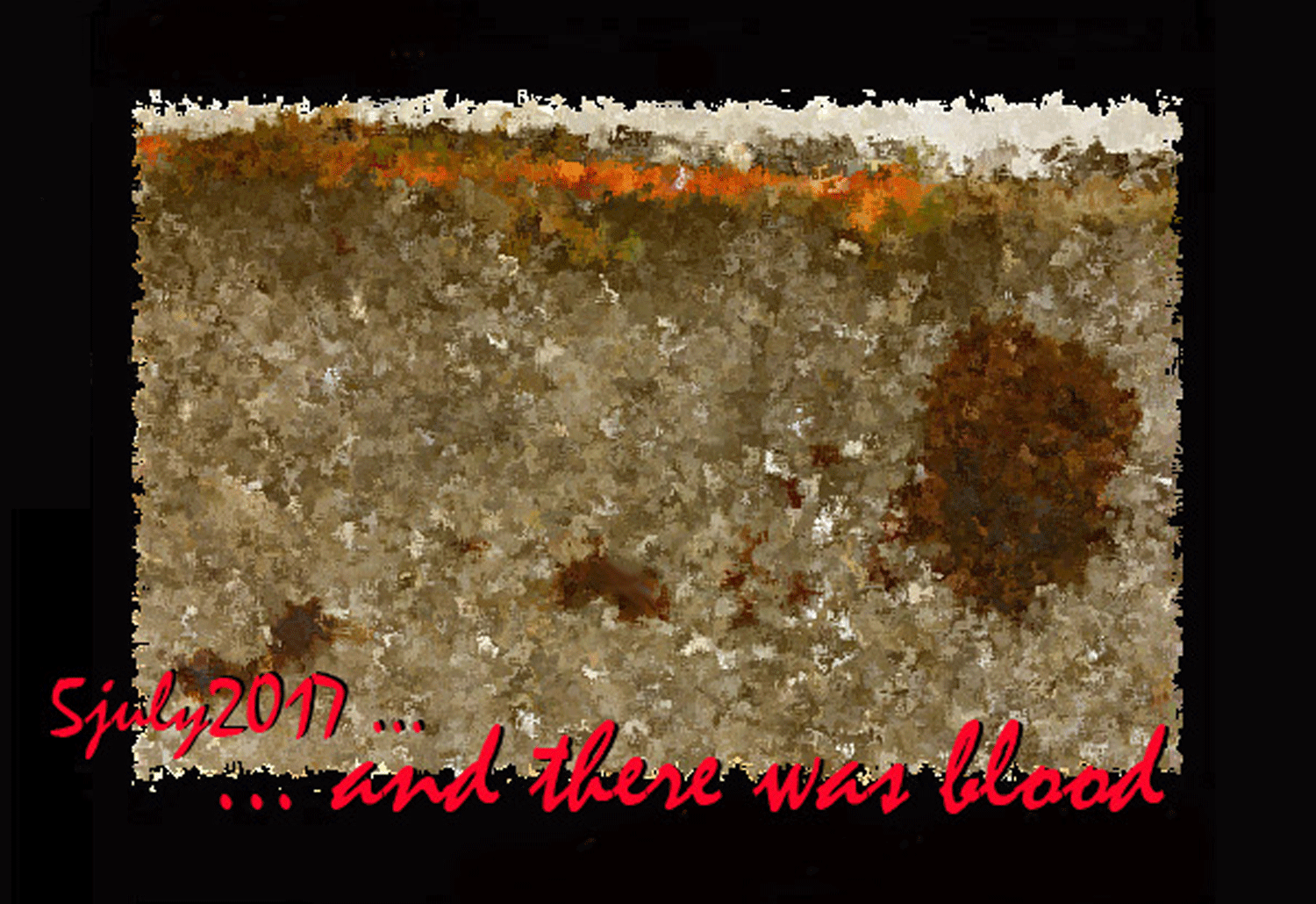 People have asked about my heart and cracking my skull open more than once. The second time I photographed the scene of the crime after returning from the emergency room. Thirteen hours had passed since the incident and the blood had dried. I turned the result of falling on my noggin’ into art and posted it on social media (see above, © Louis Kraft 2017).
People have asked about my heart and cracking my skull open more than once. The second time I photographed the scene of the crime after returning from the emergency room. Thirteen hours had passed since the incident and the blood had dried. I turned the result of falling on my noggin’ into art and posted it on social media (see above, © Louis Kraft 2017).
To learn more about cracking my skull, which led to an EEG of my brain, and ultimately me continuing to walk Mother Earth, see: Sand Creek Massacre, Errol & Olivia, Louis Kraft, and a perfect storm.
Most of my past, the really bad past is hilarious when I look back. In a time not too far gone I had been in a long relationship with a possessive lady; not the person above who scared the XXXX out of me. We had gone out to dinner; one we should have passed on. Later that night she was in her panties and washing her face in the sink in preparation to showering. I had just finished my shower and stepped to the sink to turn the water off as it was about to overflow. “That’s it!” she screamed. “I’m out of here!” … Nope, I don’t think I’ll share this here. Looking back I often ask myself do I dare present these events in a memoir? That’s a big question and I still don’t have an answer. This said, Mr. Flynn did his memoir the proper way (with a little help from a friend), and most likely will have the deciding vote. … I just need to make damn sure that I’m dancing with angels before it is published. If not, I’m certain that my rear end will be sued from here to kingdom come.
 I’m going to focus on the transformation from doctor to mister and back. Again, I’m interested in the transformation and not the evil that Dr. Jekyll created.
I’m going to focus on the transformation from doctor to mister and back. Again, I’m interested in the transformation and not the evil that Dr. Jekyll created.
I’m not a physician but my father-in-law, who became our family doctor shortly after we migrated to California in 1953, certainly was. Over my early adult years, many acting publicity photos were shot in his medical suite. The B&W image of me is one of them. I’m sitting in my father-in-law’s chair in his office (September 1979). This photo actually had a silent bit on the short lived TV show Tucker’s Witch (12 episodes, 1982-83) with Tim Matherson, Catherine Hicks, and Alfre Woodard. It was turned into a political campaign poster and gave me a nice payday for simply handing 2nd assistant director Pam Grant an 8×10. She was a dark-haired beauty and a sweetheart; I luckily worked with her on numerous projects.
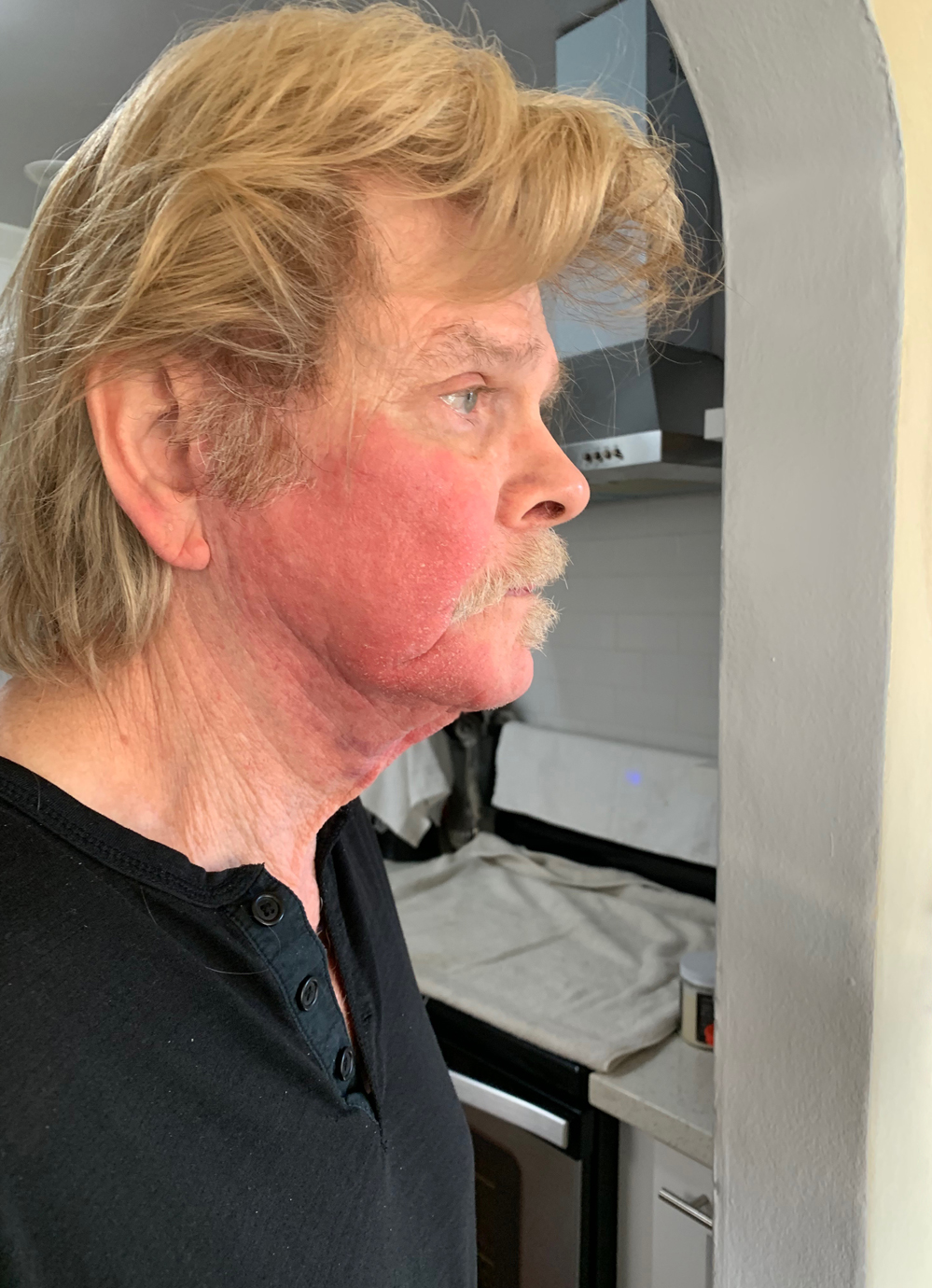
This photo was taken on 4oct2019, the night after the assault returned with a vengeance. it would be nothing when compared to what was to come. (photo Louis Kraft 2019)
An ongoing problem without end
As the cyclic attacks occurred twice a month after the shot and pills ran their course, my problem shot through the months. Although the pill prescriptions changed slightly whatever invaded my facial skin and turned my back into a bumpy mess of itchiness, it did not affect any other part of my body. When I looked like Mr. Hyde I avoided all contact with the public except my physicians.
I saw my go-to physician who has been doing everything possible from obtaining various blood tests, biopsies (I wanted a “Z” cut on my face so that I could say that I crossed swords with Zorro; my doctor simply smiled and shook his head no), and referred me to other doctors for second opinions and/or to do additional testing.
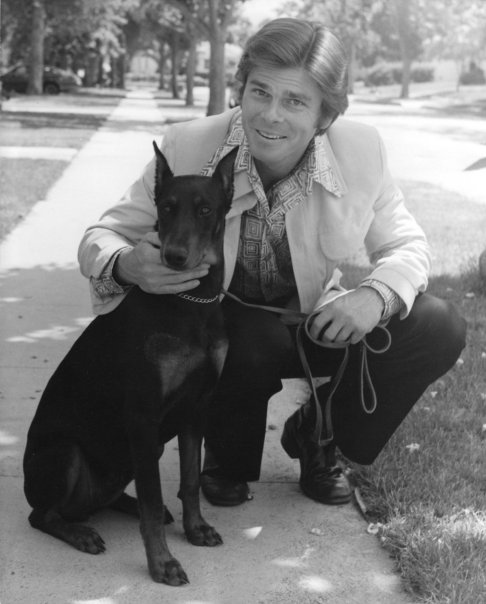
LK with Dejah Thoris, my doberman pincher, in 1978. She was fully grown in this image, and was the kindest animal I’ve ever known. My sweetheart died in 1992, and I’ve never owned another animal since. (photo Louis kraft 1978)
Over three weeks last fall an allergist stuck 260 needles in my arms twice to see what might be attacking me. … Milk products (duh; this has been ongoing for decades). … Dogs and cats (I haven’t had a dog since 1992, … my beloved Dejah Thoris, whom I named after the princess of Mars in Edgar Rice Burroughs’s series of books on John Carter of Mars). After the second session he told me, “I don’t know what is attacking you, and I can’t help you. Good luck.” … AND goodbye.
The problem raced into December. I kept my doctors smiling, as I had as many appointments as five or six per week. Ditto my pharmacy, where I think that I became their No. 1 client. That was my social life. … No big deal, for I had to complete all my work on Sand Creek and the Tragic End of a Lifeway no later that December 31, 2019, for it to see a spring publication.
I viewed this as do or die. It was that important to me.
At the end of December 2019 another physician took the lead. He discovered that I was bleeding internally, had a terribly low red blood count, and was anemic. To combat this he eliminated the shot and the drugs that controlled my mysterious skin disorder, which he wasn’t interested in, and replaced them with an expanding range of prescriptions—some of which affected my system but not totally in a positive way.
On subsequent visits with him he refused to look at my detailed printouts of my current health situation and would not listen to what I knew was now happening to me. This would cost me big time.
Dr. Kraft becomes Mr. Hyde & here we’re only talking about the transformation of the real me to the monster
The new drugs prescribed at the end of December 2019 were too potent and ongoing for way-too-long. Oh, they would slowly raise my red blood count. They also plugged me up; by the end of January 2020 I had a hernia. No matter what I said about the growing pain, the physician ignored it for I was now set for the first of two procedures that hopefully discover where the internal bleeding was located.
The drugs also did something else. … and somehow prevented the burning attacks upon my face from returning until the beginning of February. When they returned it was like nothing before, for the transformation was horrifying.
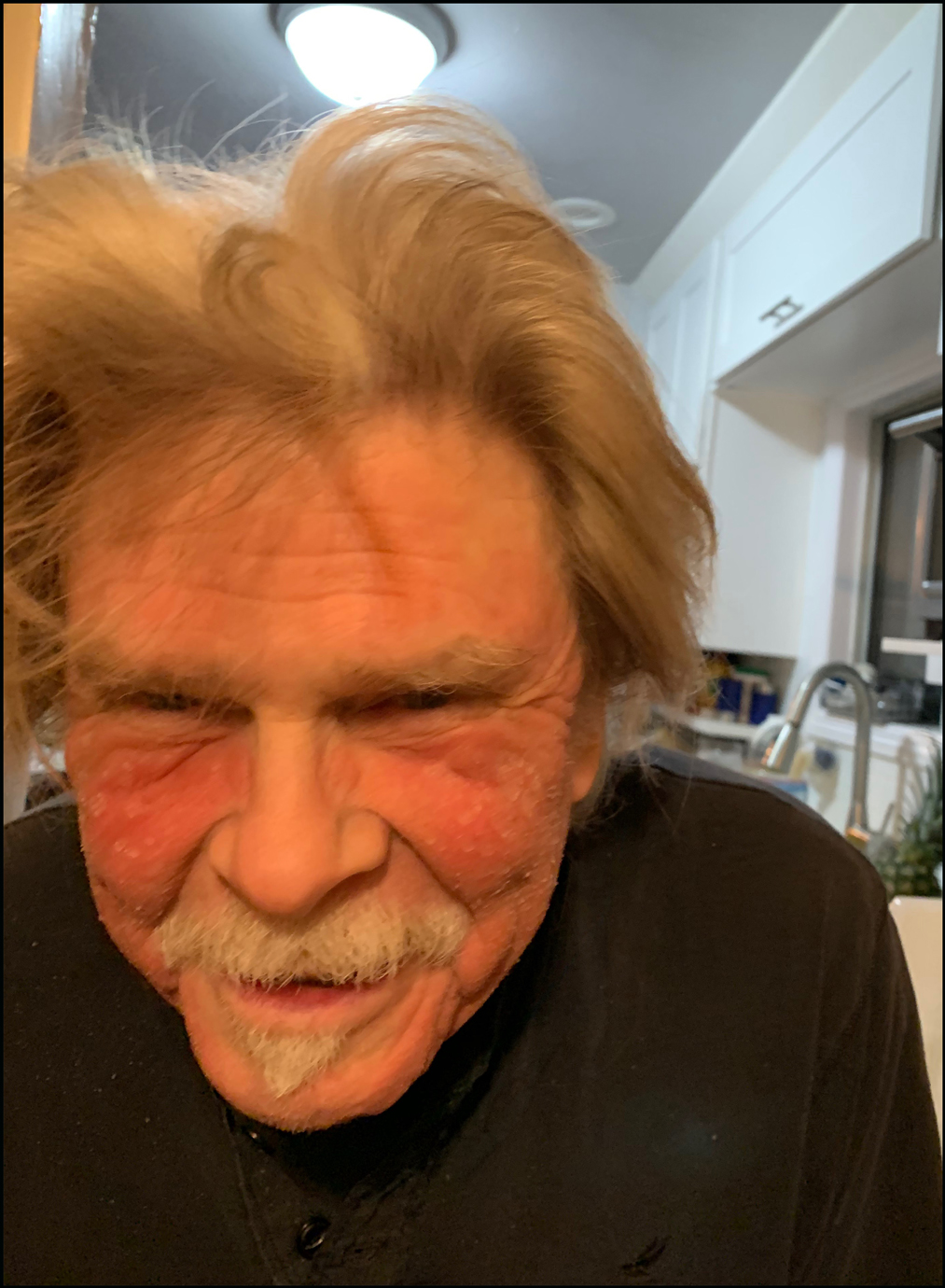
This is one of a series of photos that Pailin took on the evening of 3feb2020. It does not do justice to what I then looked like. Here you can see the bulging red puffs under my eyes, the frightening physical change to the structure of my face, and the arrival of wrinkles that are here to stay. I had become Stevenson’s Mr. Hyde. (photo © Pailin Subanna-Kraft & Louis Kraft 2020)
The disease had returned with a vengeance, turning my face into a burning infernal. Like the flames that have destroyed a good part of California the past three years, my skin burned around the clock. When the skin began to peel, the burning continued, creating new layers of peeling skin below the top layers (trust me, this would be difficult to recreate with makeup).
When Pailin returned home at 9:30 on February 3 I was waiting for her with my cell phone in hand. She cringed when she saw my skin for it was much worse than when she had left for work. I got in her face and asked her to snap a few photos. My next appointment with the physician now in charge was set for the seventh and I wanted proof of what was happening.
I can’t begin to tell you what this does to one’s hope for the future, and especially so since it had been ongoing since June 2019. But now, … NOW I had proof to show the physician currently in charge of my health, even if what had happened disappeared before my appointment.
I need not have worried, for my new look was going nowhere. Kraft had become Hyde and needed another medical concoction to reverse what I now had become. My subsequent medical appointment on the seventh was ludicrous. The first procedure, which this doctor had not ordered, proved negative and did not identify the location of my internal bleeding. Still his only interest was the second procedure (which he also did not order). … Not that I was stuffed up, had a blossoming inguinal hernia that now burned, and had my skin problem staring him the face. … “You don’t look so hot,” he finally managed to say. “I don’t feel so hot,” I sarcastically mimicked. He wouldn’t even refer a surgeon for the hernia. The appointment had ended, for there was nothing more to say.
I ran to the office of my doctor that I trusted and walked in unannounced. He saw me immediately, gave me a shot and an old prescription. But this was just a stop gap; I would see him on the thirteenth to discus my future.
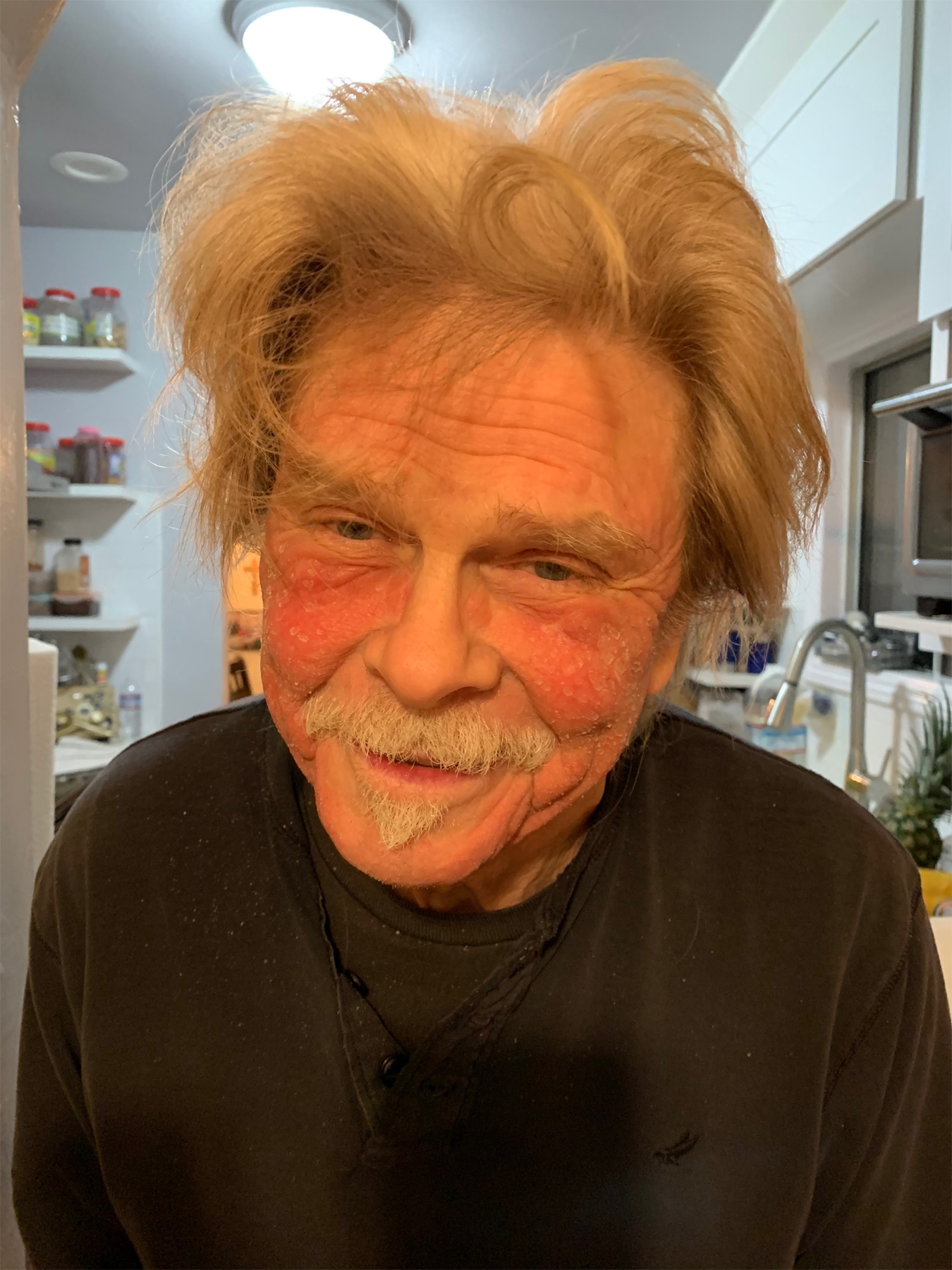
Another of the photos that Pailin had taken on 3feb2020, but this one is better for it shows that I’m a benevolent monster. This said, I wasn’t much in the mood for socializing (the U.S. government had downplayed the coronavirus to the point that I didn’t know anyone who felt at risk at that time). (photo © Pailin Subanna-Kraft & Louis Kraft 2020)
Throughout all this I remained Mr. Hyde
I obtained a reference for the hernia surgery, didn’t bother to tell my physician, and met the surgeon. The surgery was set for March 13. Would I make it to that date?
The second procedure was scheduled for February 27, but the hernia pain now grew by the hour. I couldn’t sit for more than five minutes, and standing was almost as bad. I frantically searched for answers without success.
Then, quite by accident, I discovered that if I lay on my back with my legs stretched in front of me the pain went away.
By this time the burning pain reached the point wherein I could no longer sit on a chair. I had to work on my iMac standing—and then no longer than five minutes (but even then I was at risk of not getting back to bed, my only sanctuary).
LK’s special doctor and a bed
On the thirteenth I met with the physician who had stuck with me throughout my skin ordeal, and who I have nothing but praise for as he has listened to me as he fought to figure out what is going on. We had already discussed perhaps me moving to the UCLA Medical Center to continue the testing. On this day he talked about obscure diseases that were hit or miss at best. I had another shot but there would be no pills. He moved me to a non-steroidal cream. As he said, “It was a shot in the dark.” I couldn’t lose.
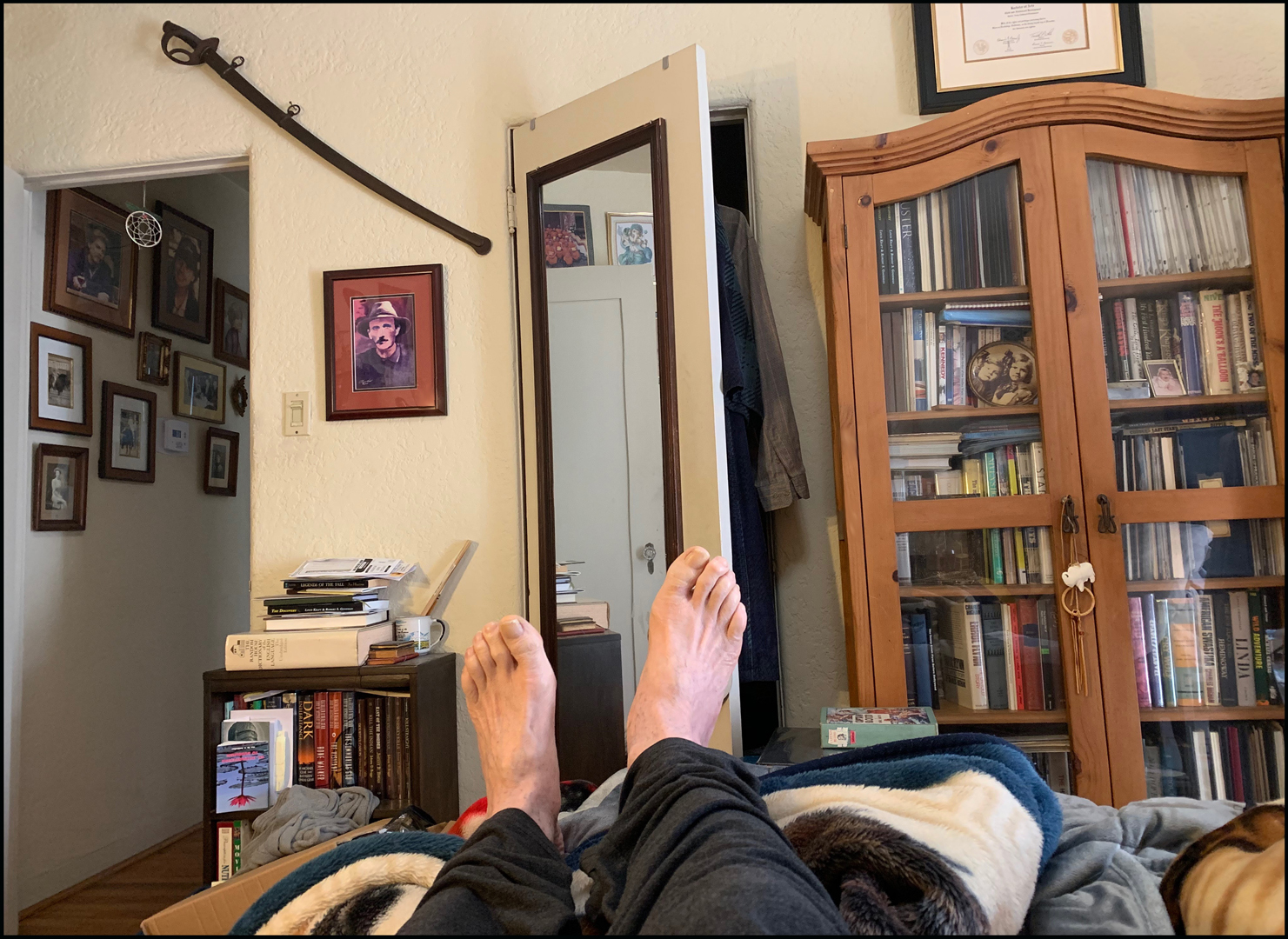
I took this image of my new office on 29feb2020. The room also serves as a work space for my delivery to the Chávez History Library later this year, as does the living room and my real office. A huge project that the hernia has put on hold. Oh, that’s a cavalry saber on the wall; you don’t duel with cavalry sabers because it is impossible to do so. (photo © Louis Kraft 2020)
The bed became so important that as soon as there was a hint of trouble I used a cane to wobble to it, for no matter painful the hernia became once I was flat on my back the pain would slowly subside. … But until that time (15 minutes? 20 minutes?), I couldn’t touch the area or push the hernia back into my body.
About two weeks before the hernia surgery I stupidly sat at the iMac as the work was so detailed I couldn’t do it standing. Like an idiot I ignored the pain as I frantically tried to finish the task. … As soon as I stood the pain blew out of control and I struggled to inch my way to the bed. I made it to the room and moved past a wooden cabinet (to the left of the above photo). That was it. I could no longer place my right foot on the floor and the cane couldn’t support my awkward balance with all my weight on it. I couldn’t reach back and grab the cabinet and I still had two large steps to get to the bed. It was daytime. I was alone, although the cell phone was in my pocket. I couldn’t move back or forward, and this left me one choice—dive for the bed. I’ve always been a good athlete, but not worth much at the moment. There was one catch; I had to land on my back. “No guts, no glory.” I dove for the bed, flipping as soon as I was in the air. I landed on my back on the bed, but not all of me. My knees were at the edge of the bed and my calves hung to the floor. The pain increased tenfold. Using my hands I slowly pulled myself onto the bed. Over a half hour passed before the pain subsided.
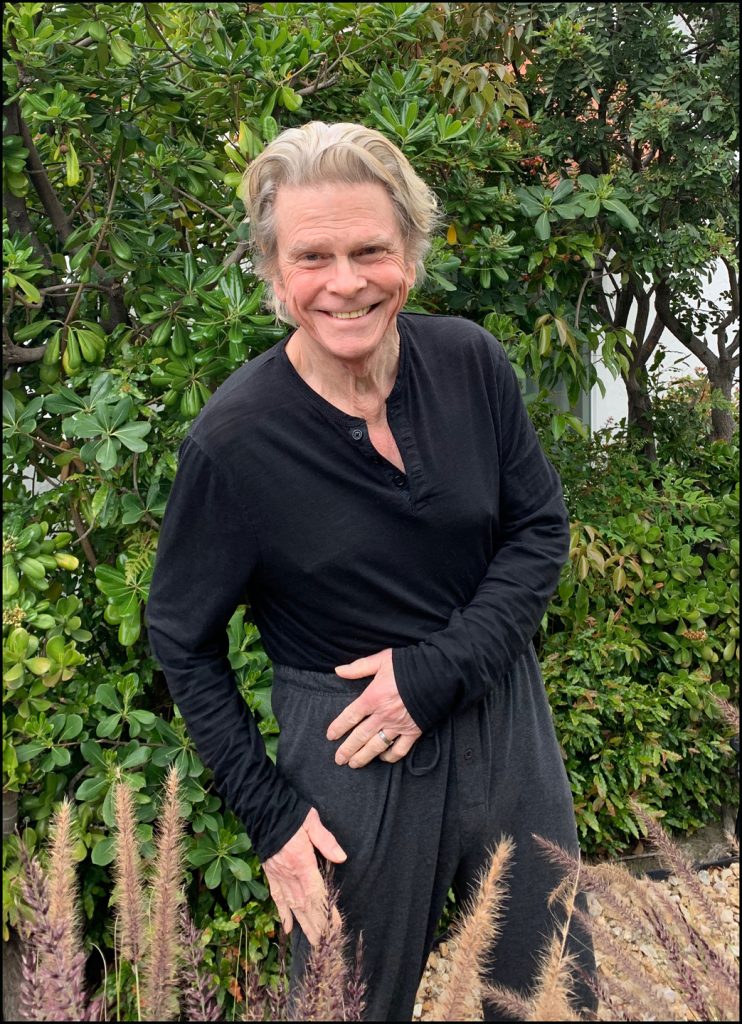
I needed an “after” photo for this blog to show that I no longer look like the “Kraft-Hyde” that I hope never to see again. Today (5apr2020) we enjoyed ourselves in the front yard of Tujunga House while she shot a few images. (photo © Louis Kraft and Pailin Subanna-Kraft 2020)
I shared my heroic performance with my bro, Glen Williams, and he asked if Pailin had been home to film it. I told him that she hadn’t been home, and he said, “Too bad, for it could have gone viral on YouTube.” That was a first class idea. That night when she returned home I told what had happened and of Glen’s suggestion to film it for YouTube. “No,” she replied. “I think it’s a great idea and I want to reenact it tomorrow.” “No.” “I think that it would be a fun thing to do.” “NO!” … I’m not always the boss.
The second procedure found no internal bleeding. The pre-opt for the surgery showed that my red blood count was up to 13. Yes! The inguinal hernia surgery was successful, but was not robotic as anticipated. Scar tissue from a surgery in 2003 prevented this, and it became an old fashioned cut and slice performance. Unfortunately I wasn’t awake, for I would have requested a “Z” (I really don’t have a Zorro complex). Alas, I have pain, but then I won’t be fully recovered until mid-June (meaning no exercise, no yardwork, no heavy lifting, no bending … no bending? Give me a break!).
| Best of all: to date the cream has worked wonders on my face. I’m certain that my physician will be as pleased as I am when I see him on April 6. |
As the great New York Yankees catcher Yogi Berra used to say, “It ain’t over till it’s over.” My heart surgeon, a technician from Boston Scientific (the company that manufactured my pacemaker and the device that sits next to my desk and monitors my heart 24/7), were in the room where I awoke from the hernia surgery testing my pacemaker.*
* This is a story I’ll save for the future.
I’m in my prime
I would be remiss if I didn’t end this blog with Val Kilmer’s great quote from Tombstone (1993) when he played Doc Holliday, a thin, consumptive, alcoholic who played a large role in the 1881 shootout at the OK Corral and the vendetta waged by Wyatt Earp afterwards.
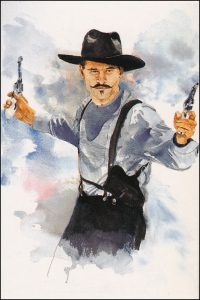
A card of Val Kilmer as Doc Holliday that artist-actor Buck Taylor, who played Jack Johnson in Tombstone, sent me years back. (art © Buck Taylor)
Shortly after Wyatt Earp (Kurt Russell) and Doc have arrived in Tombstone and Wyatt has set himself up as a faro dealer, Curly Bill Brocius (Powers Boothe) and Ike Clanton (Stephen Lang) confront him at a gaming table, pushing for a confrontation.
Johnny Ringo (Michael Biehn) steps up to Doc, who is drunk, shortly after Earp has said that he’s retired: “And you must be Doc Holliday.”
Doc Holliday (Val Kilmer): “That’s the rumor.”
Johnny Ringo: “You retired too?”
Doc Holliday: “Not me. I’m in my prime.”
And so am I.
Through all this Pailin has been my nurse, my private driver, and an angel.
What more could I want?

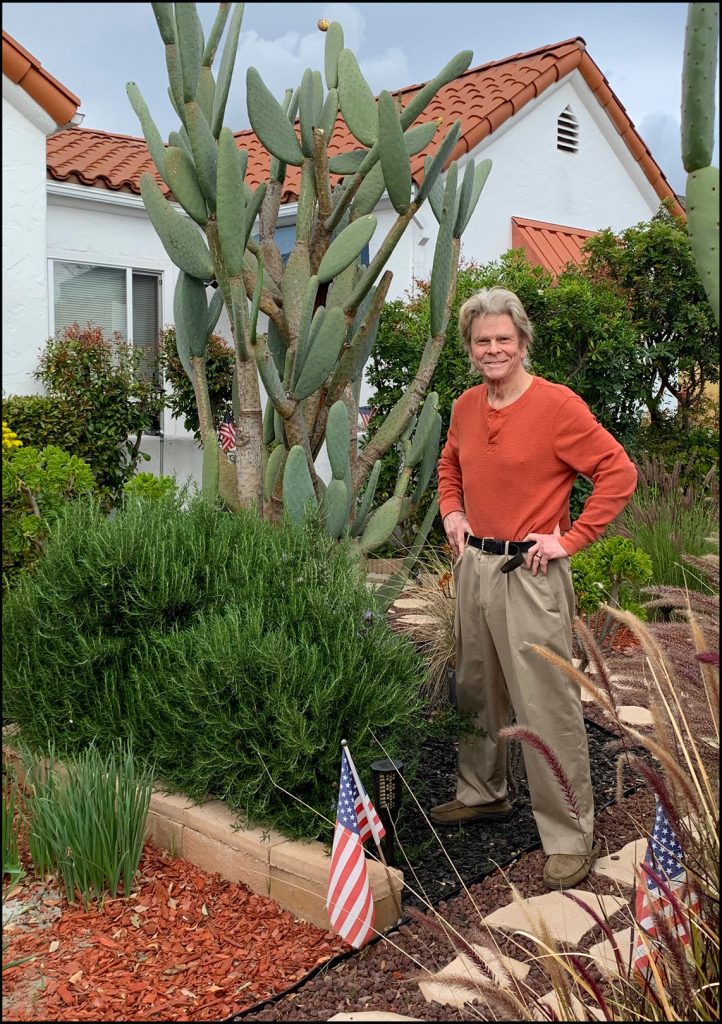
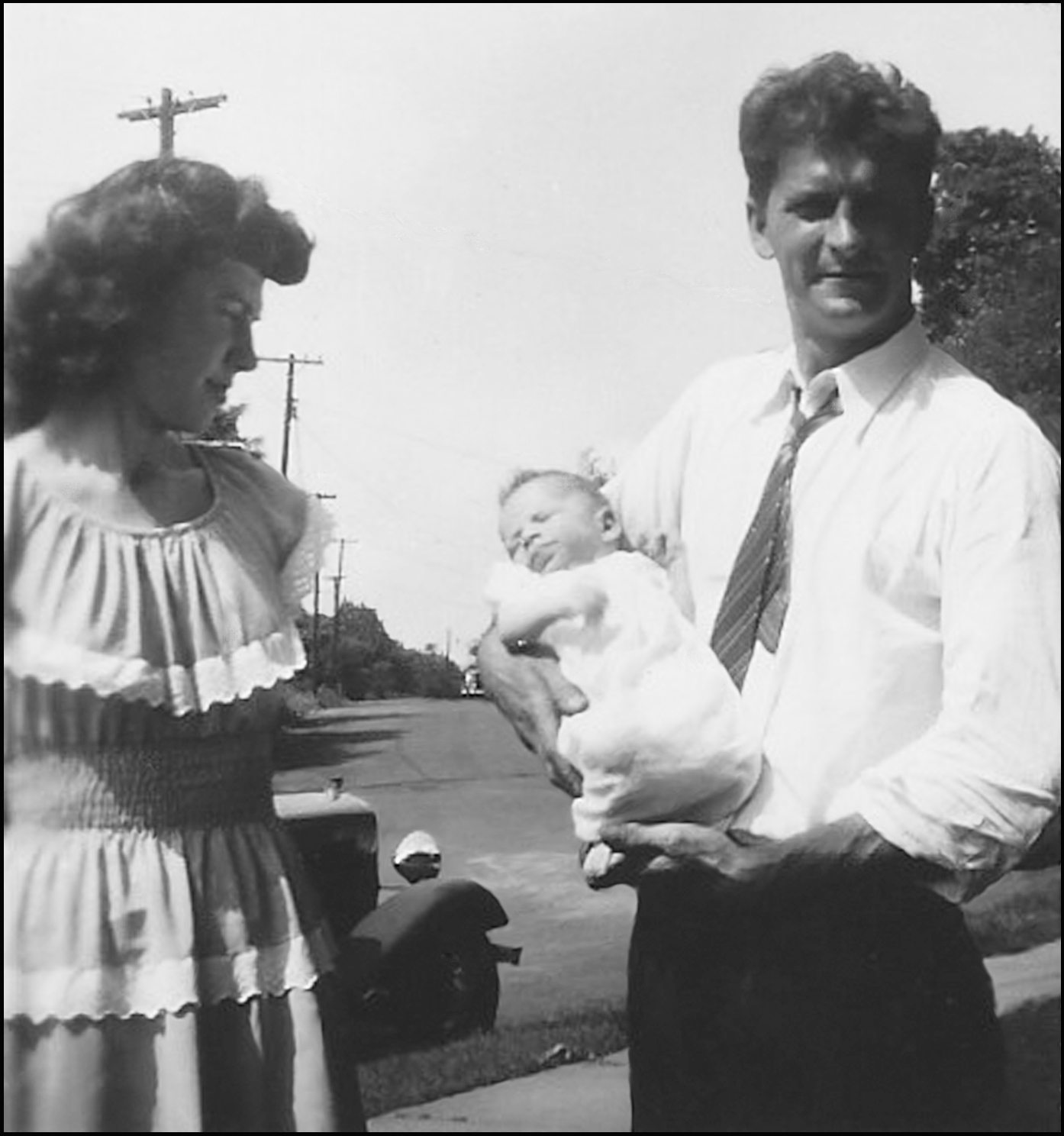
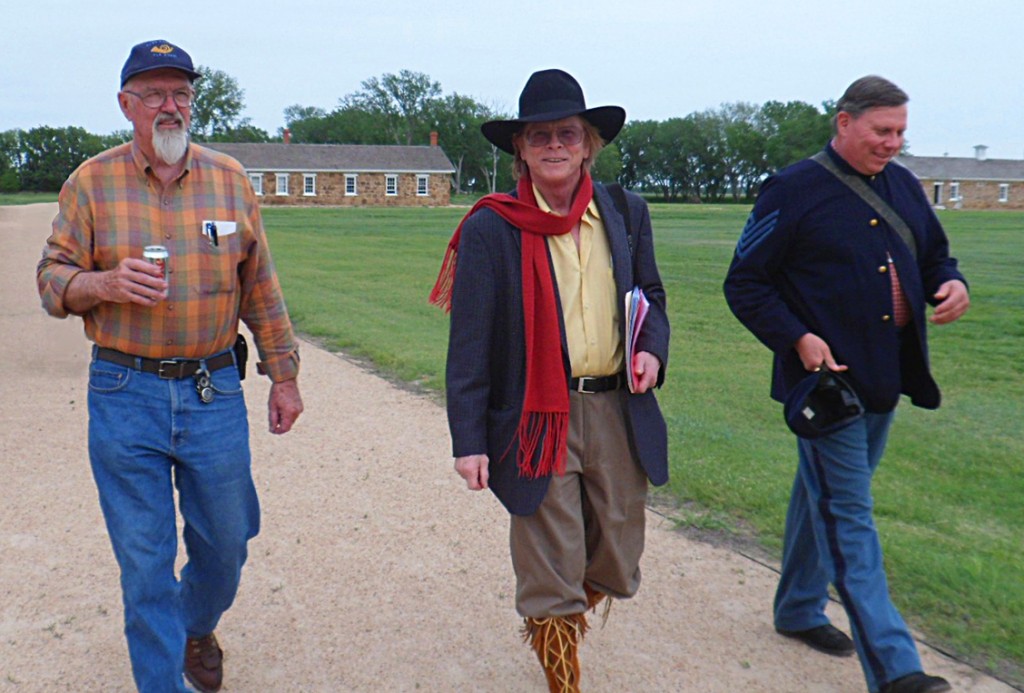

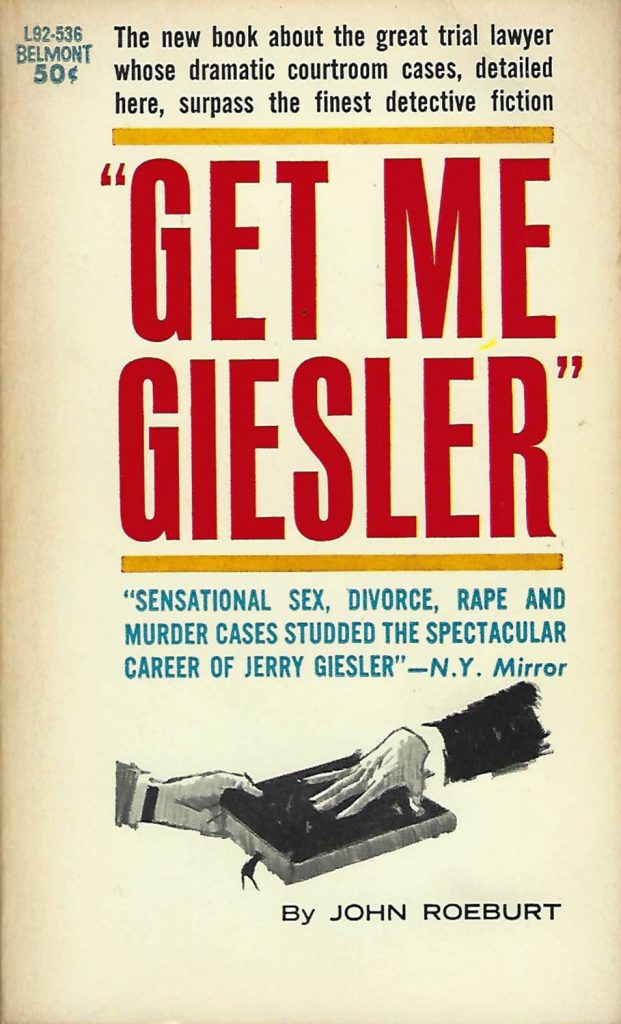



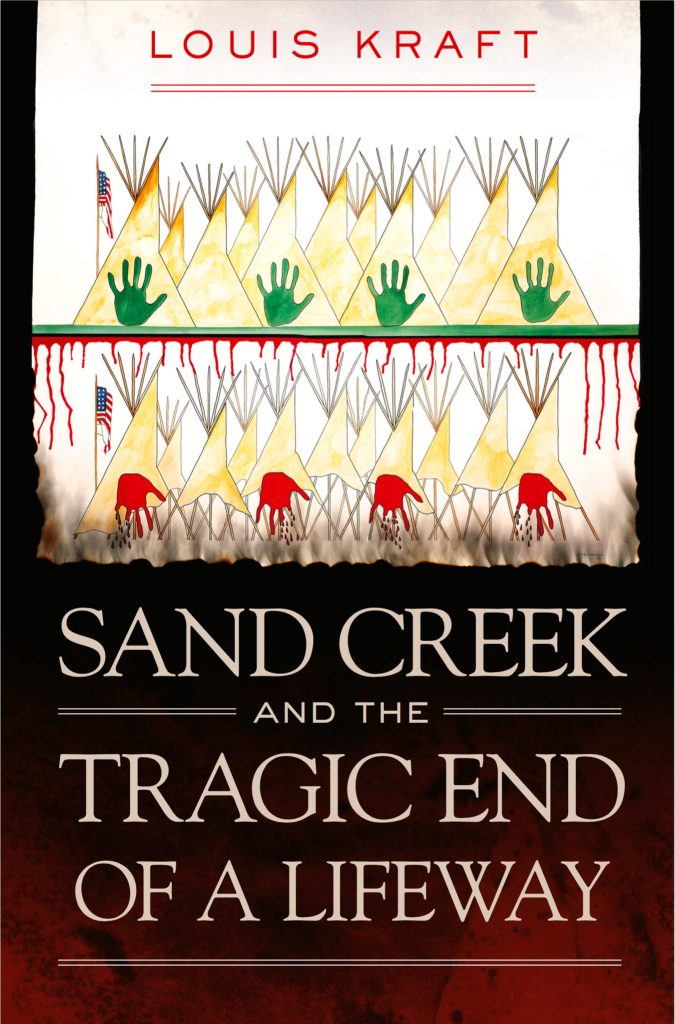
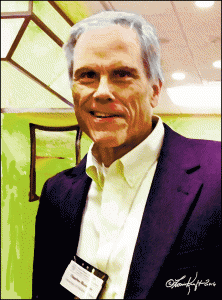
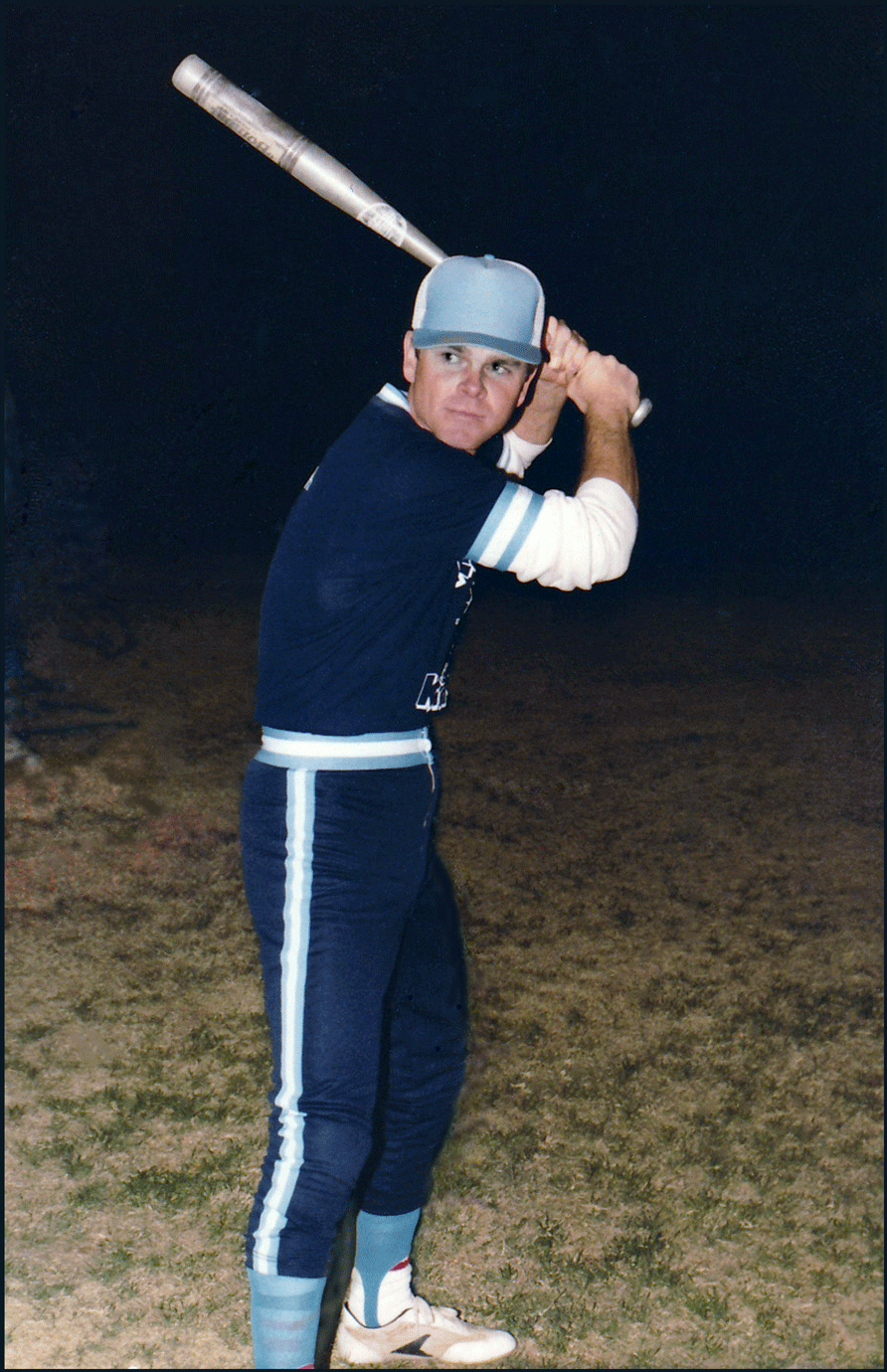
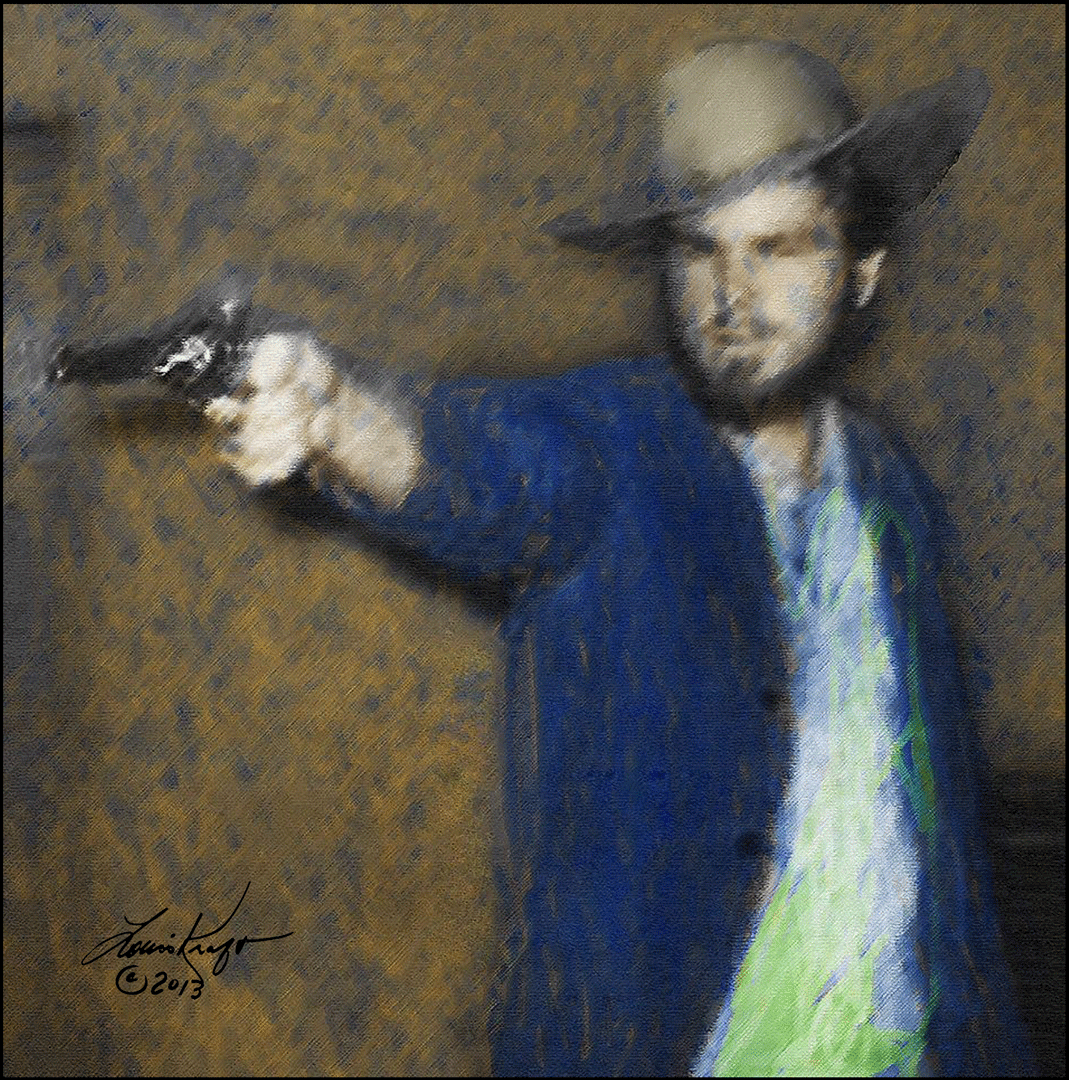
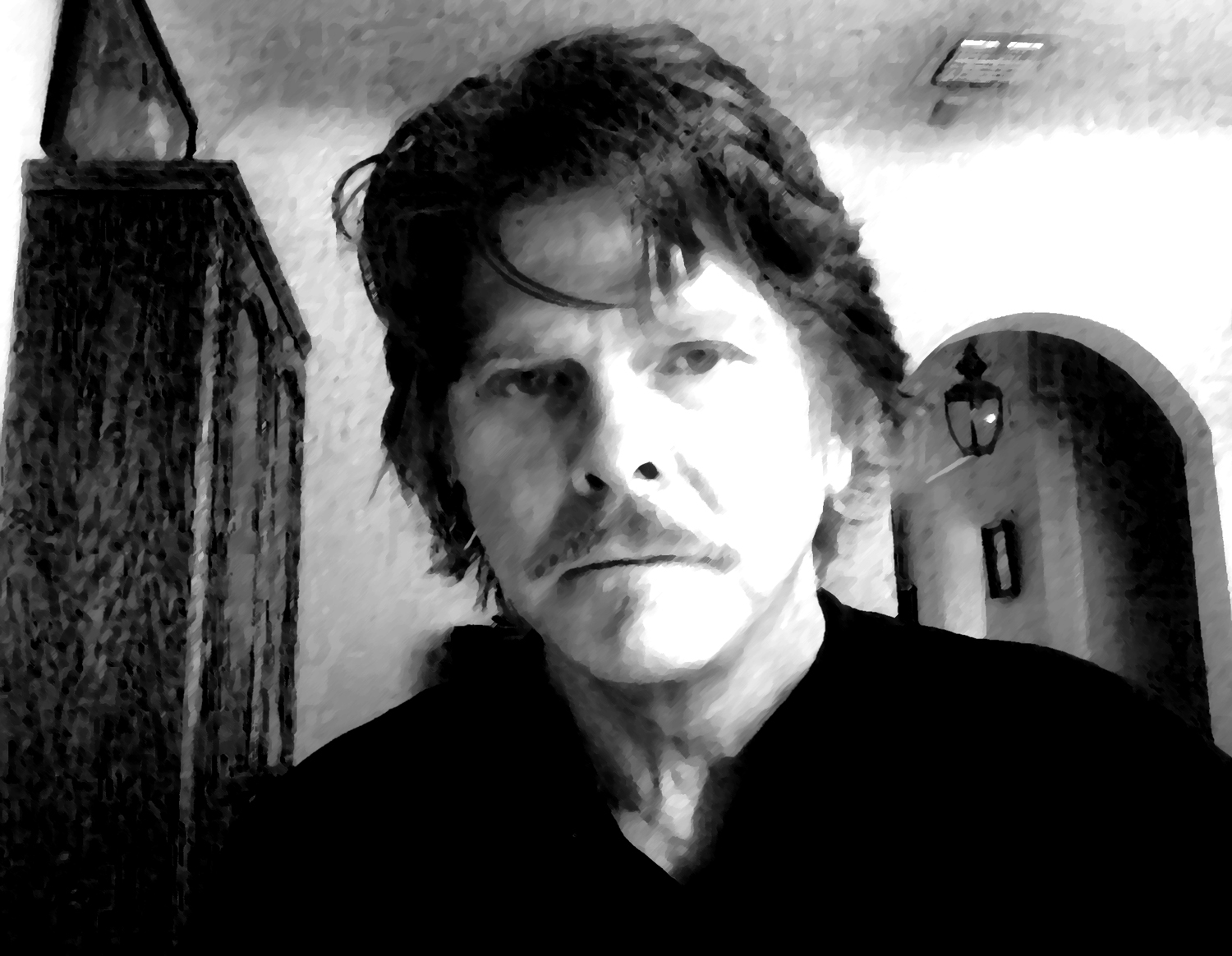
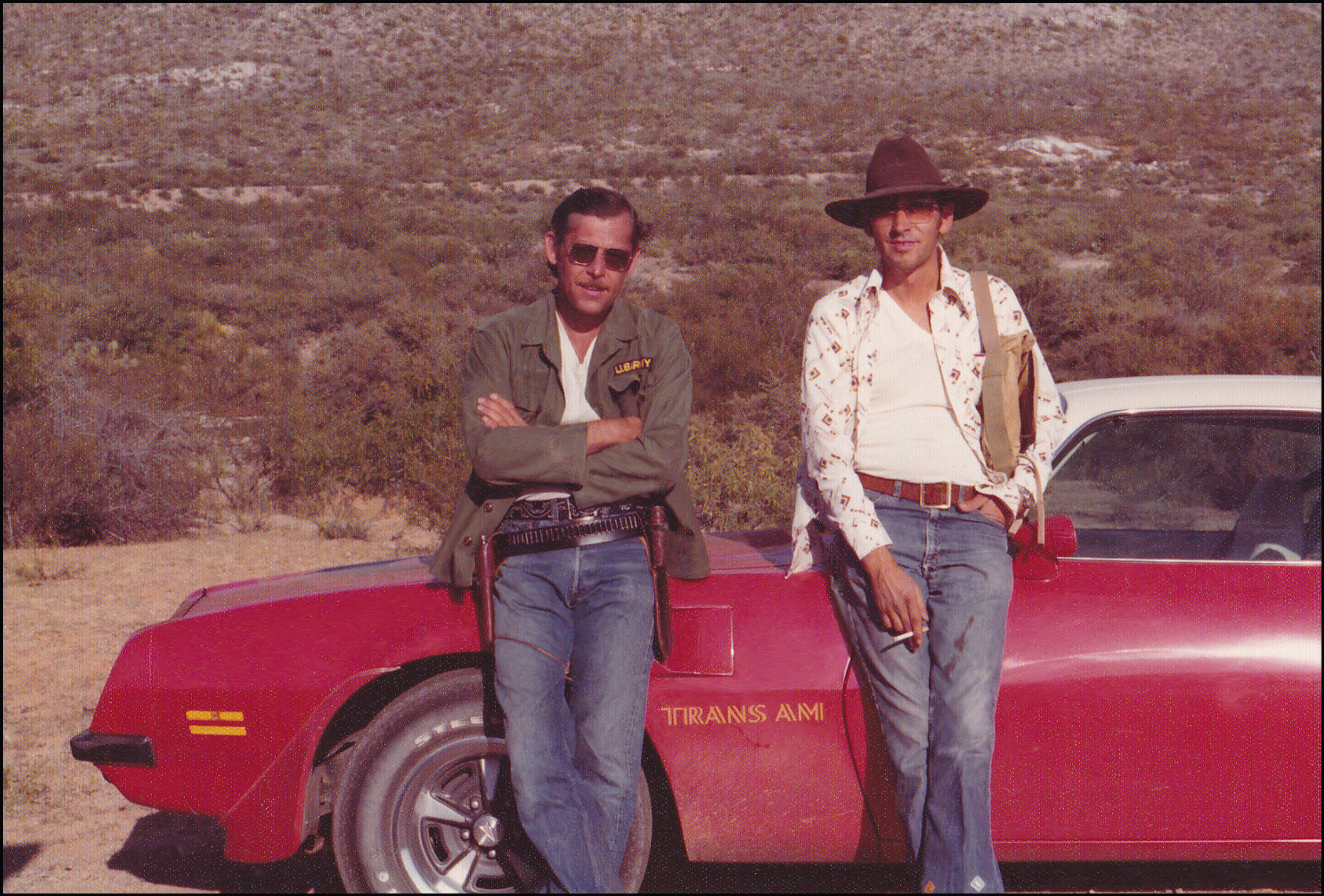

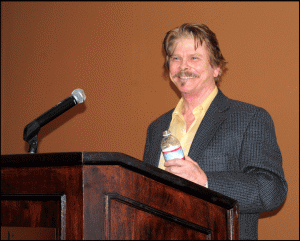
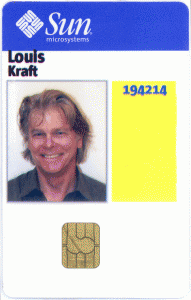
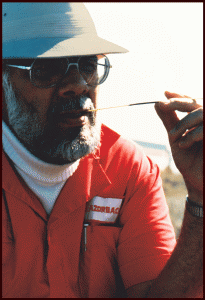
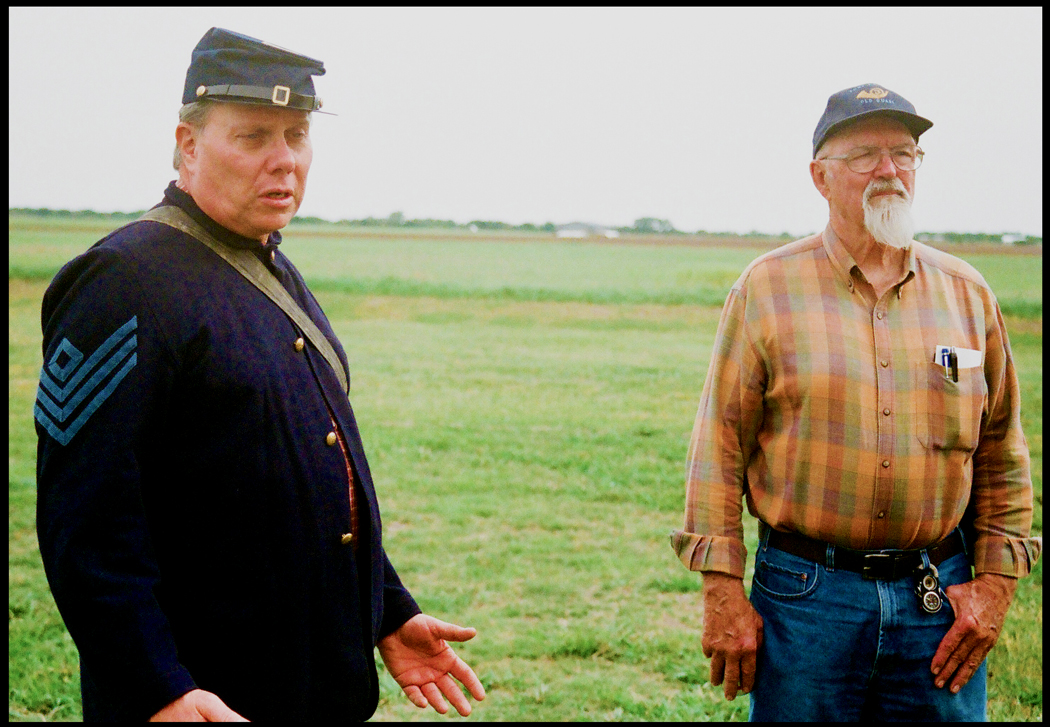
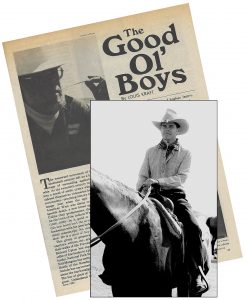
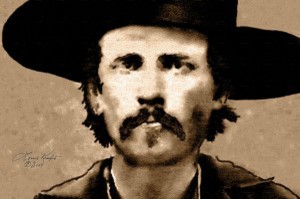


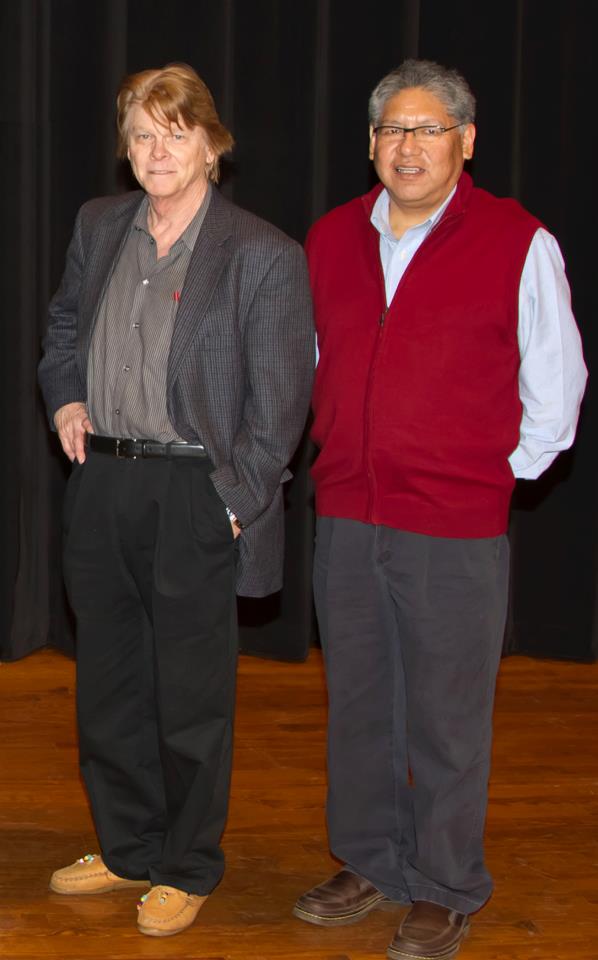
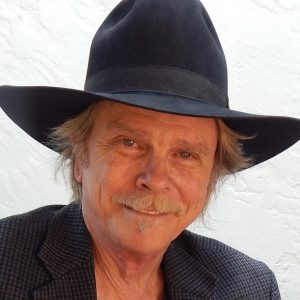

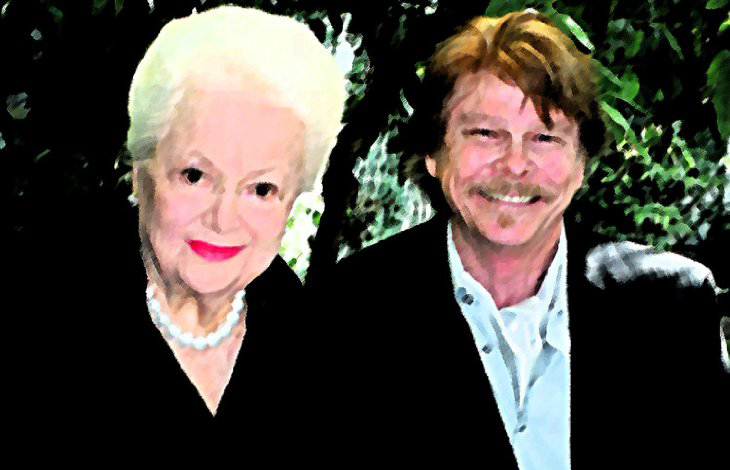

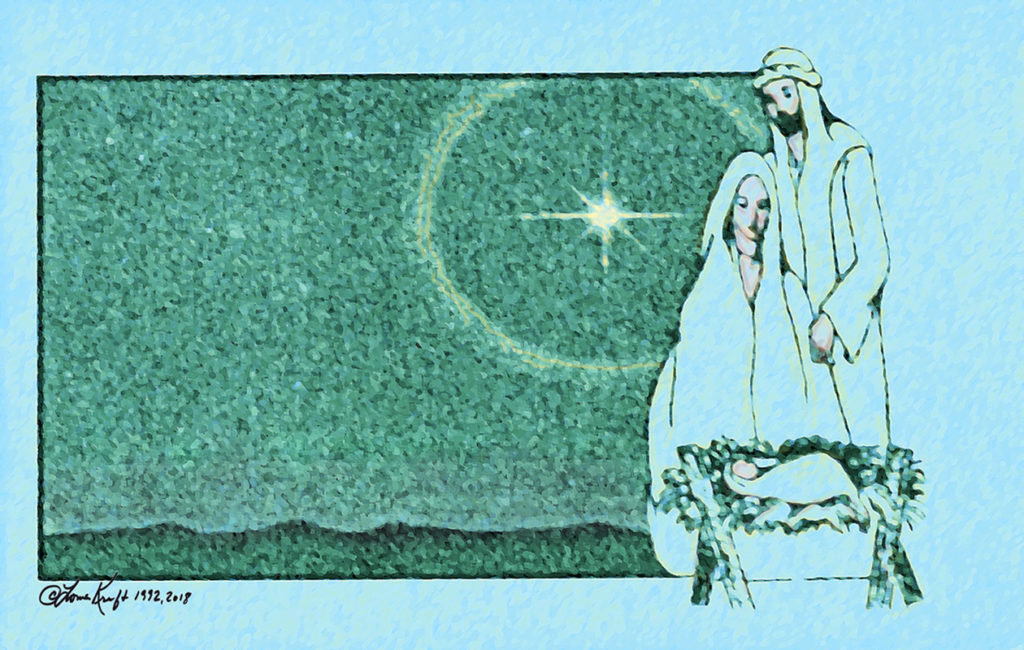
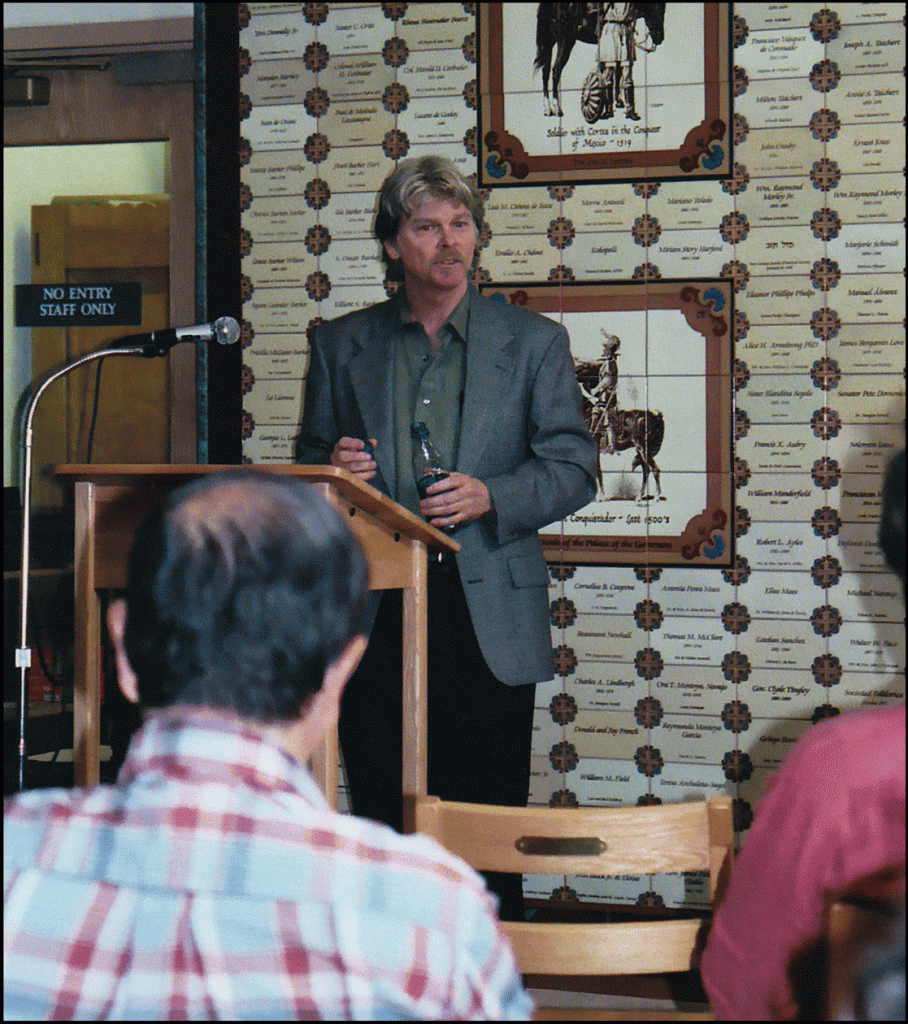
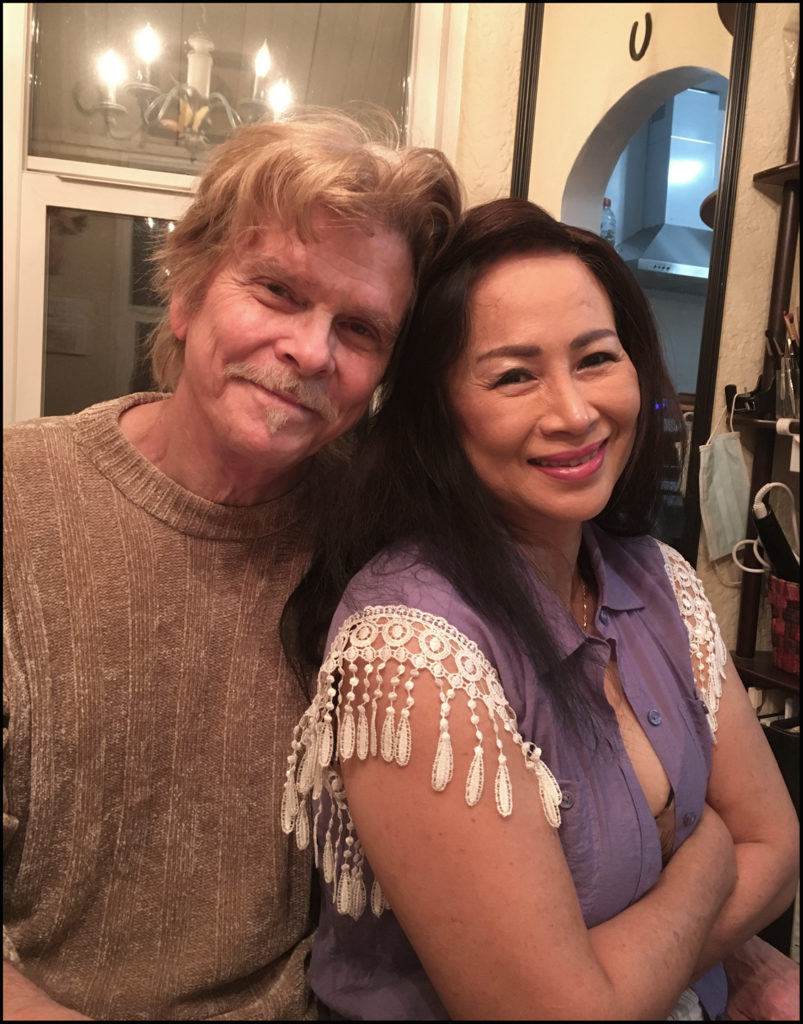
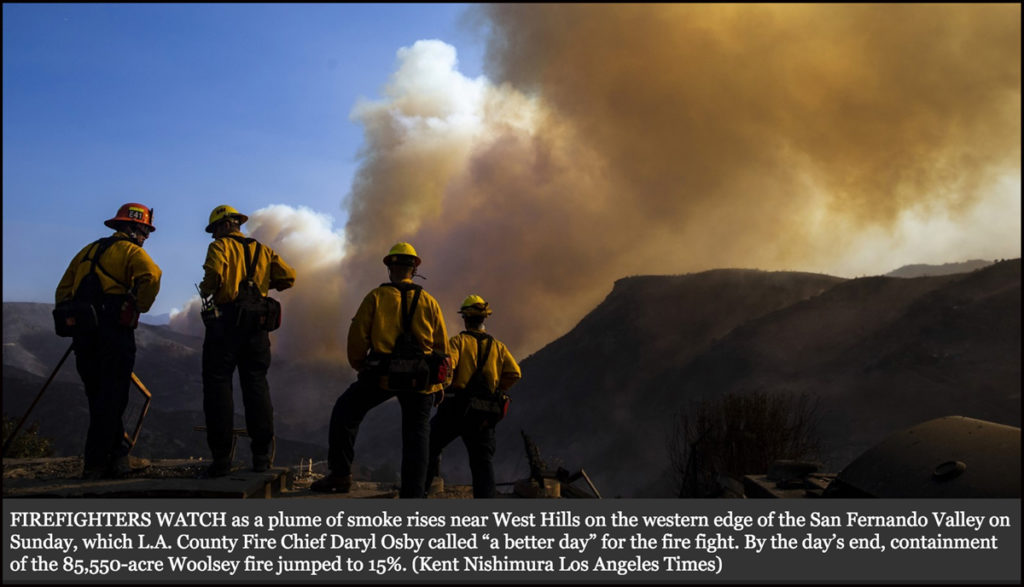
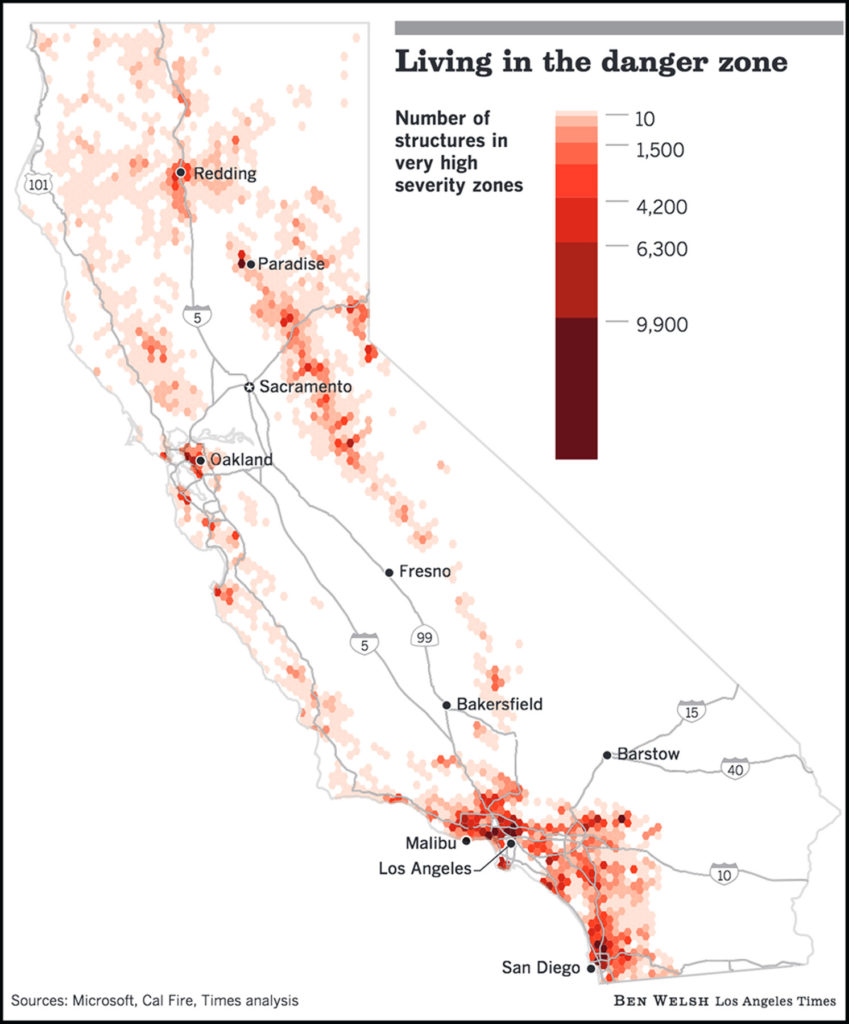 The nightmare is ongoing. A study just released pointed out that over 1.1 million buildings are at fire risk in California, according to the Los Angeles Times (“A million buildings facing fire risk stir cries for action,” 22dec2018; see the map at left and drag it onto your desktop to expand it), that is “roughly 1 in 10 buildings.” The largest number of these buildings are in Los Angeles County: 114,000, “including tens of thousands of Westside and San Fernando Valley houses in the Santa Monica, Santa Susana and San Gabriel mountains”. … The Times went on to state: “The findings follow a fire season of unprecedented destruction—more than 20,000 homes lost, more than 100 people killed—that showed what damage can be done if Californians fail to address a widespread risk.”
The nightmare is ongoing. A study just released pointed out that over 1.1 million buildings are at fire risk in California, according to the Los Angeles Times (“A million buildings facing fire risk stir cries for action,” 22dec2018; see the map at left and drag it onto your desktop to expand it), that is “roughly 1 in 10 buildings.” The largest number of these buildings are in Los Angeles County: 114,000, “including tens of thousands of Westside and San Fernando Valley houses in the Santa Monica, Santa Susana and San Gabriel mountains”. … The Times went on to state: “The findings follow a fire season of unprecedented destruction—more than 20,000 homes lost, more than 100 people killed—that showed what damage can be done if Californians fail to address a widespread risk.”